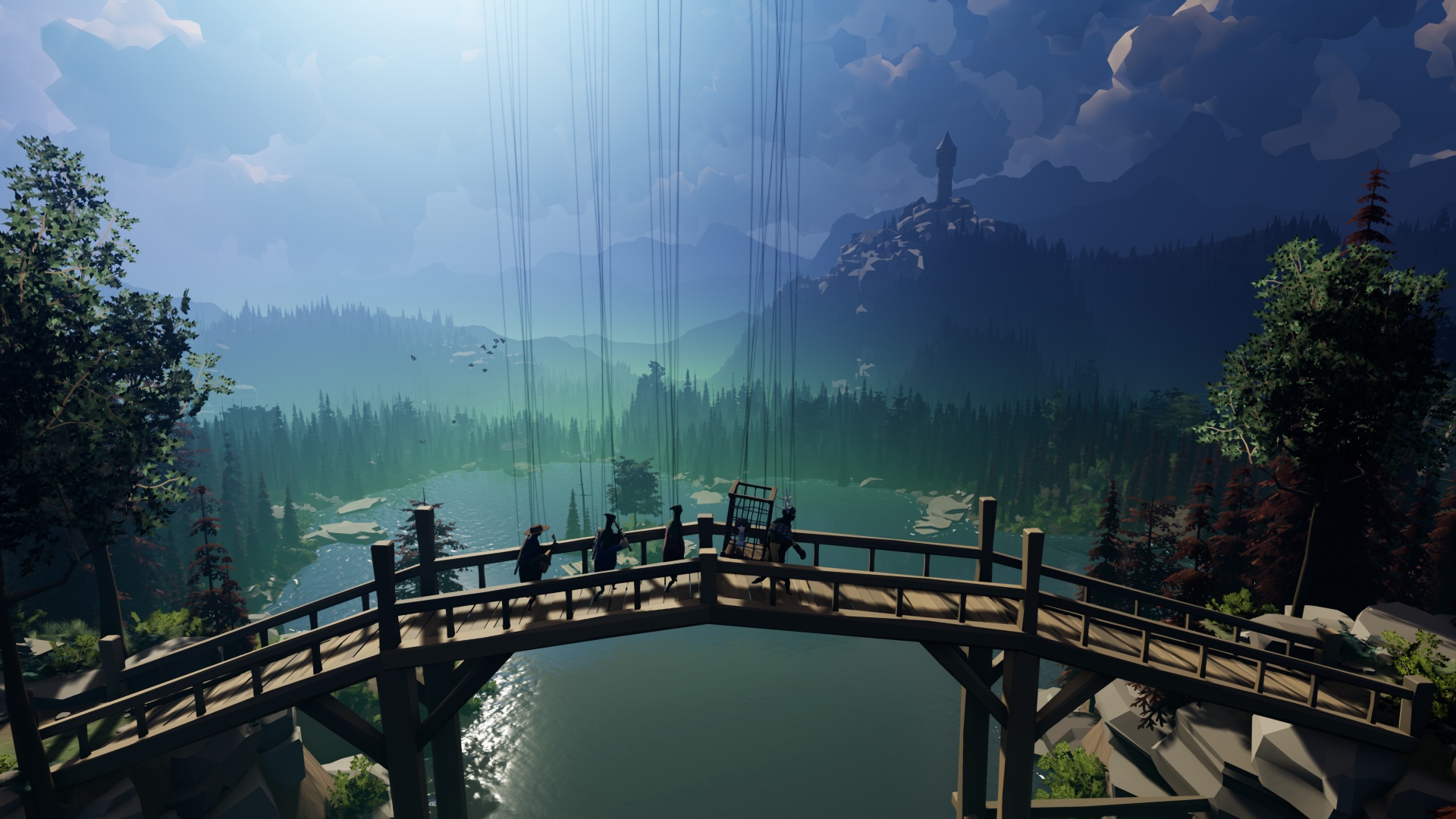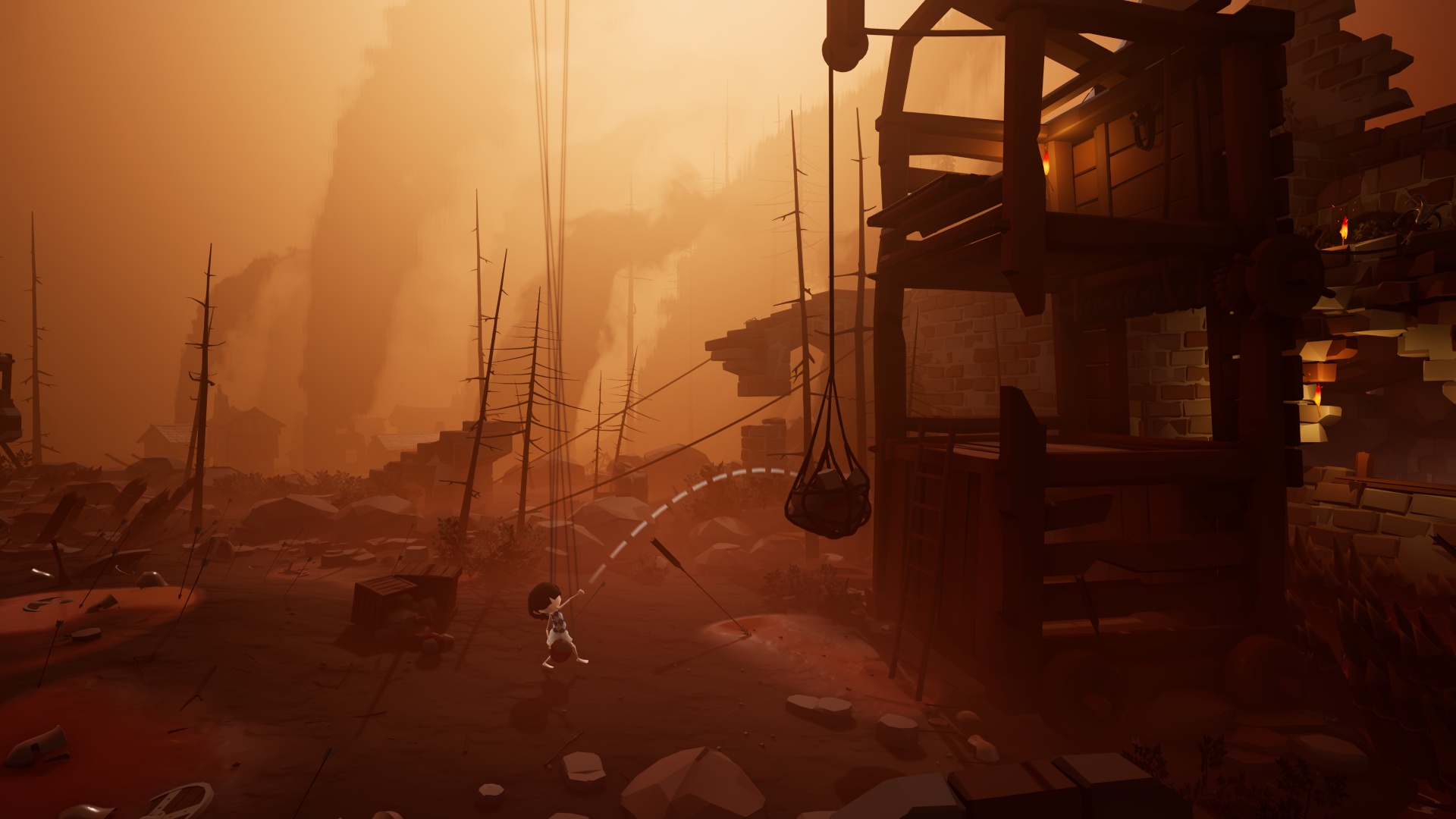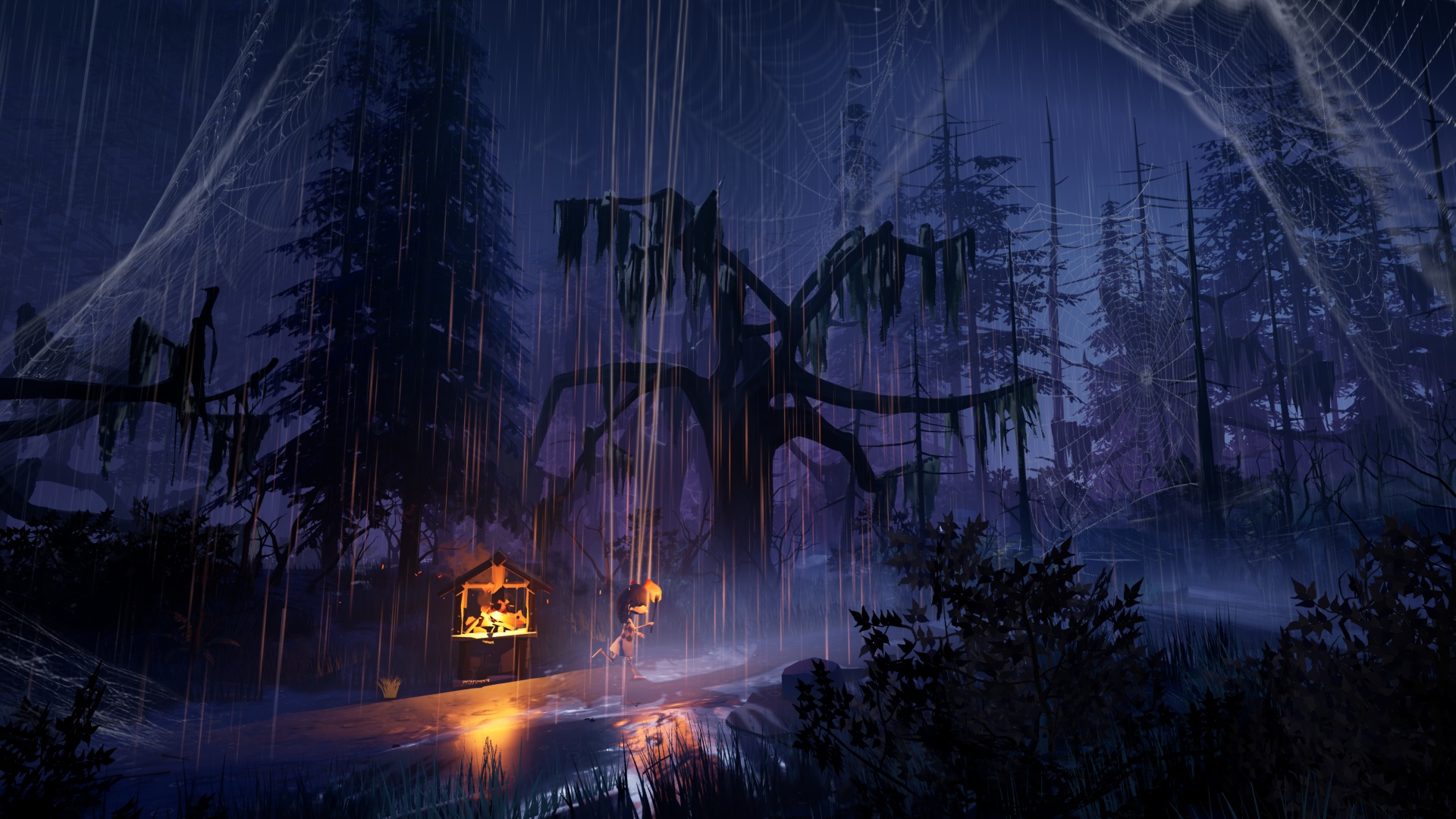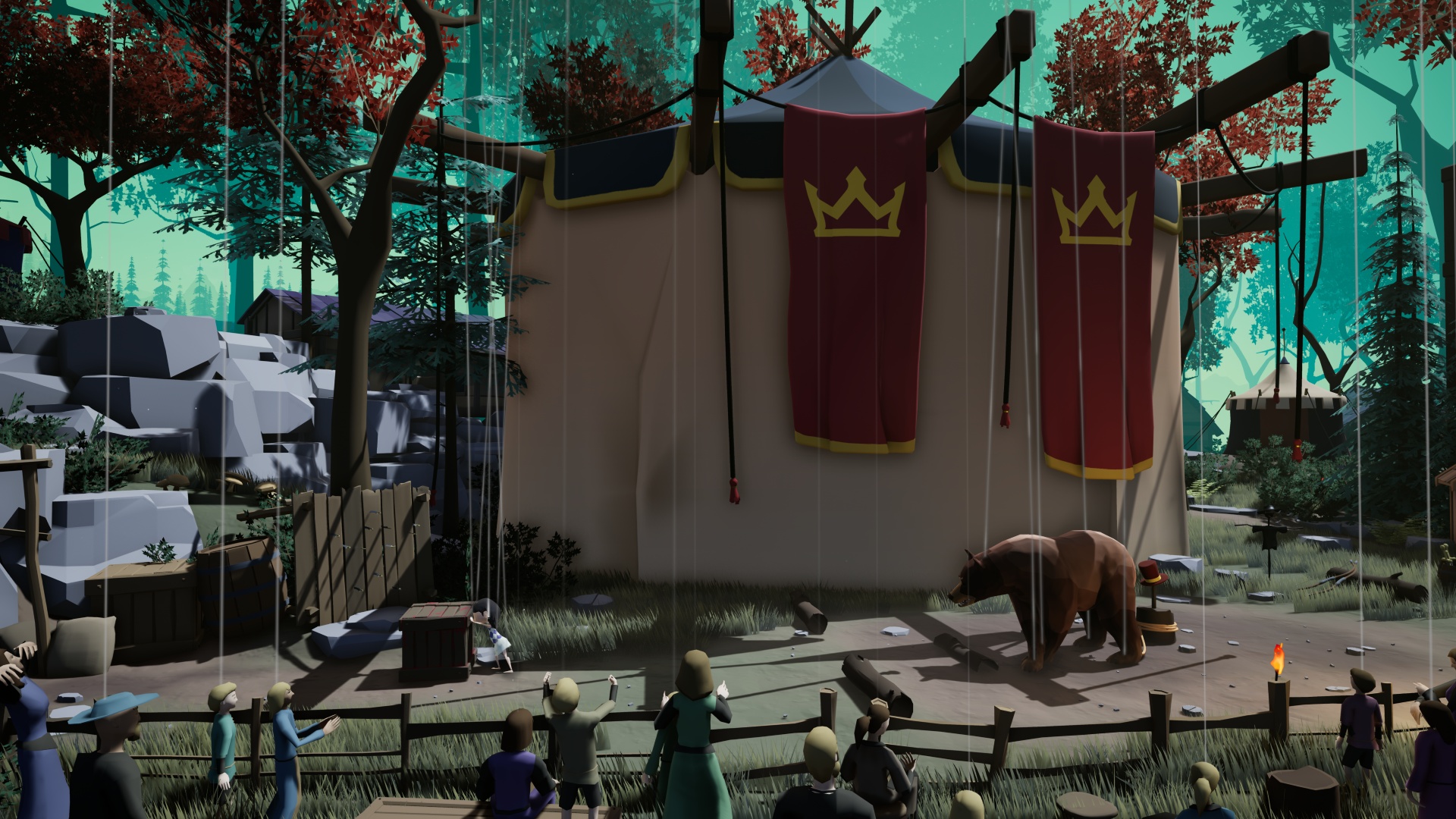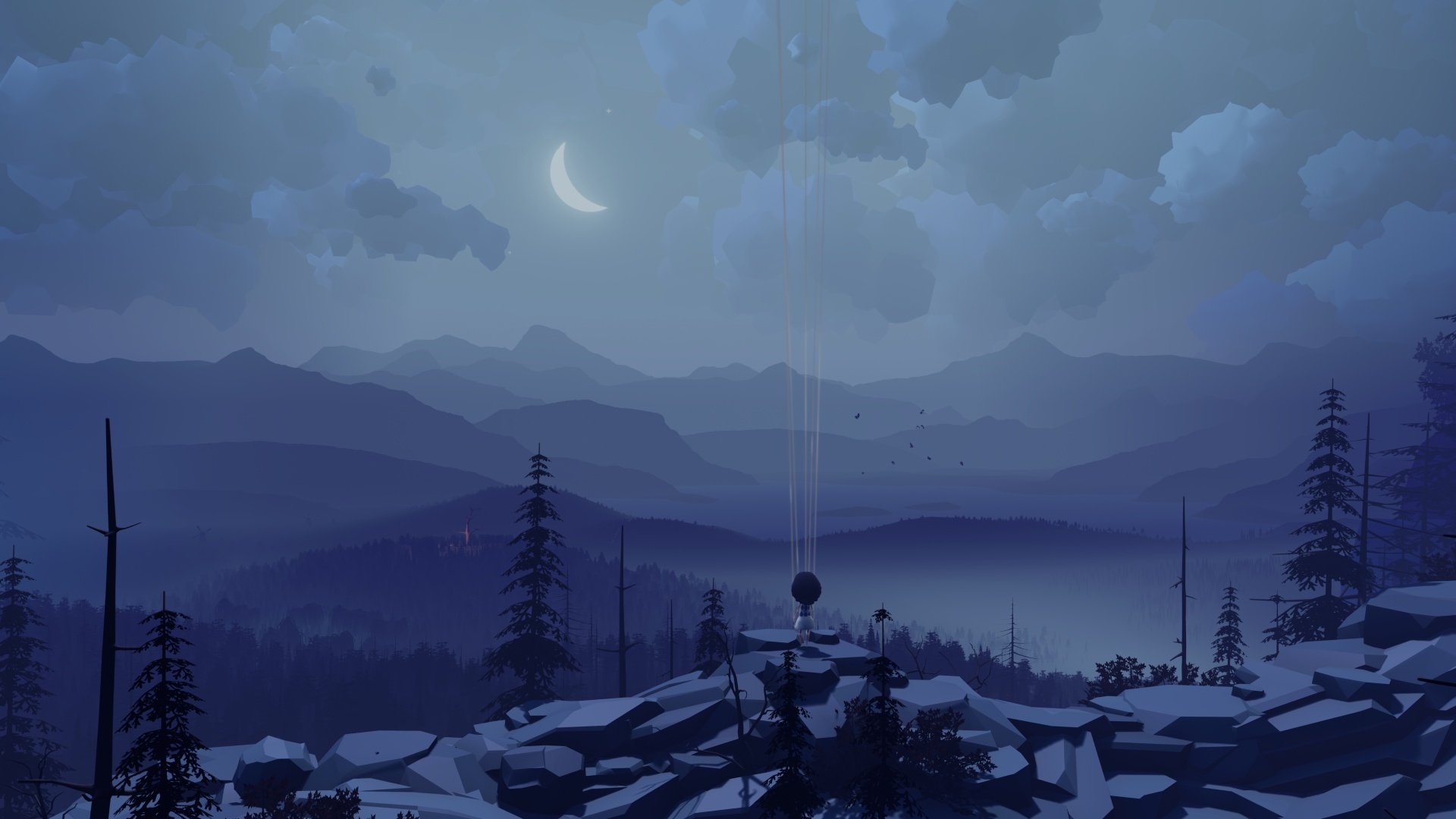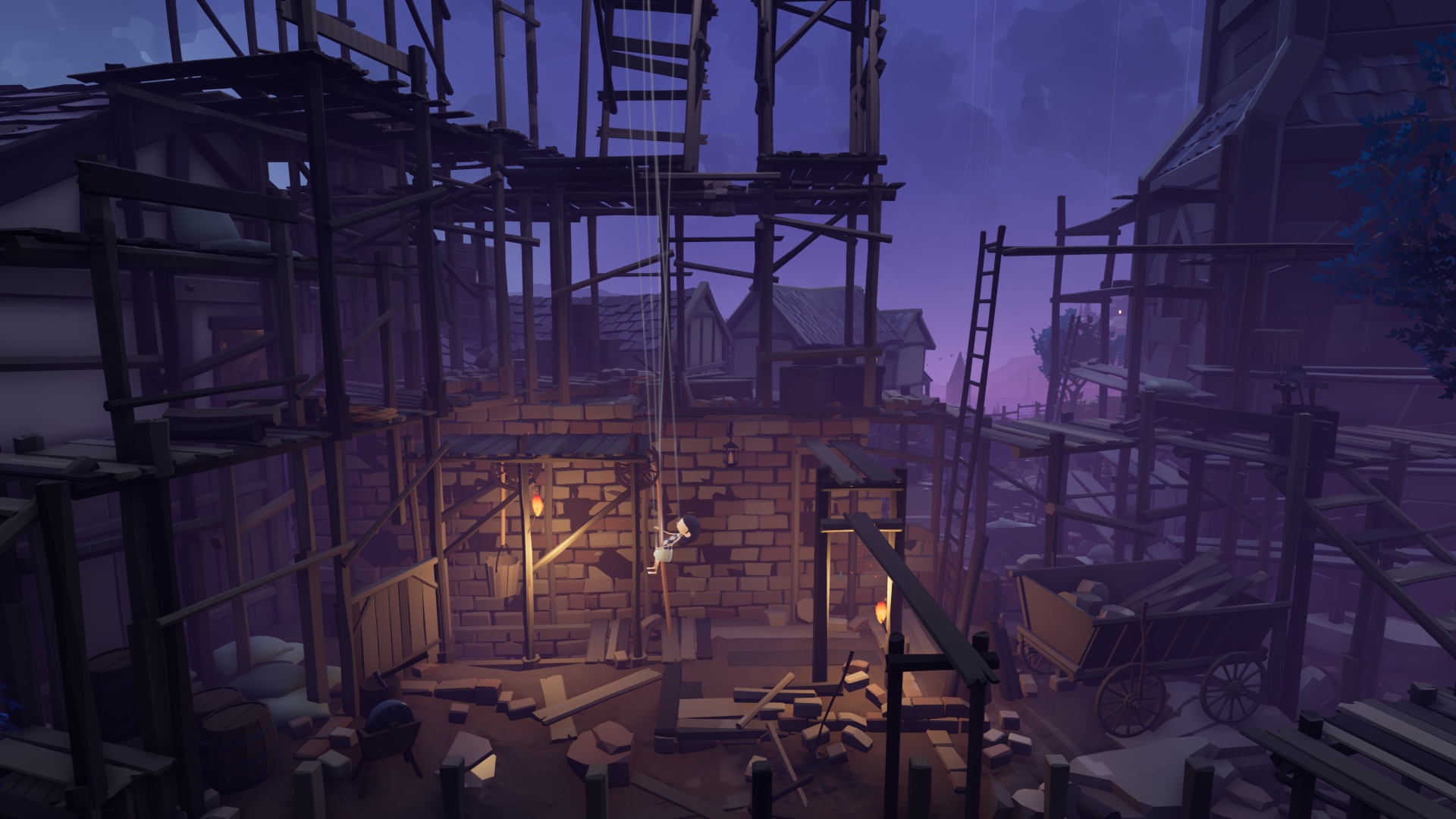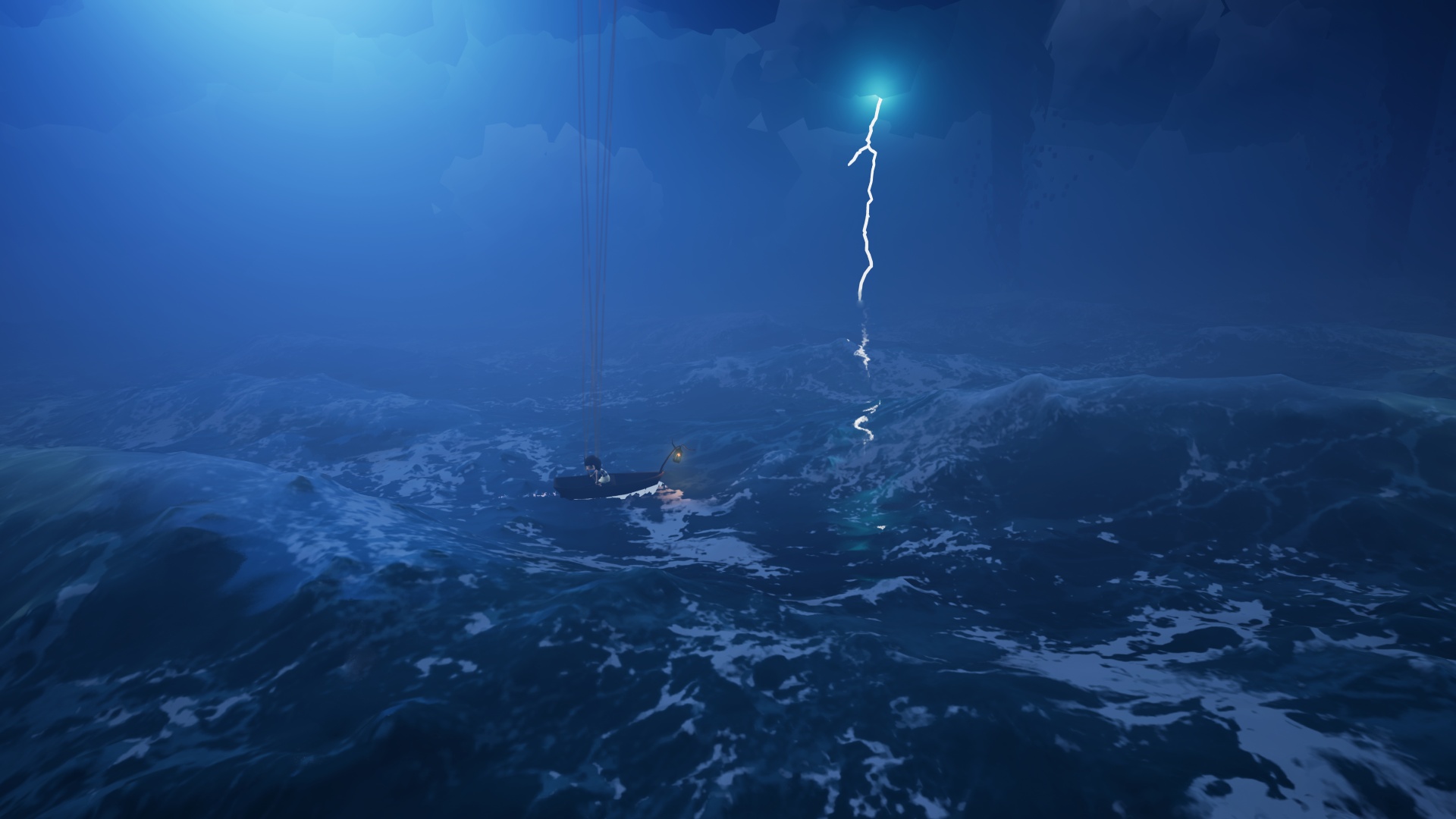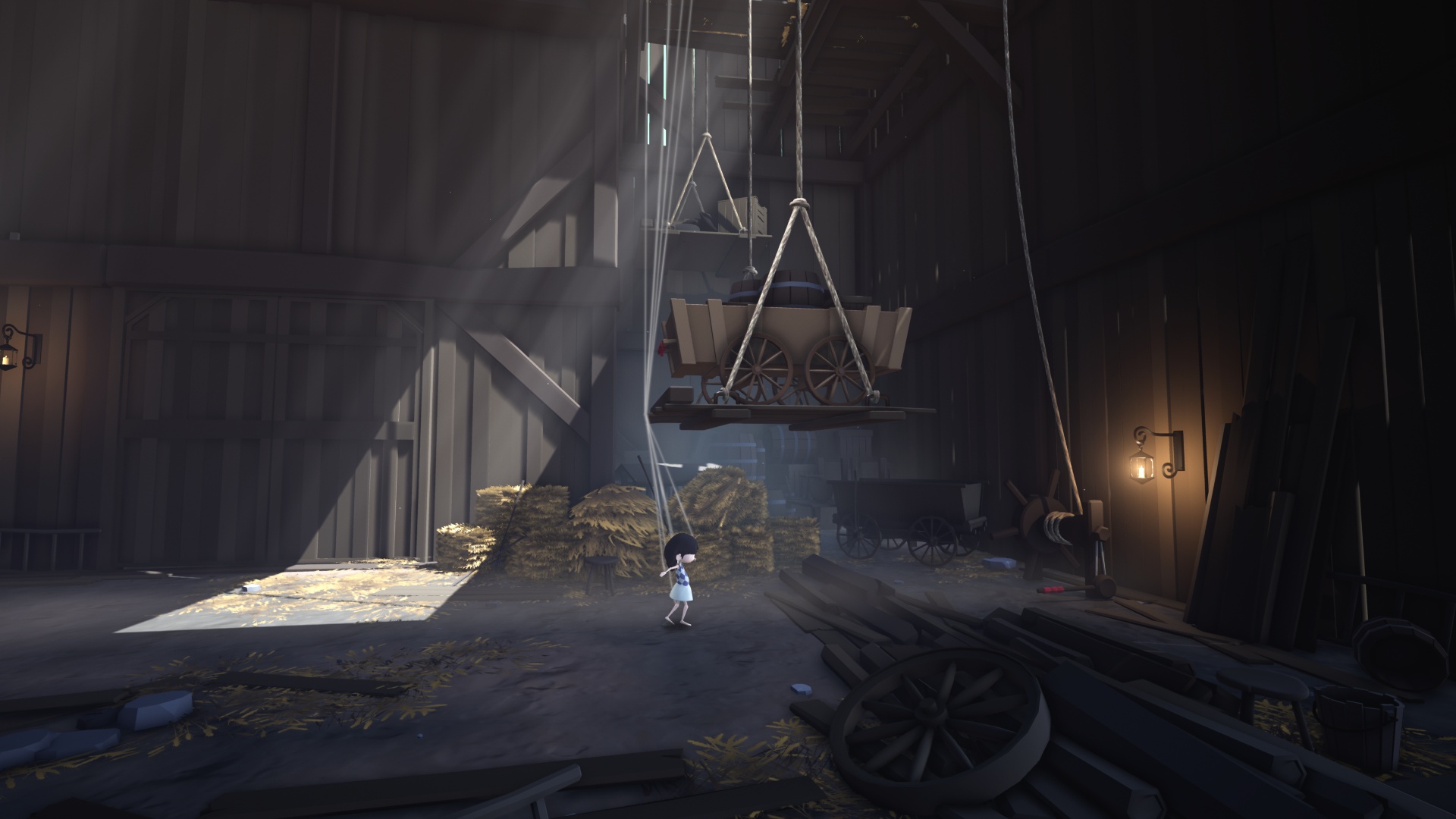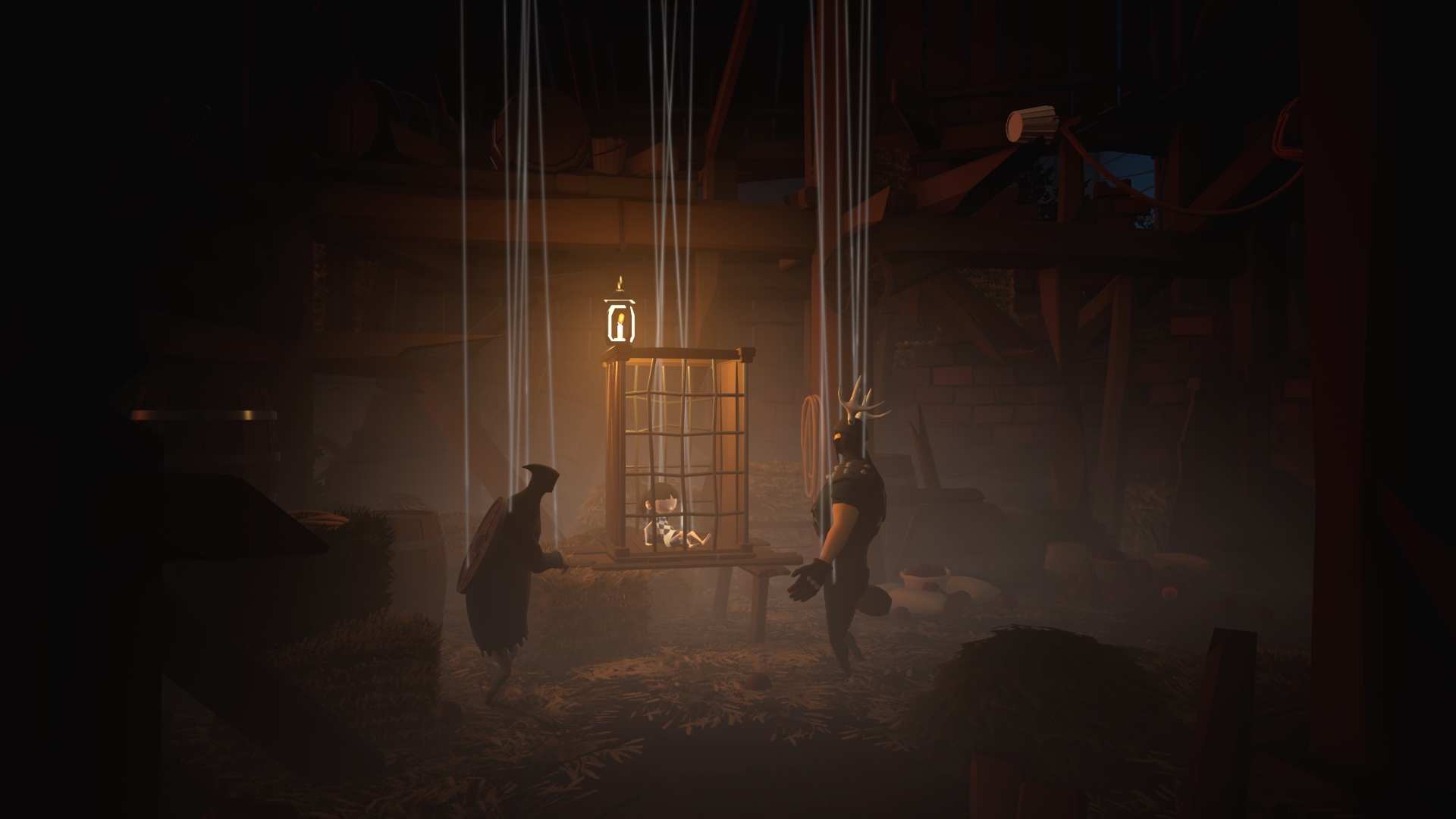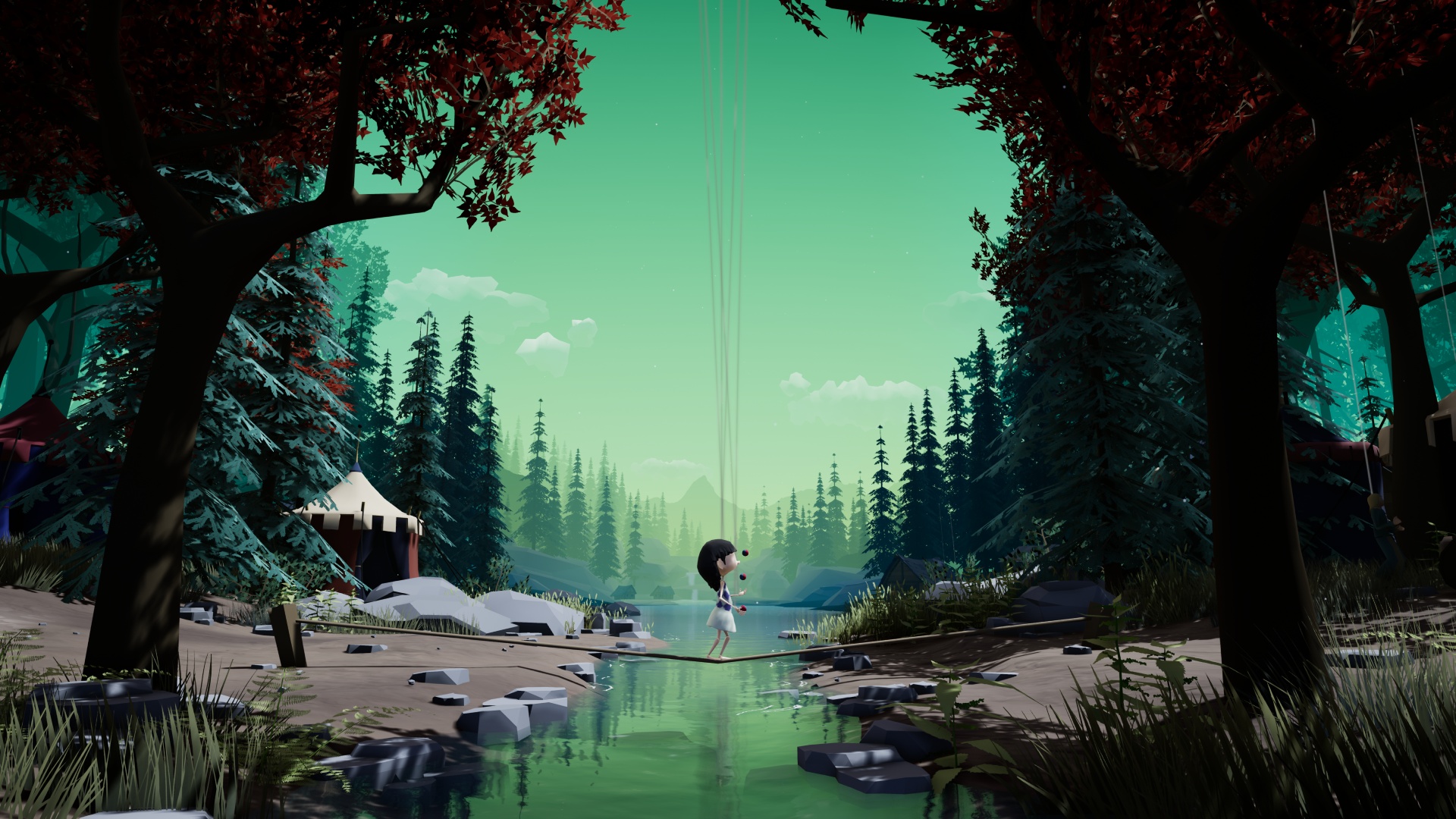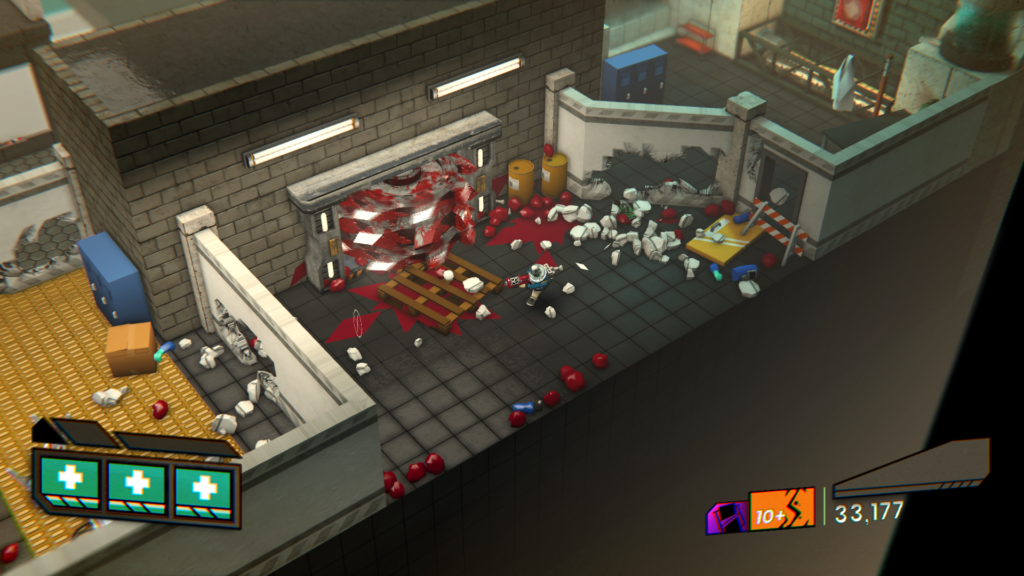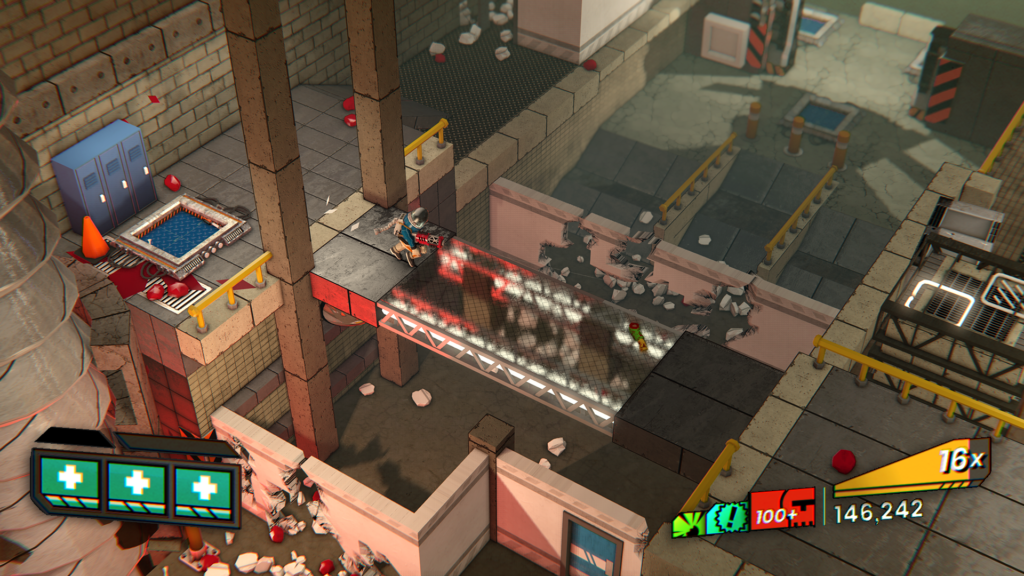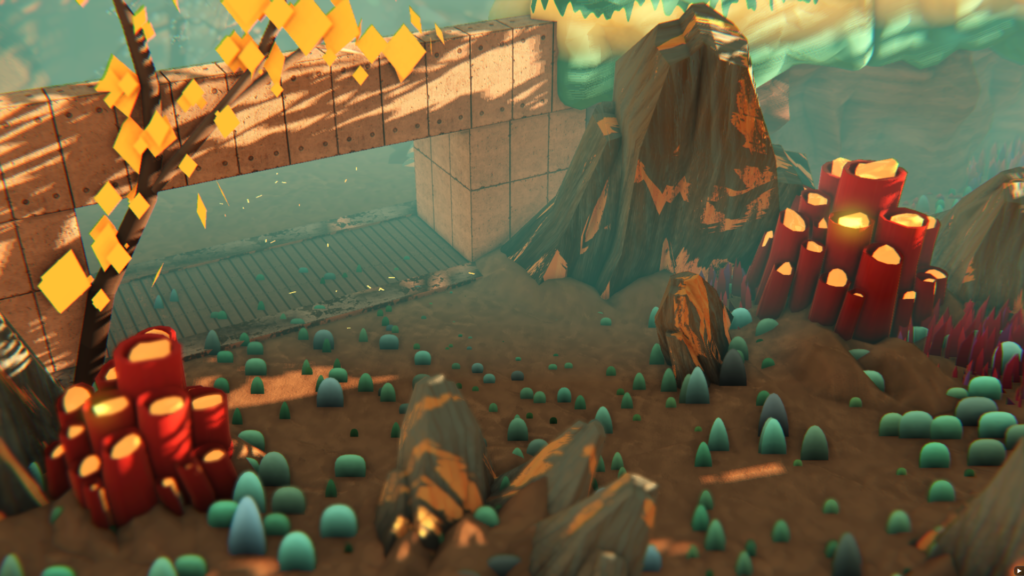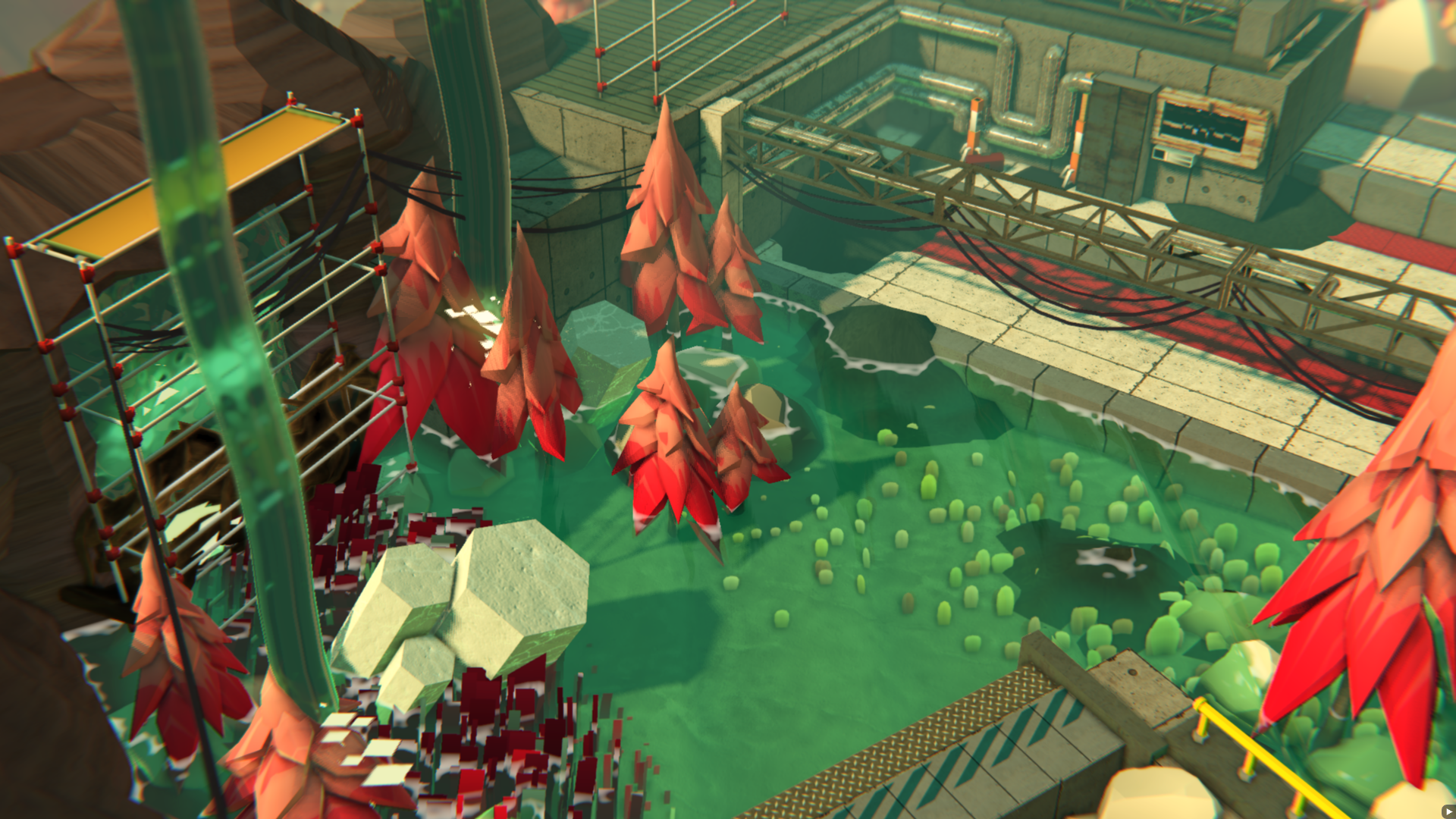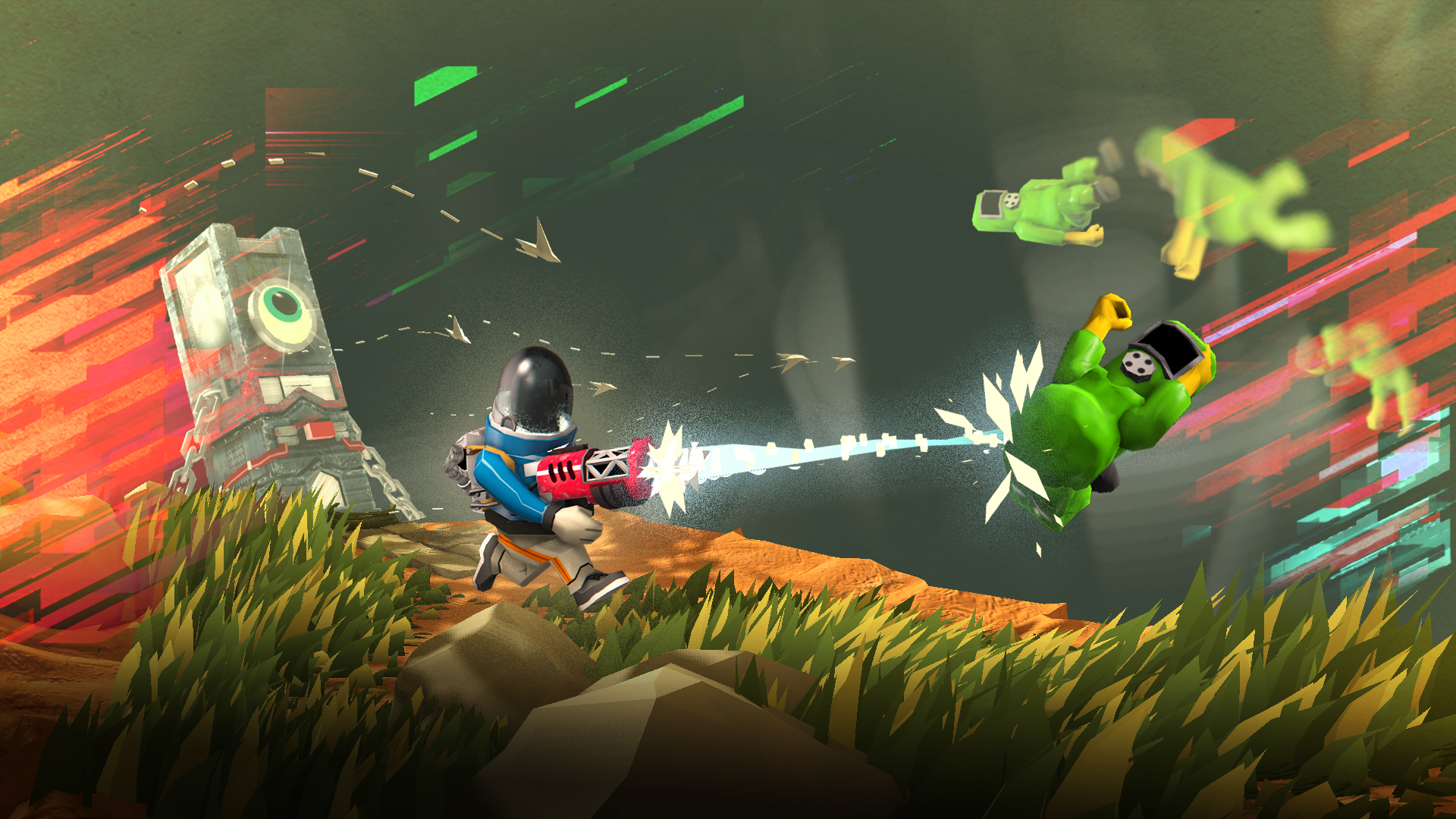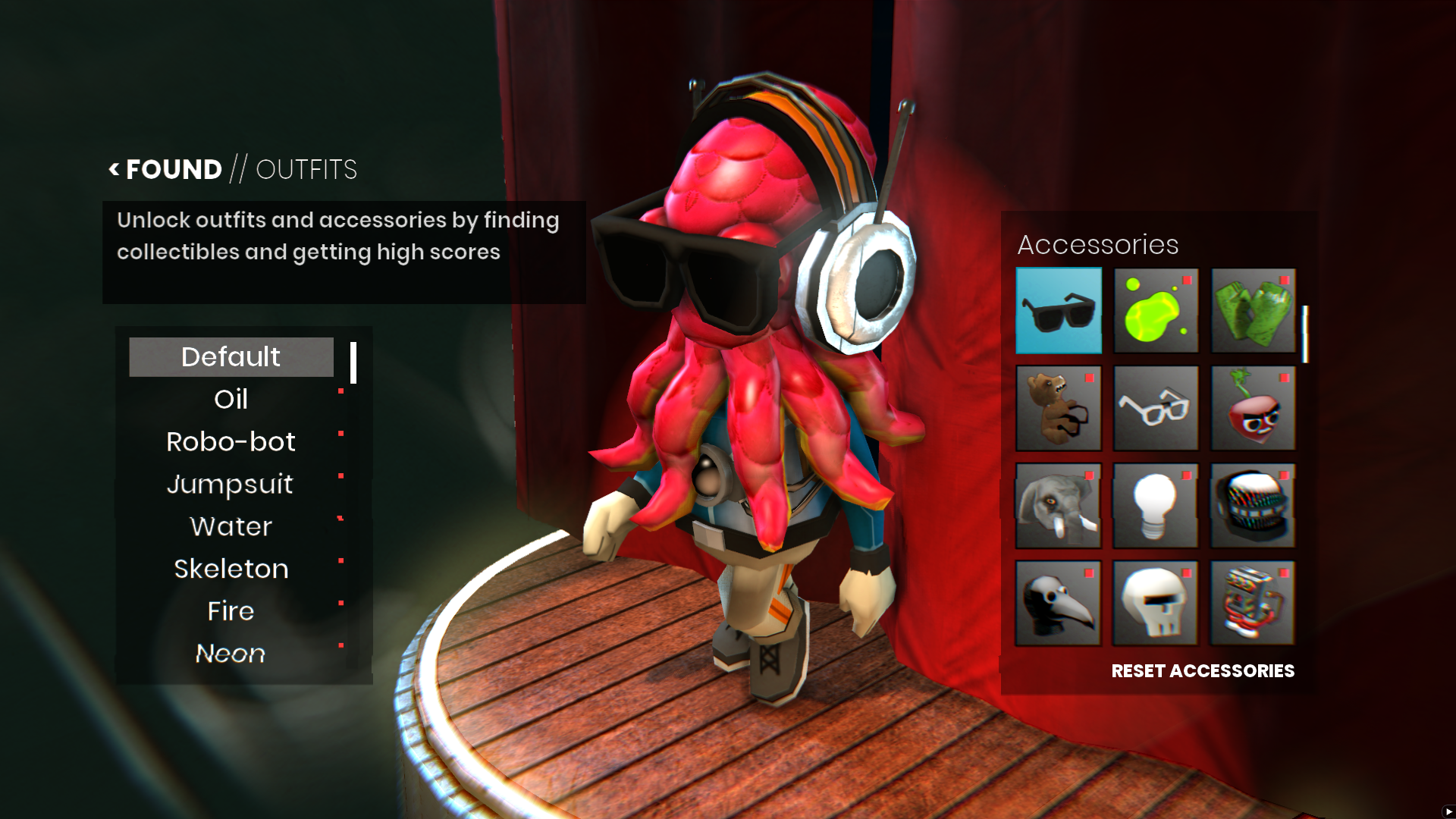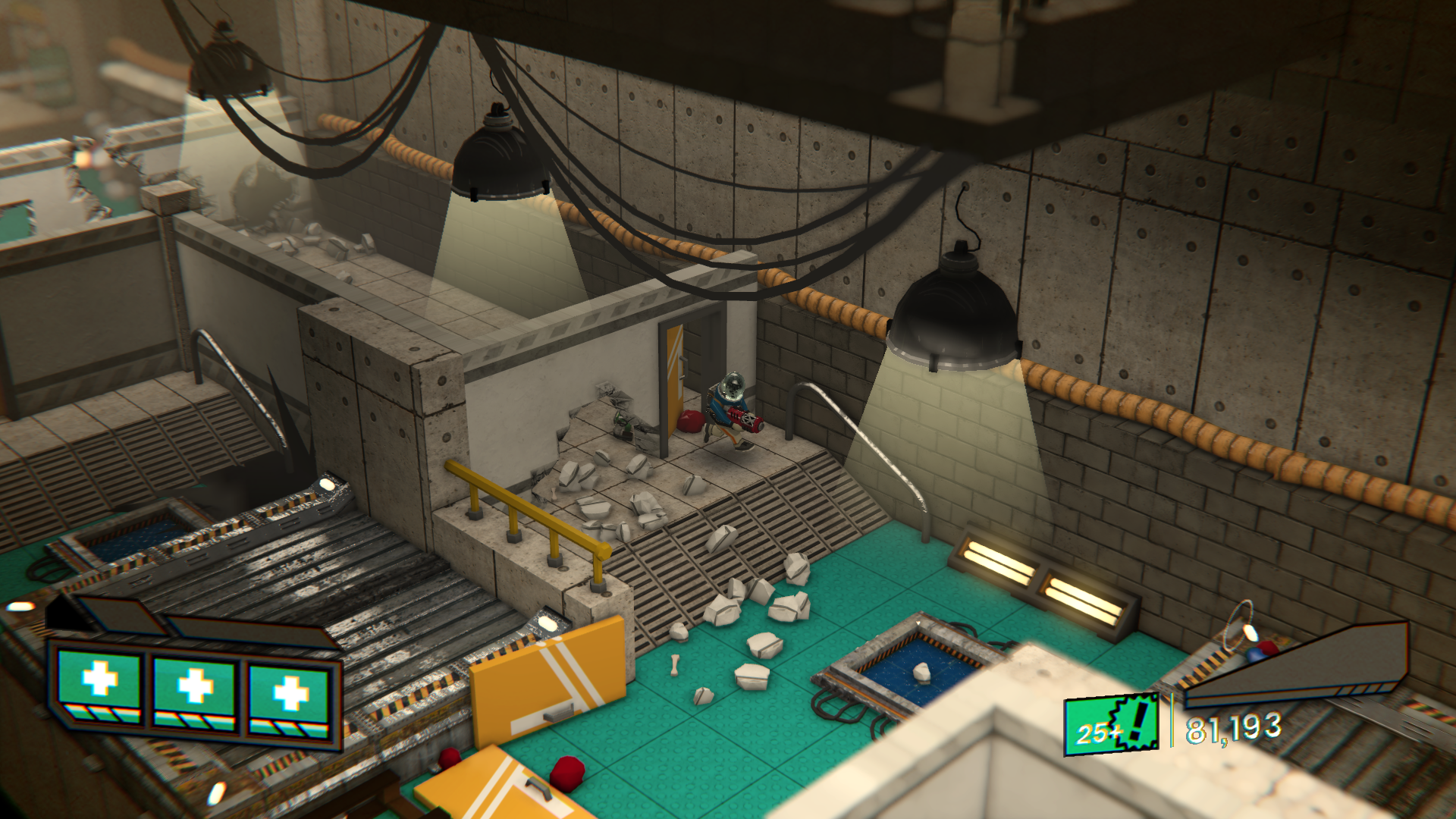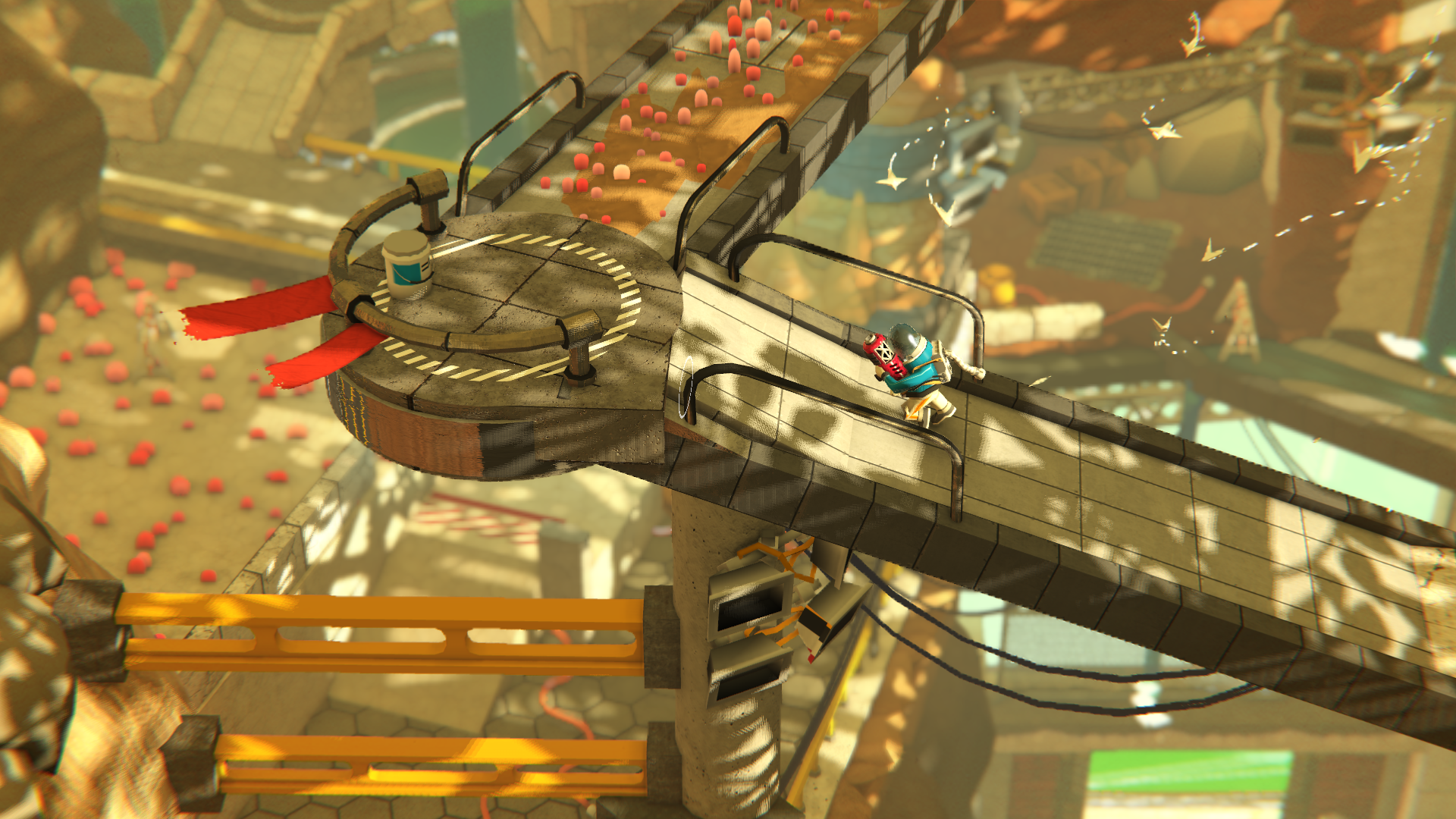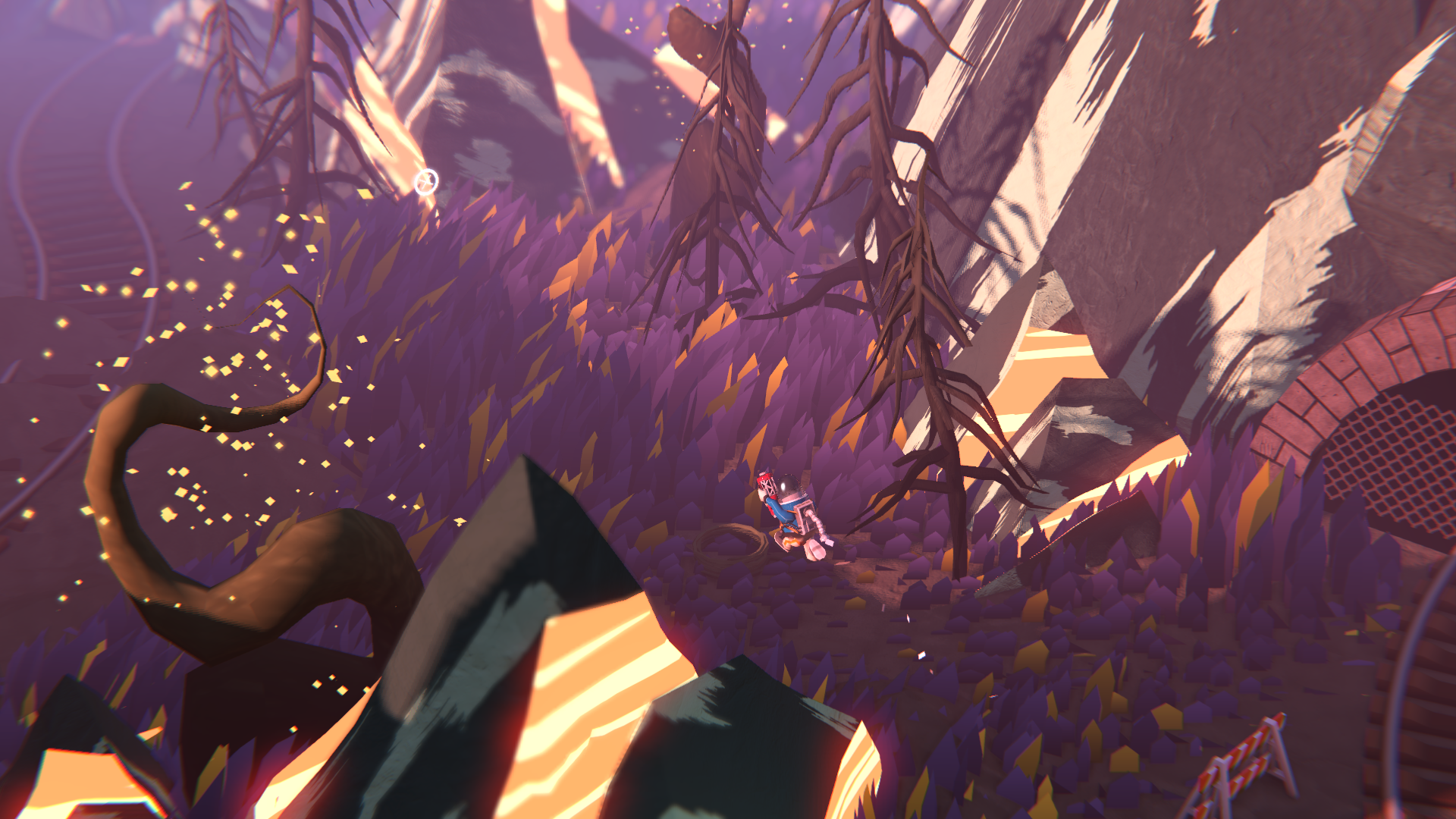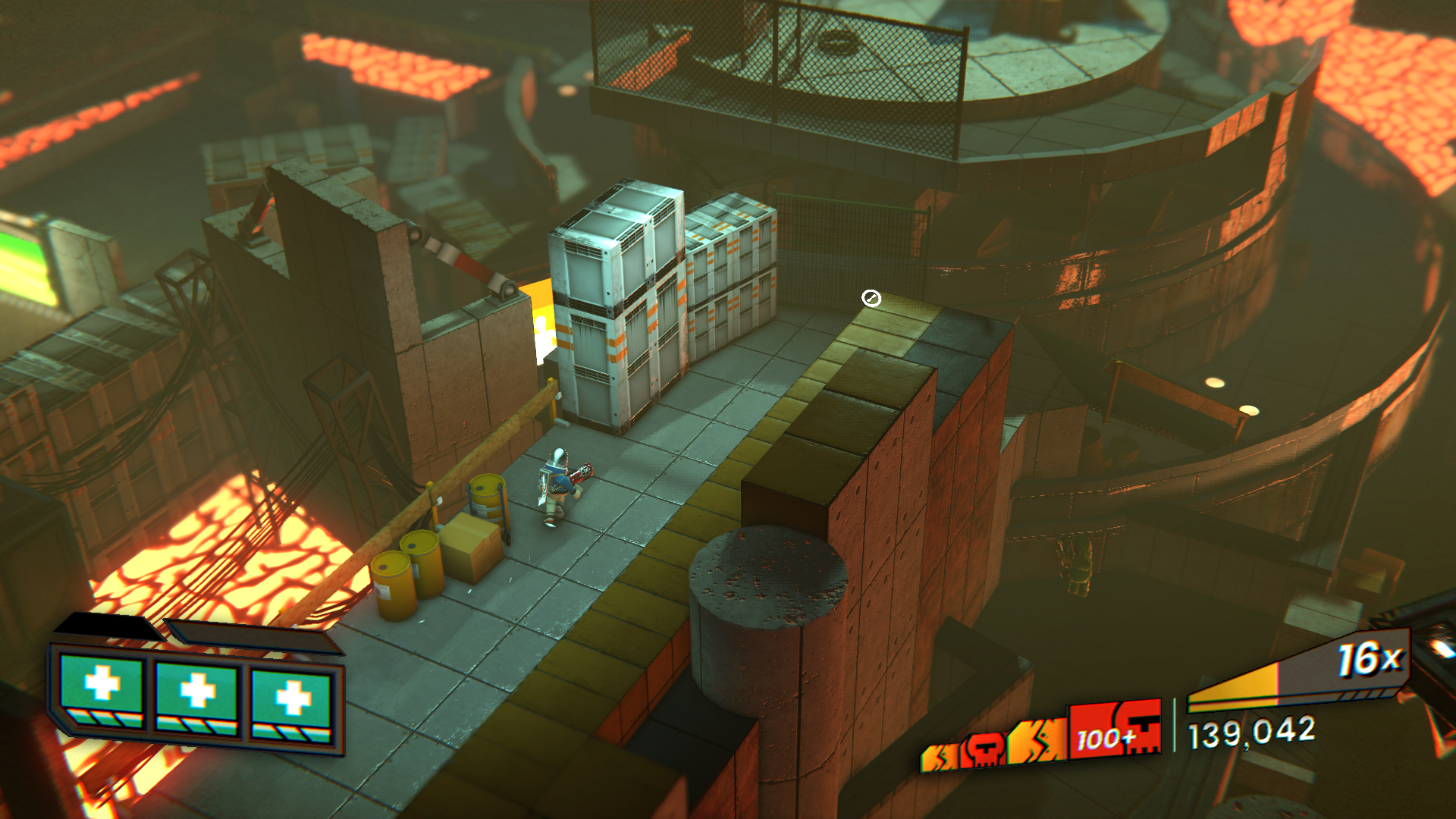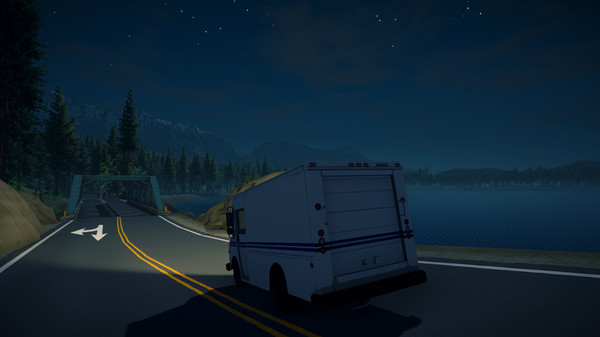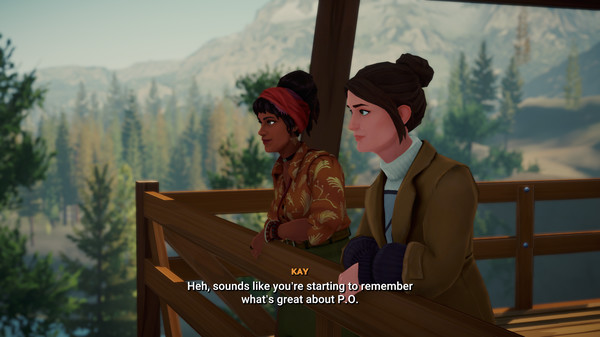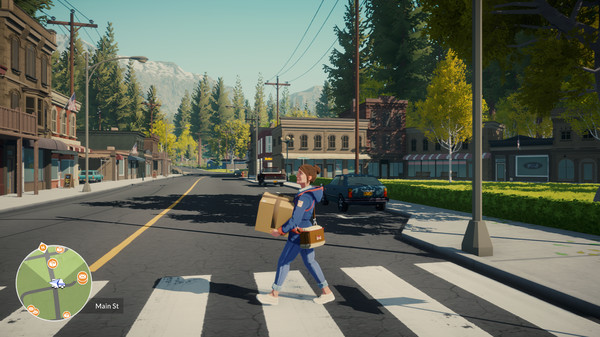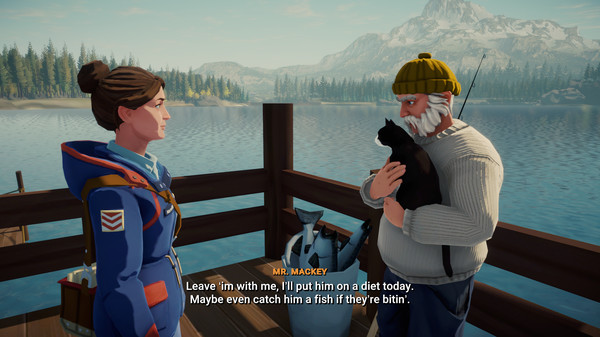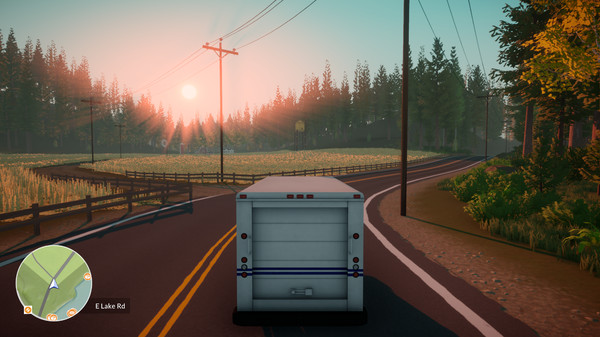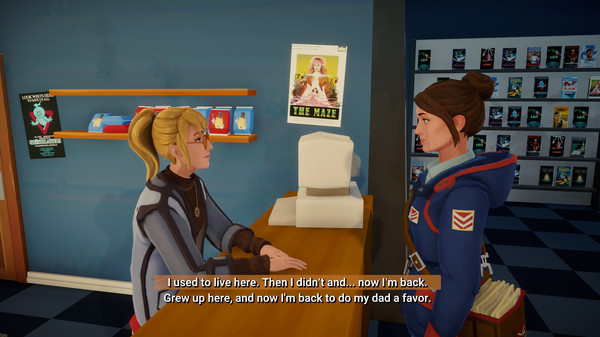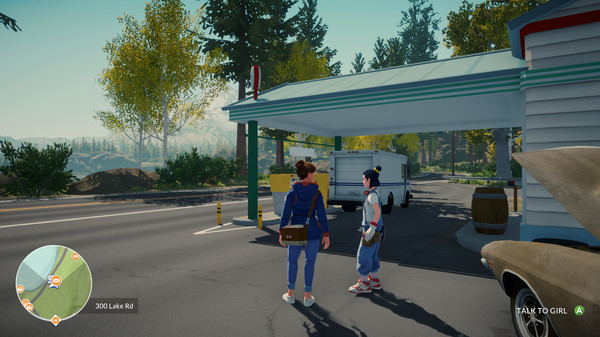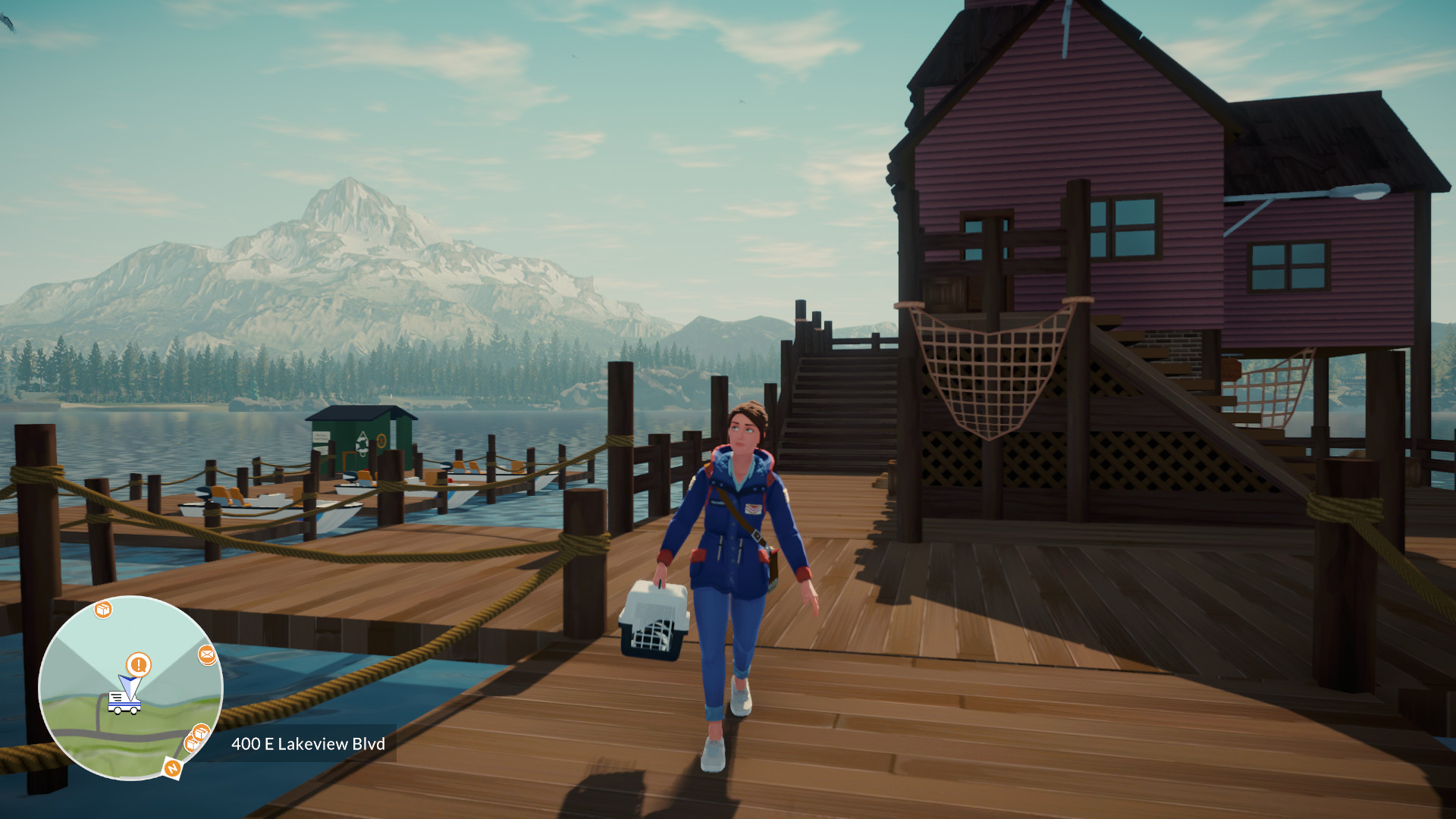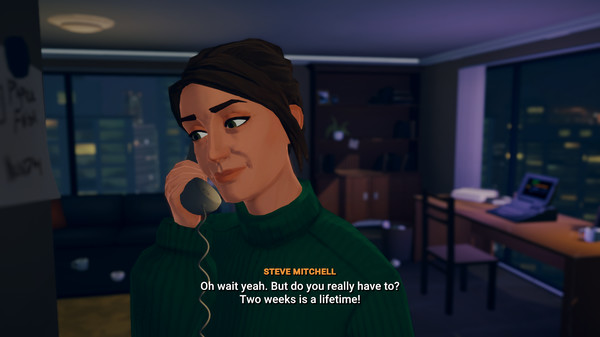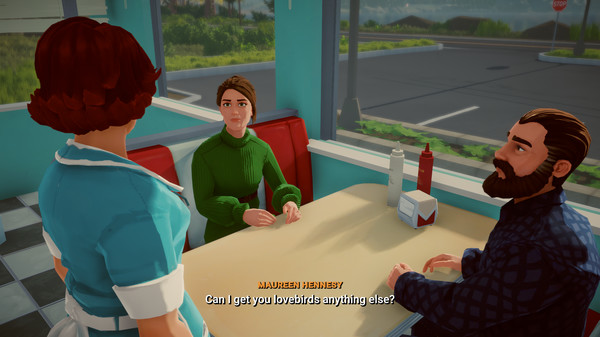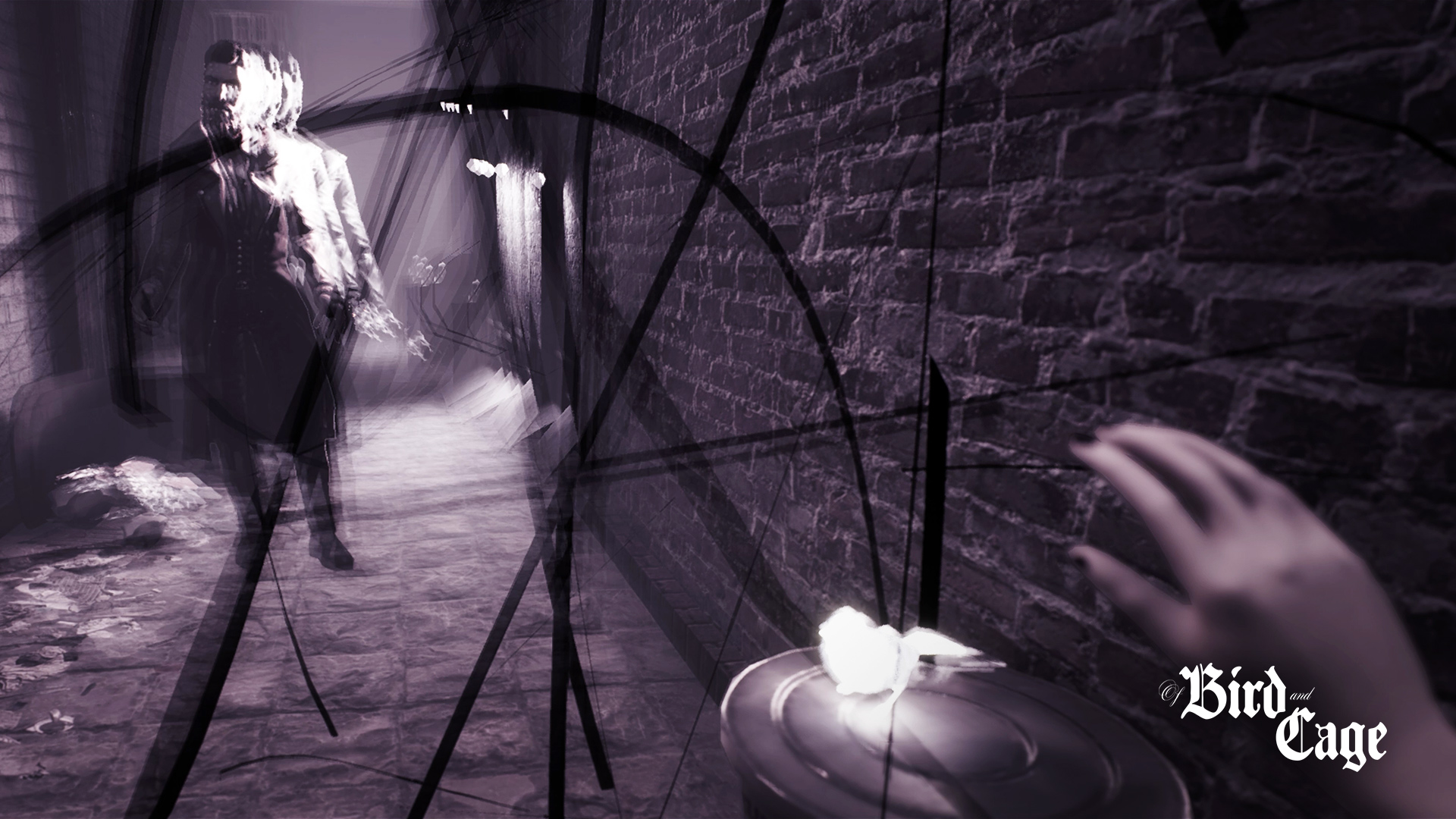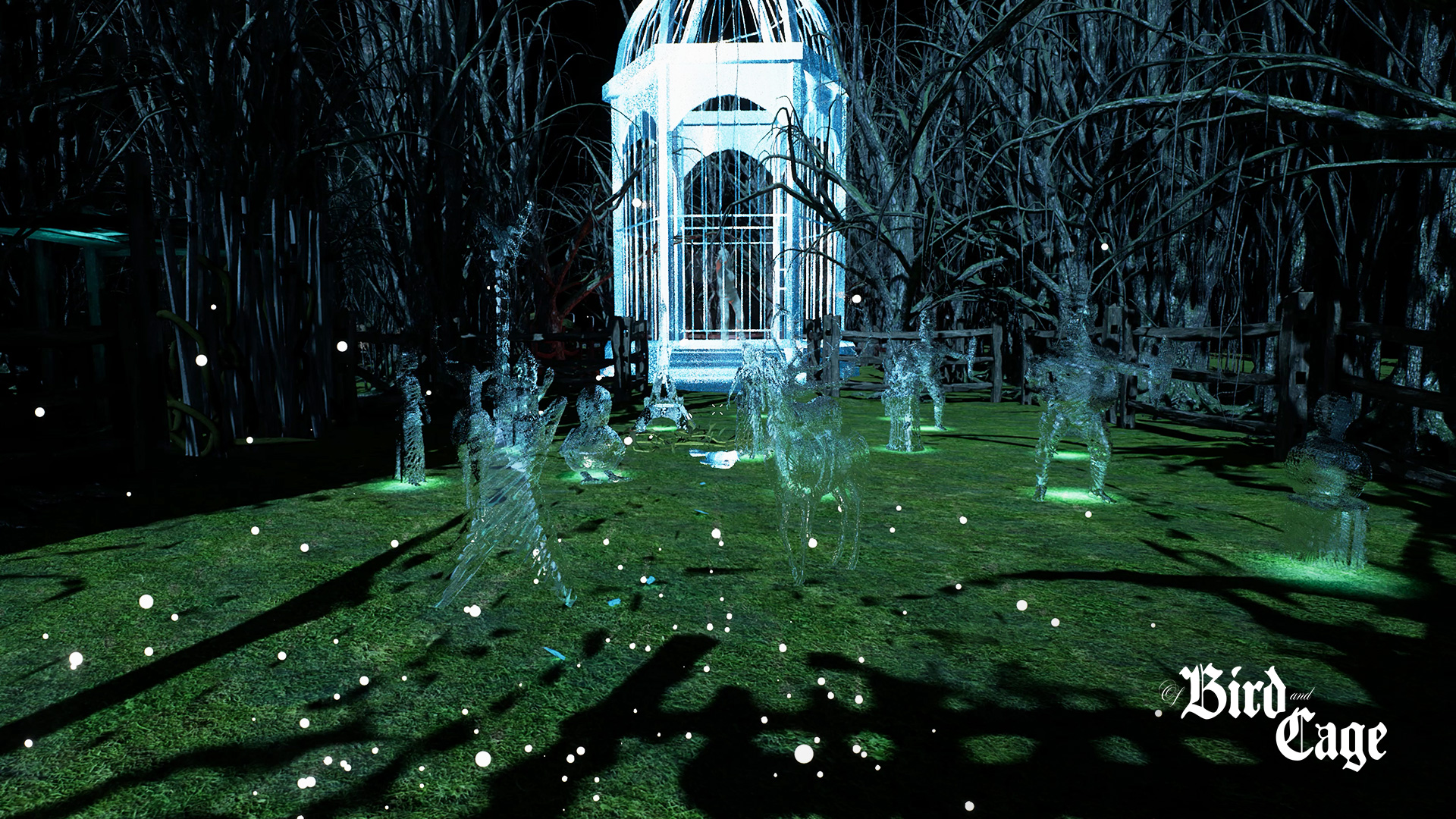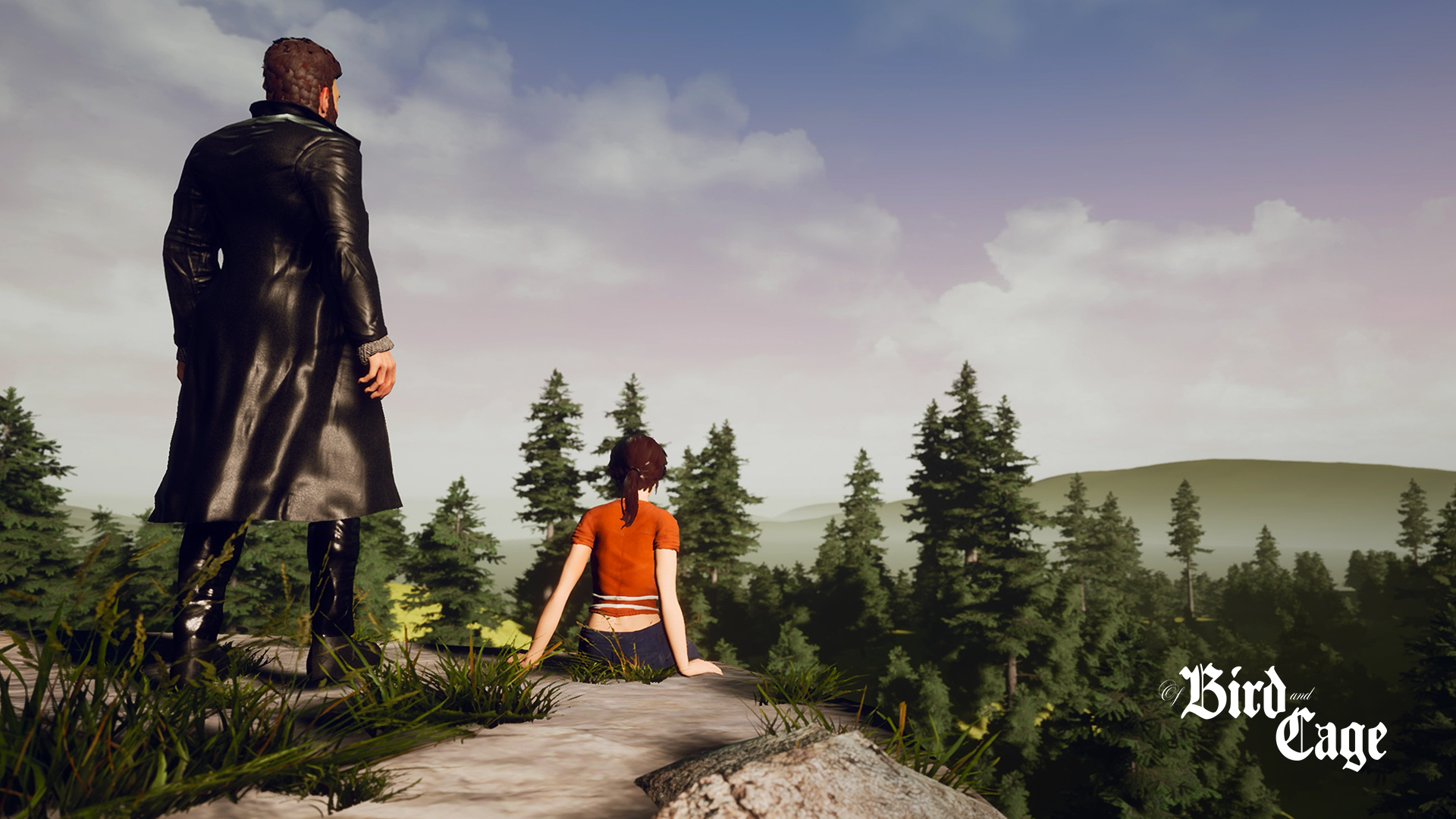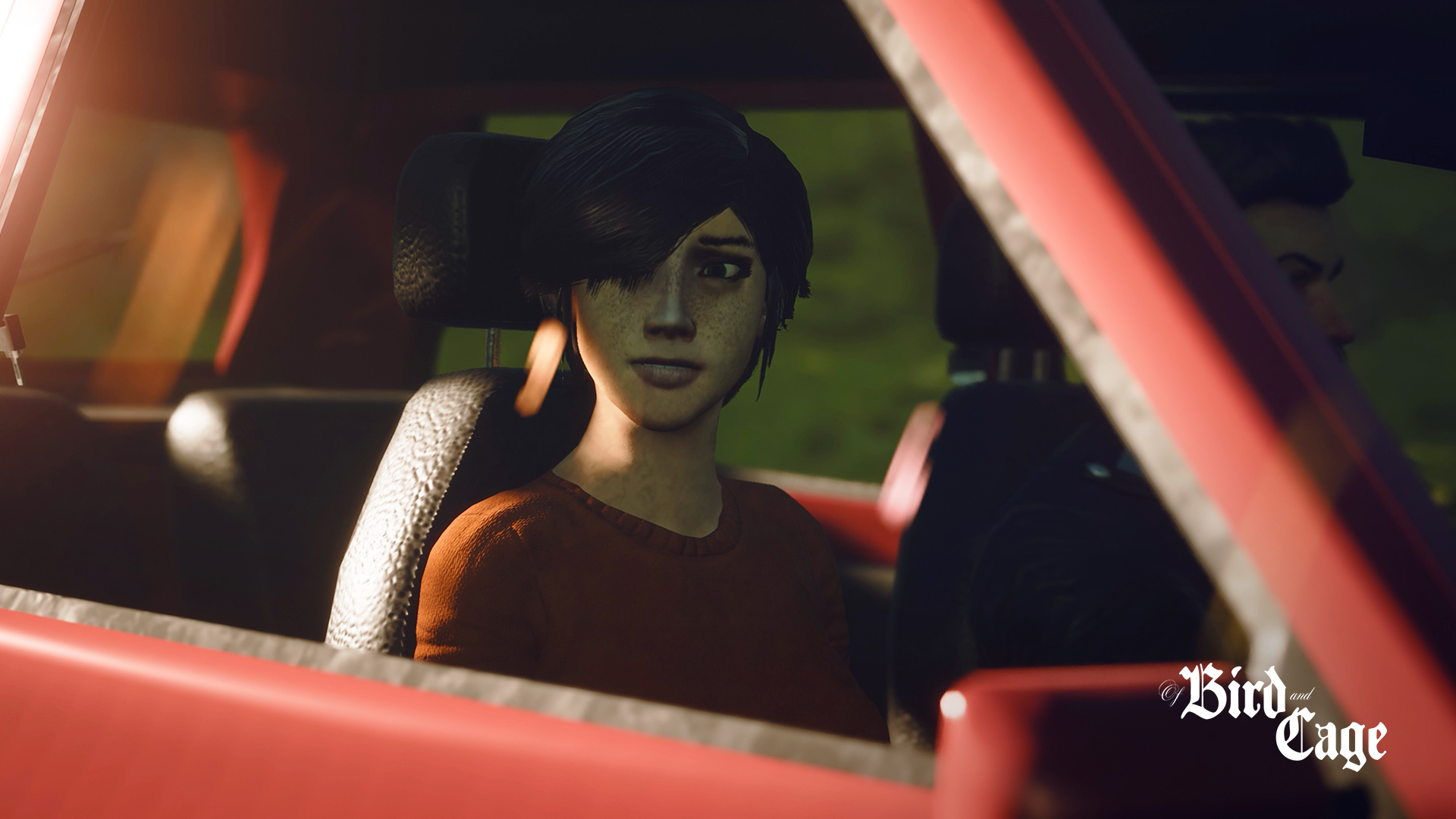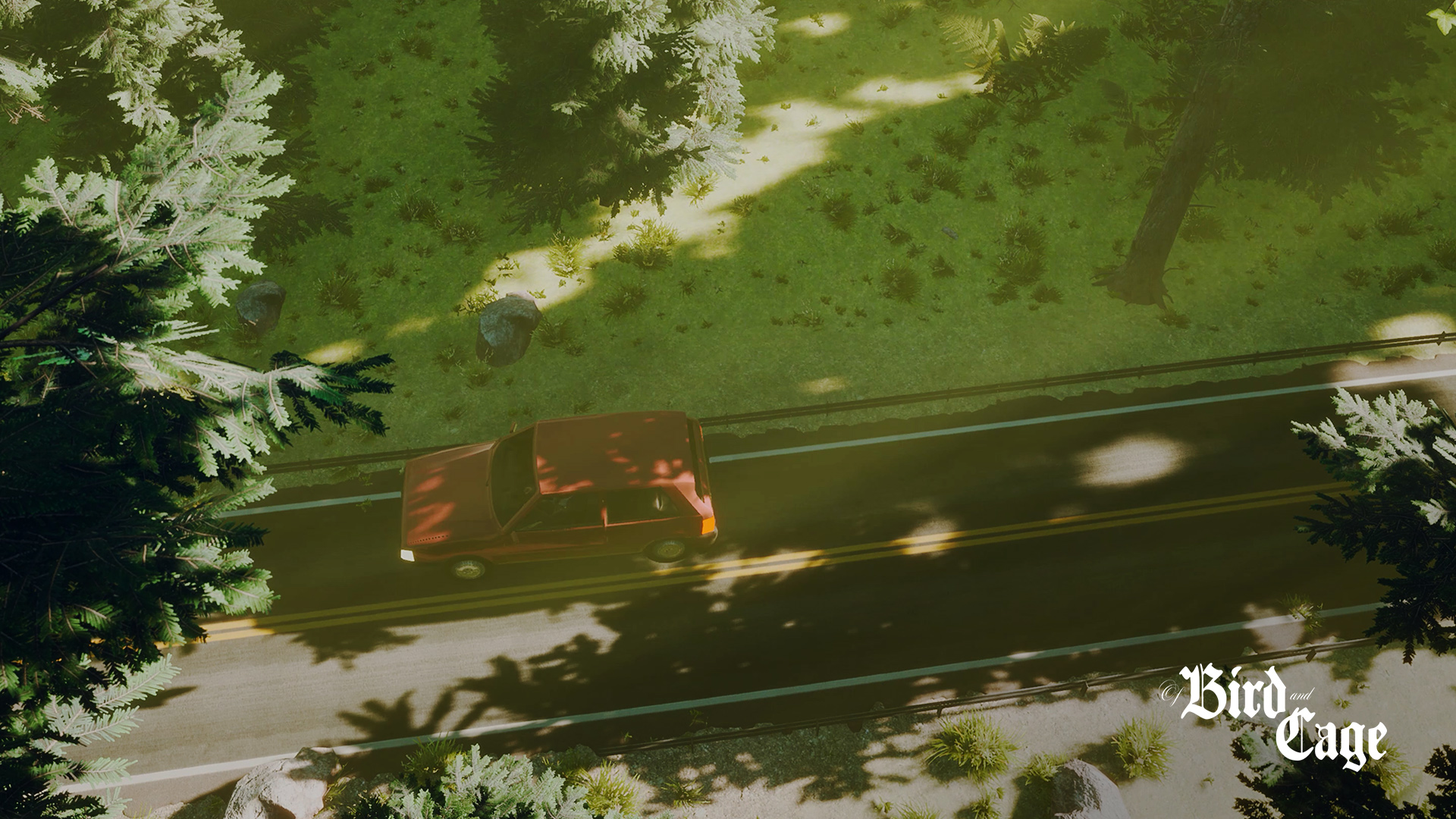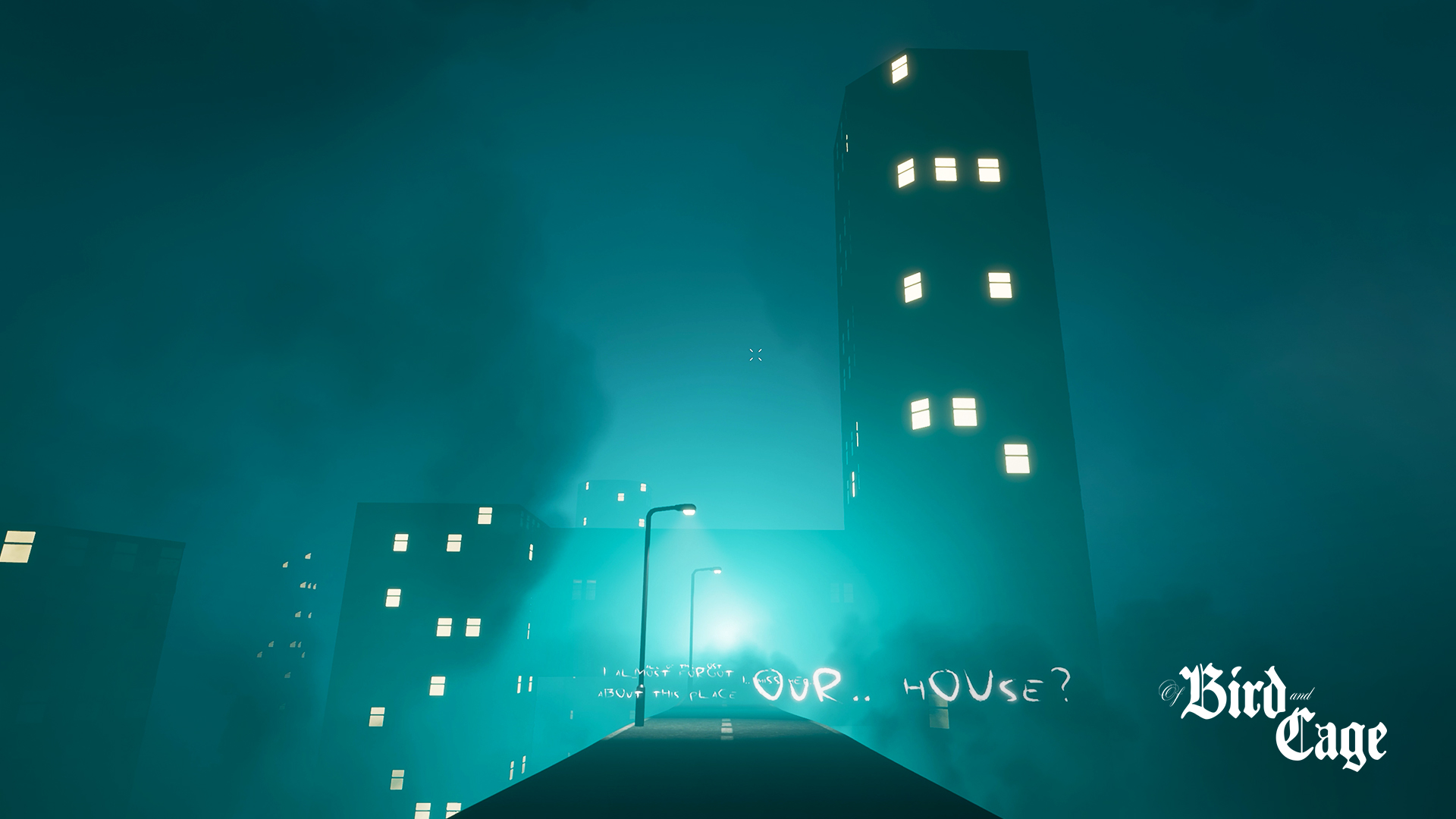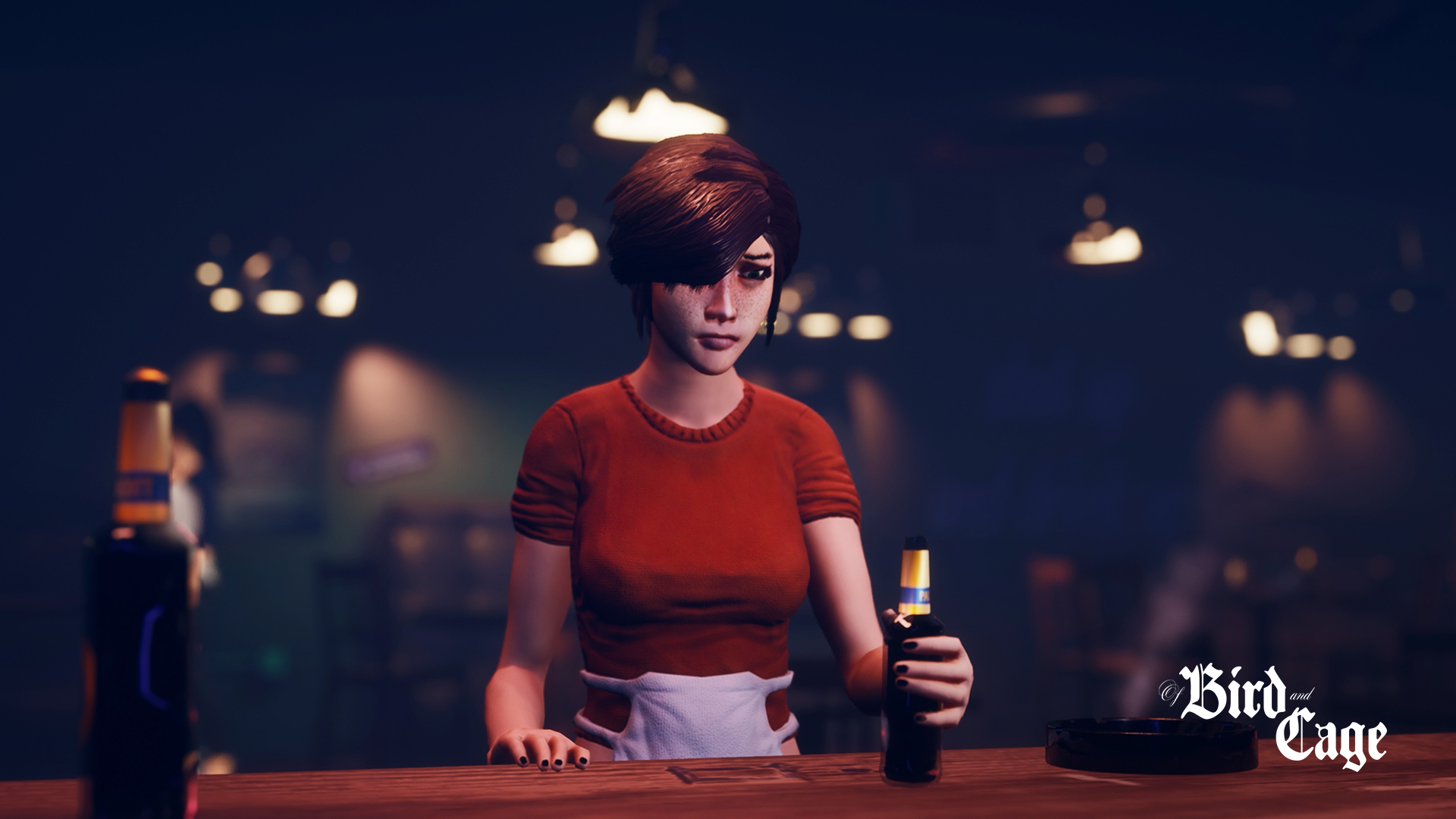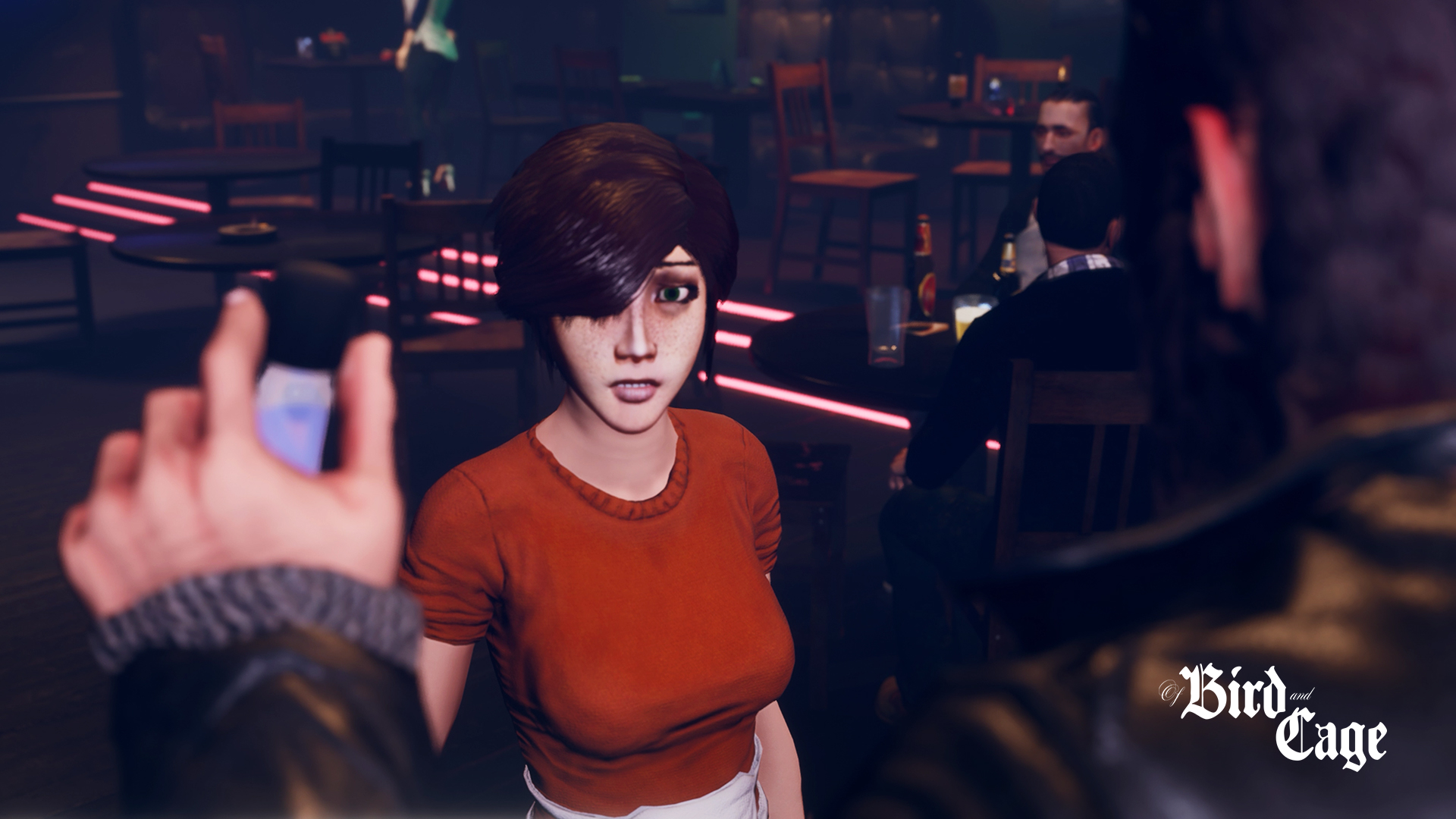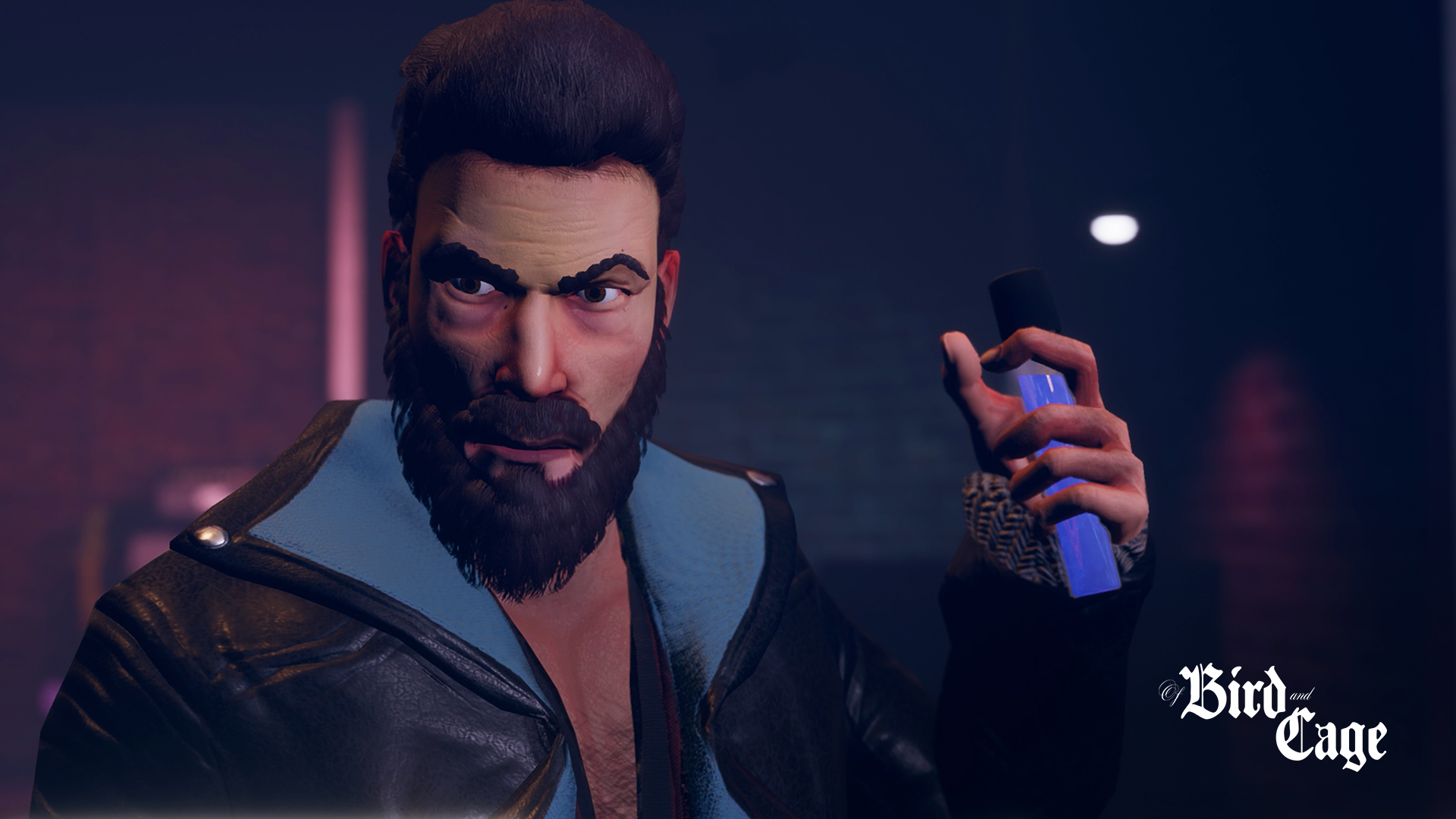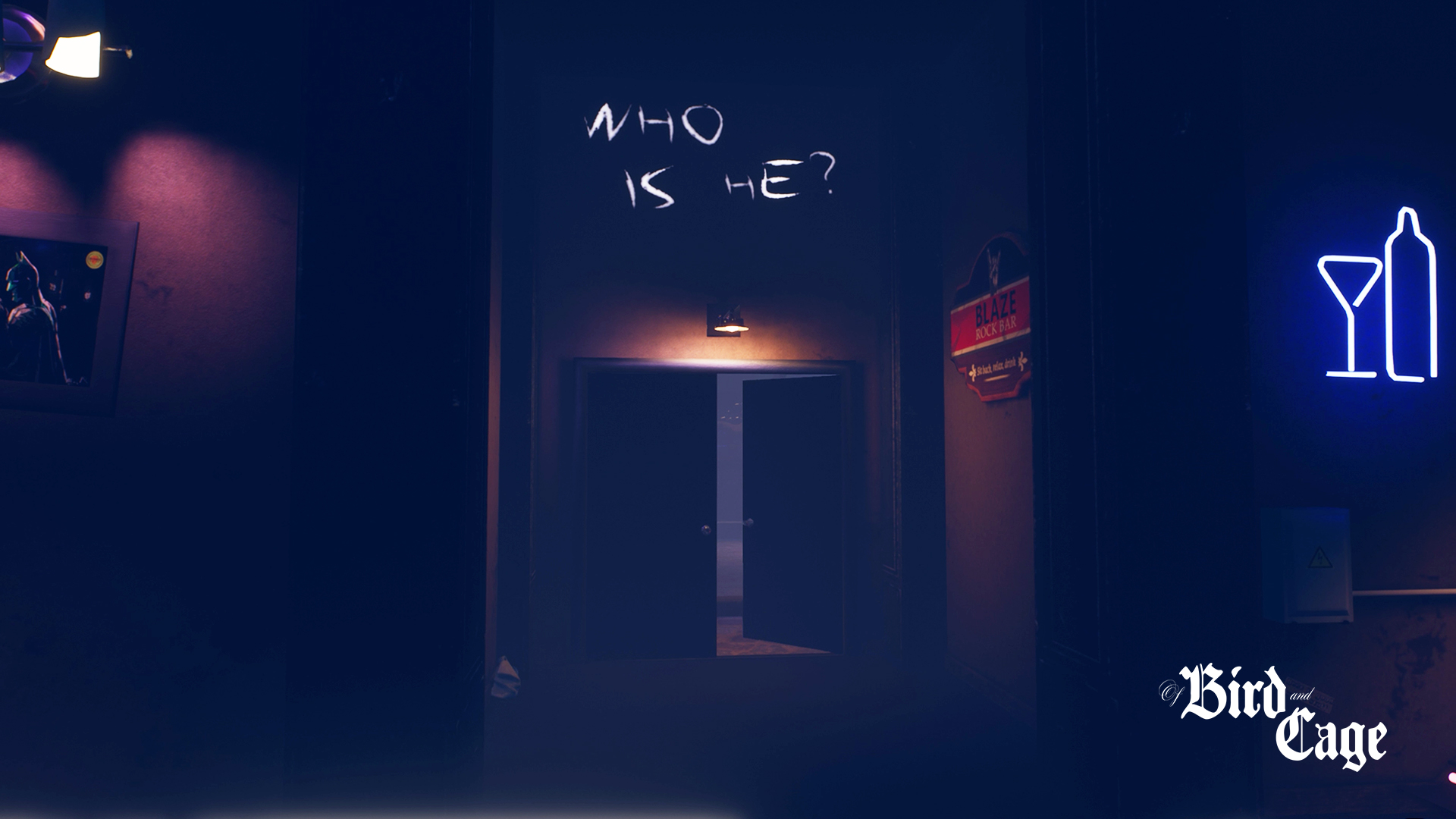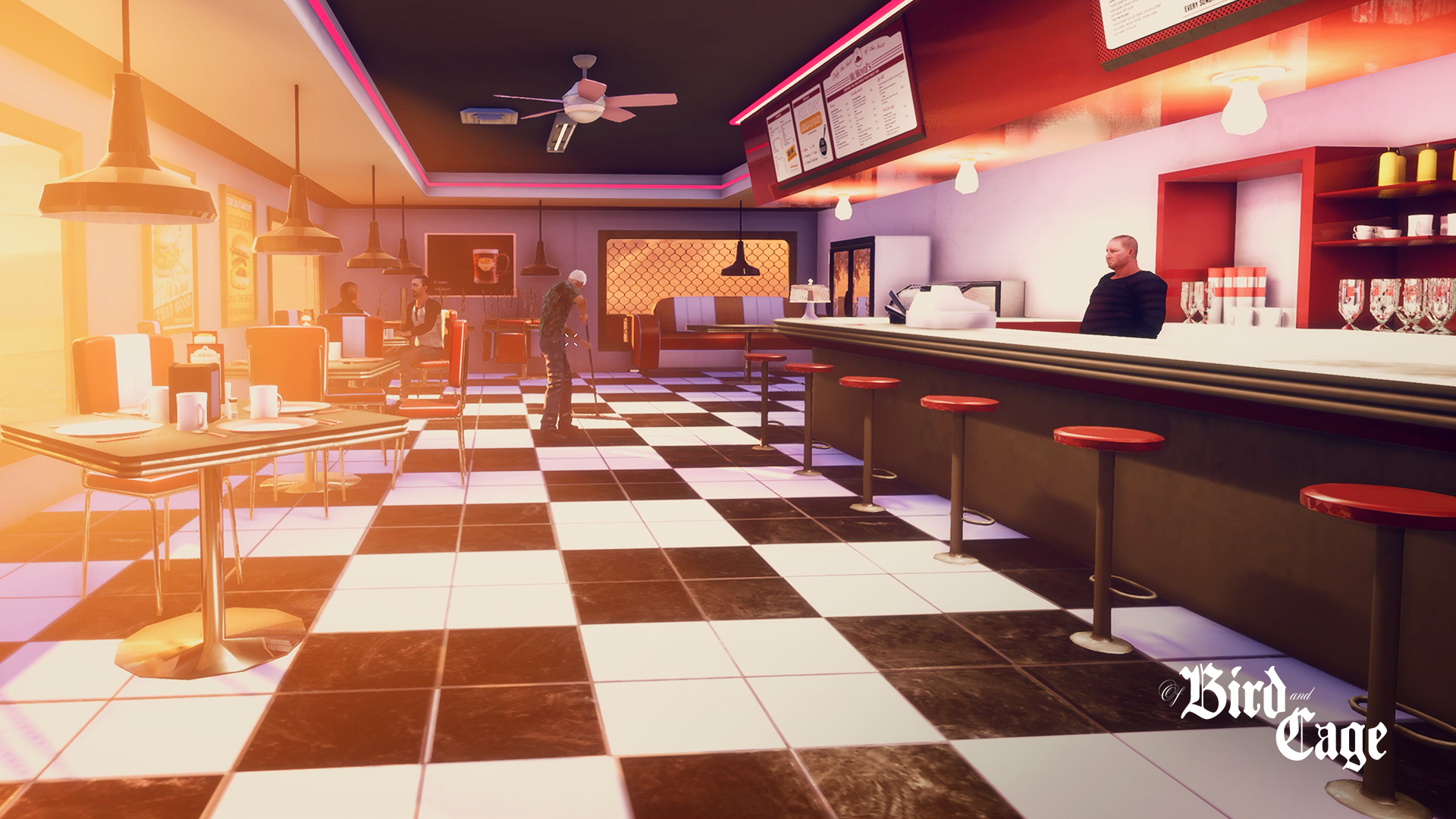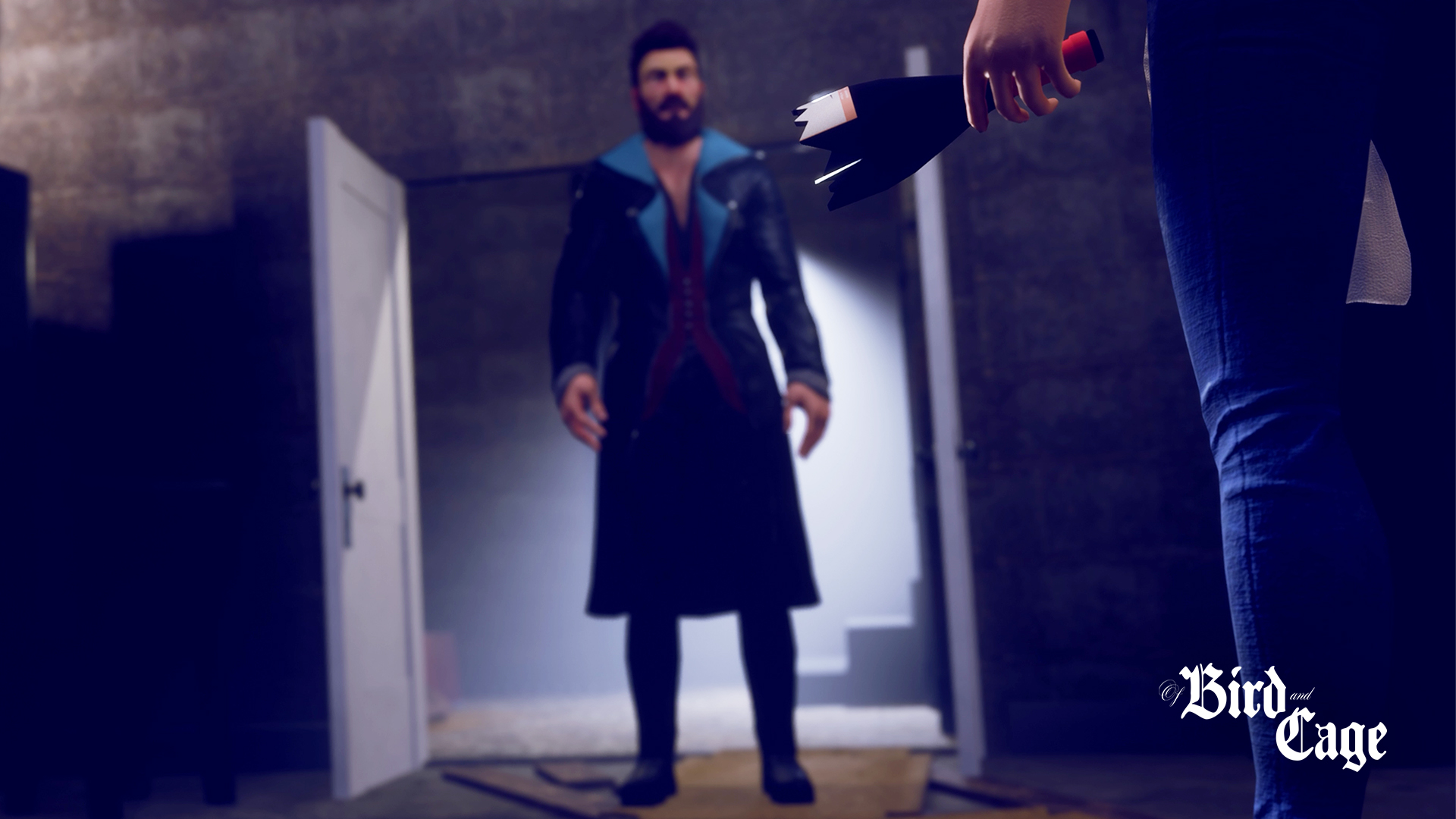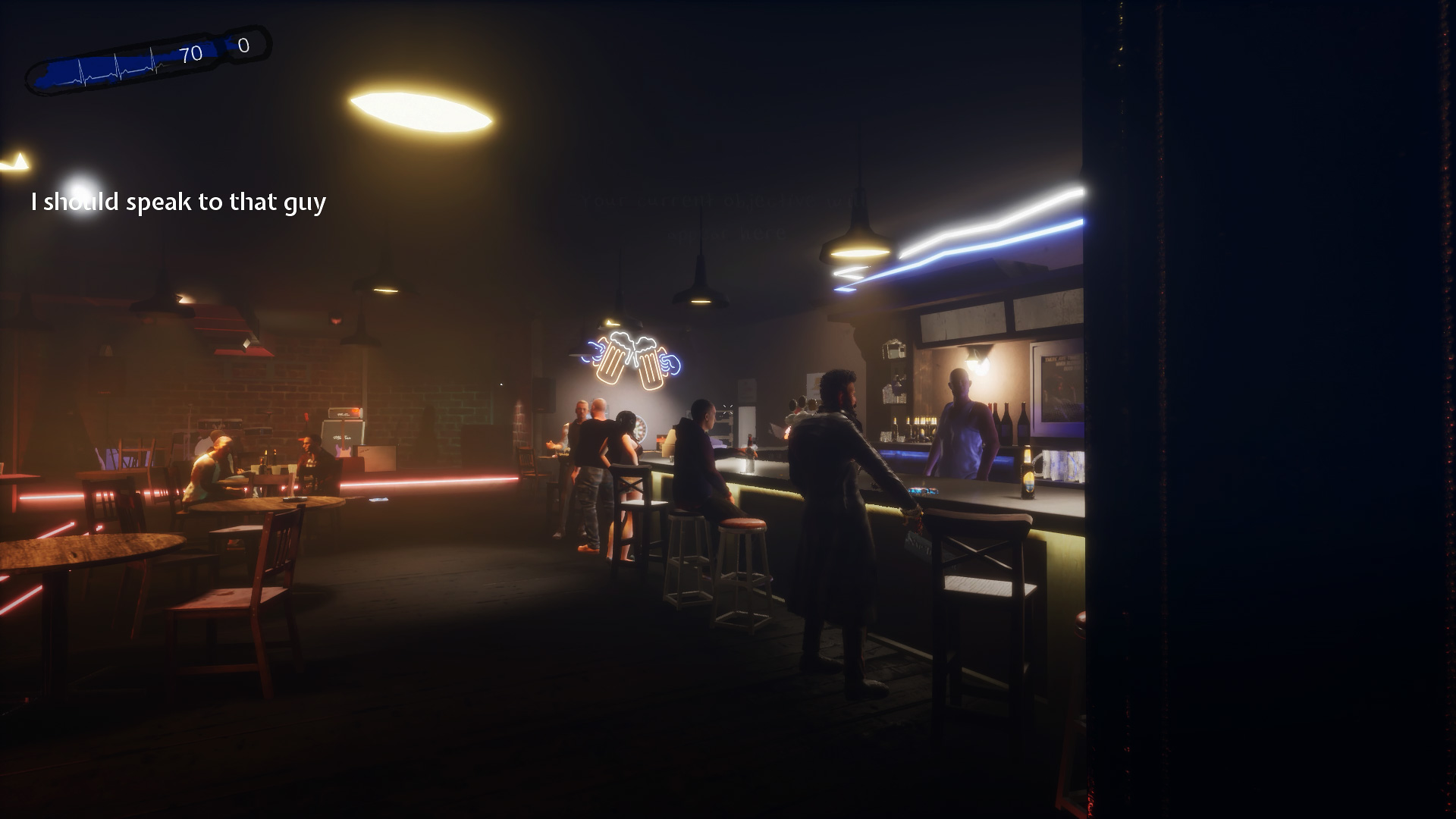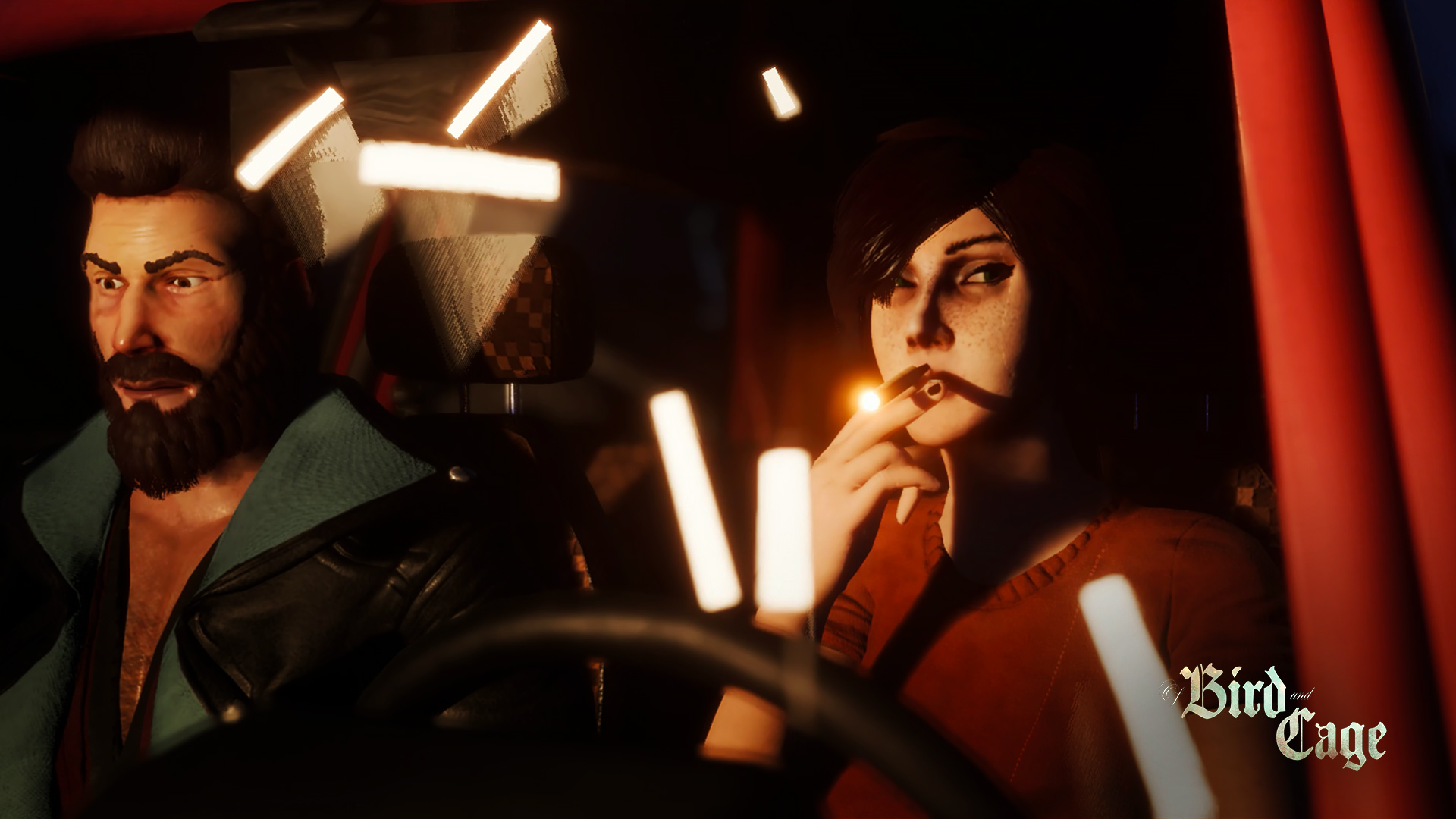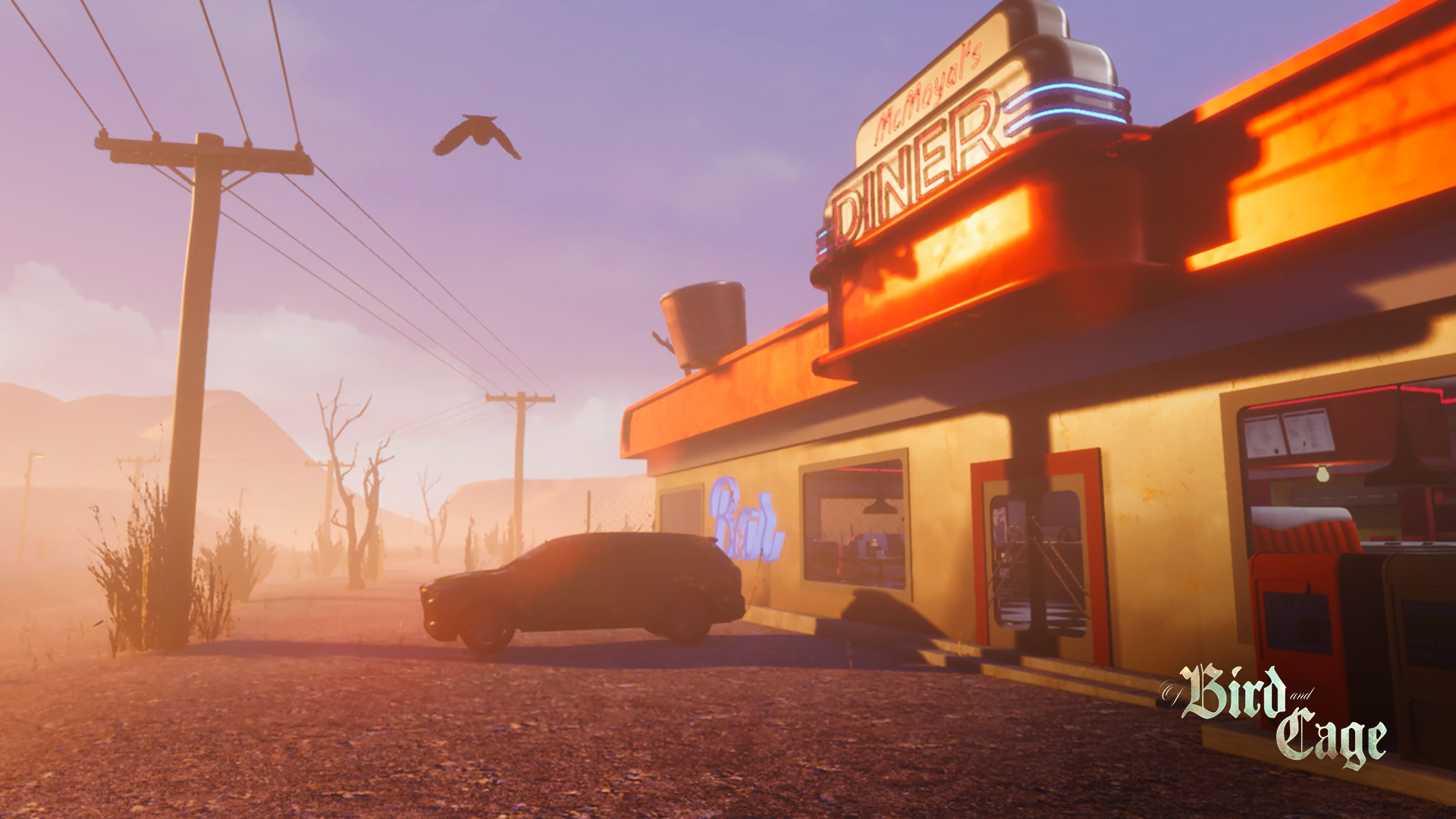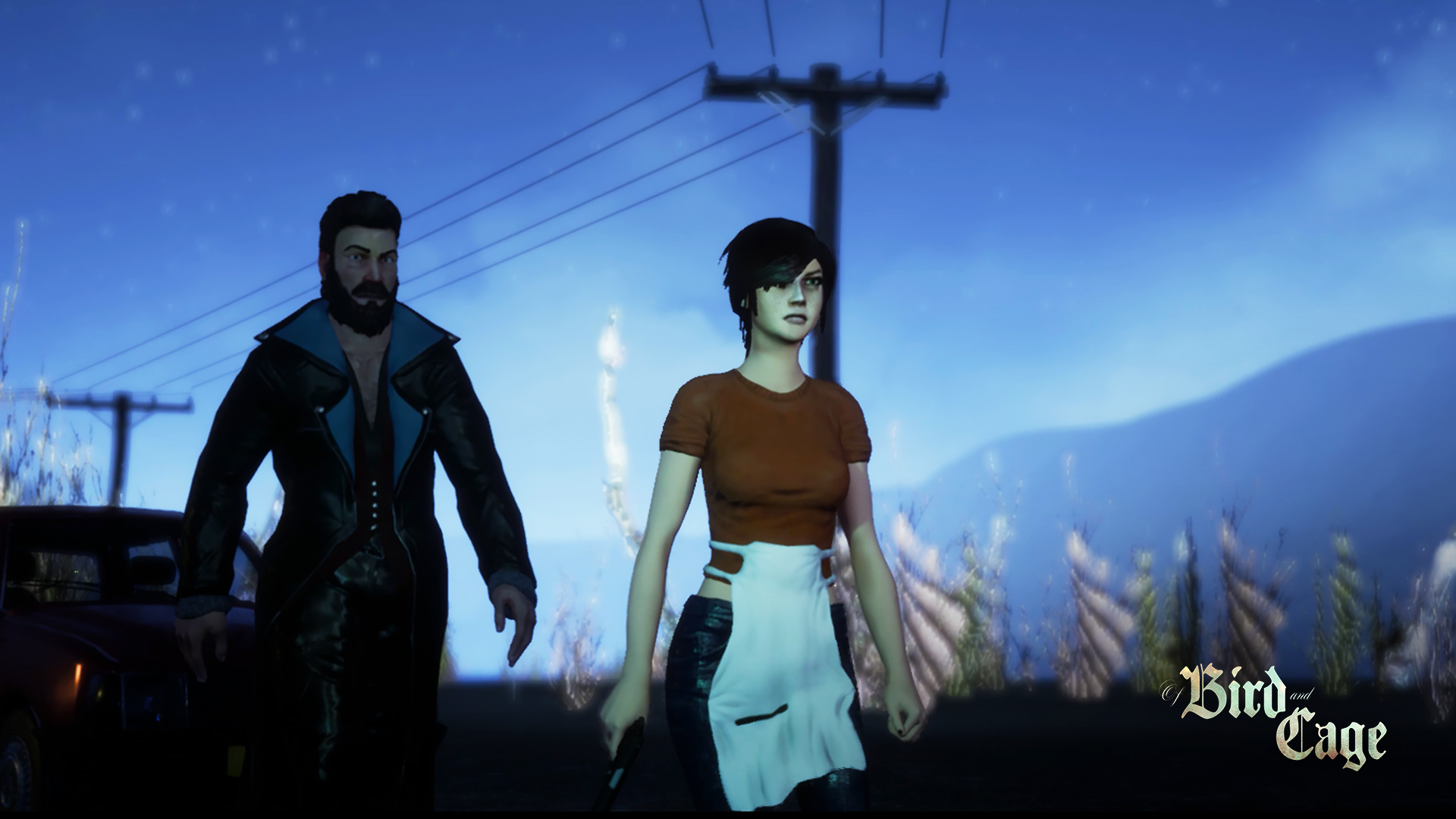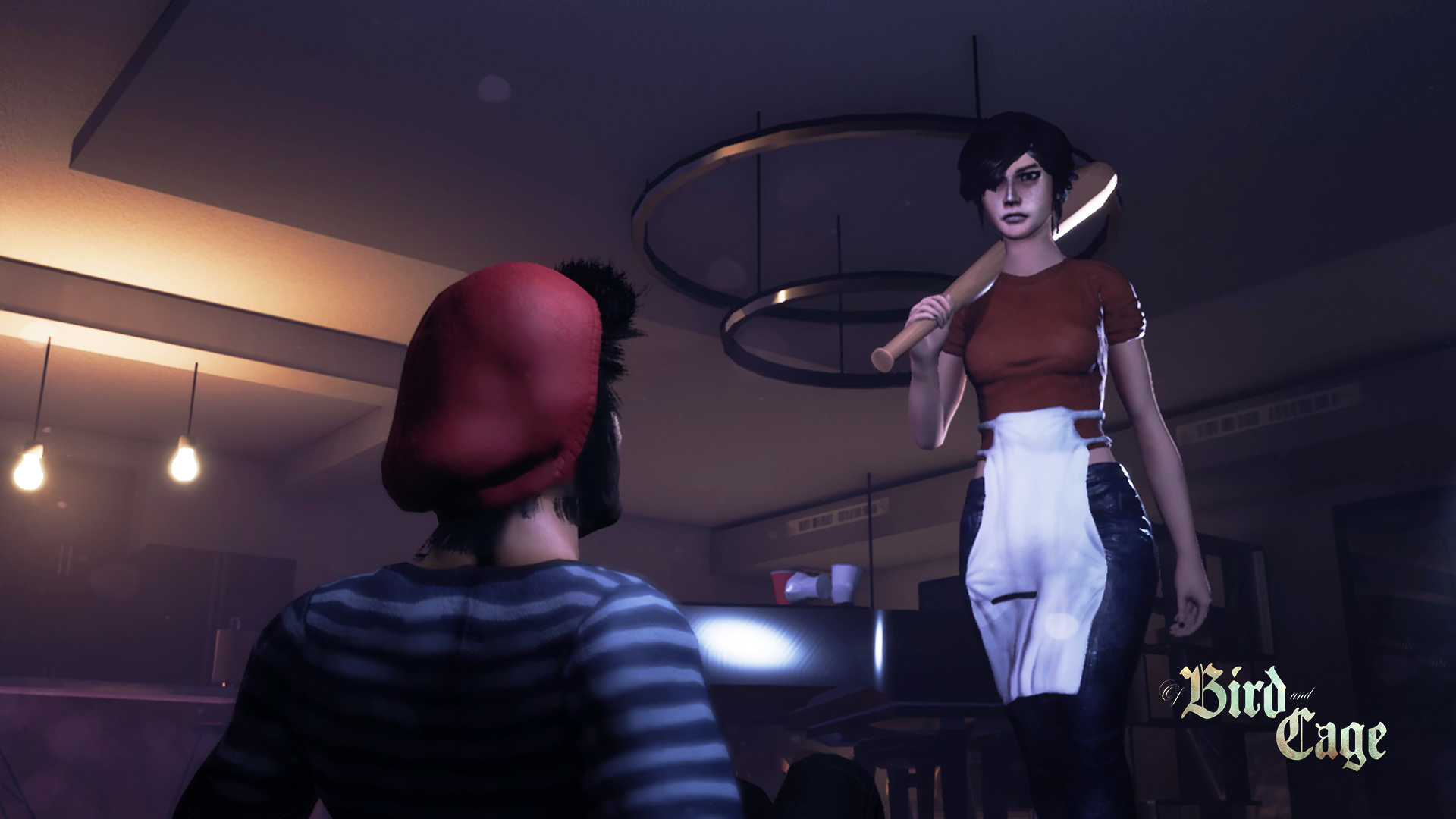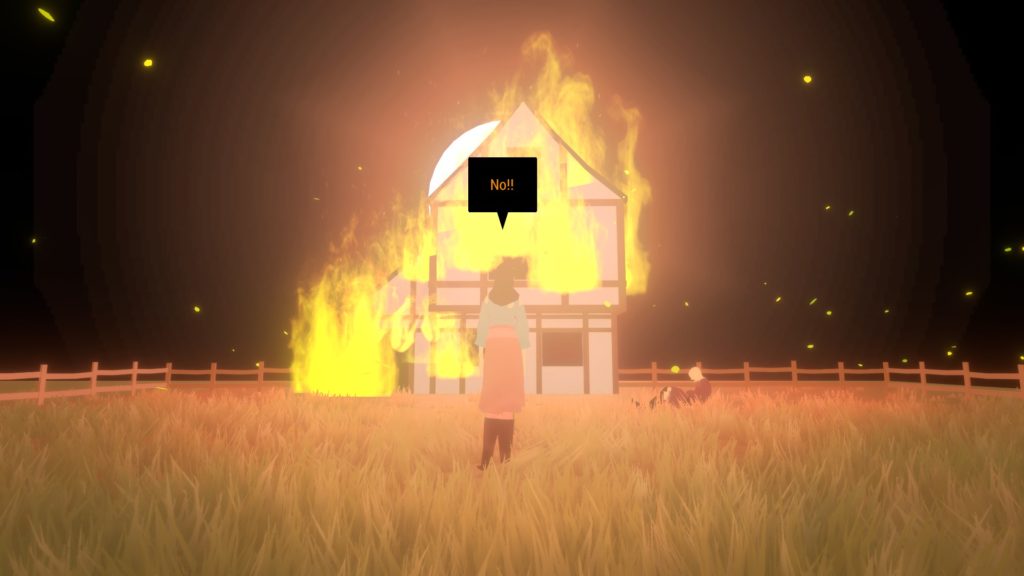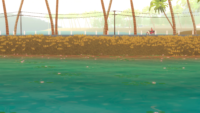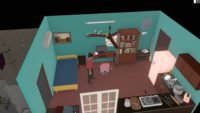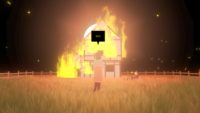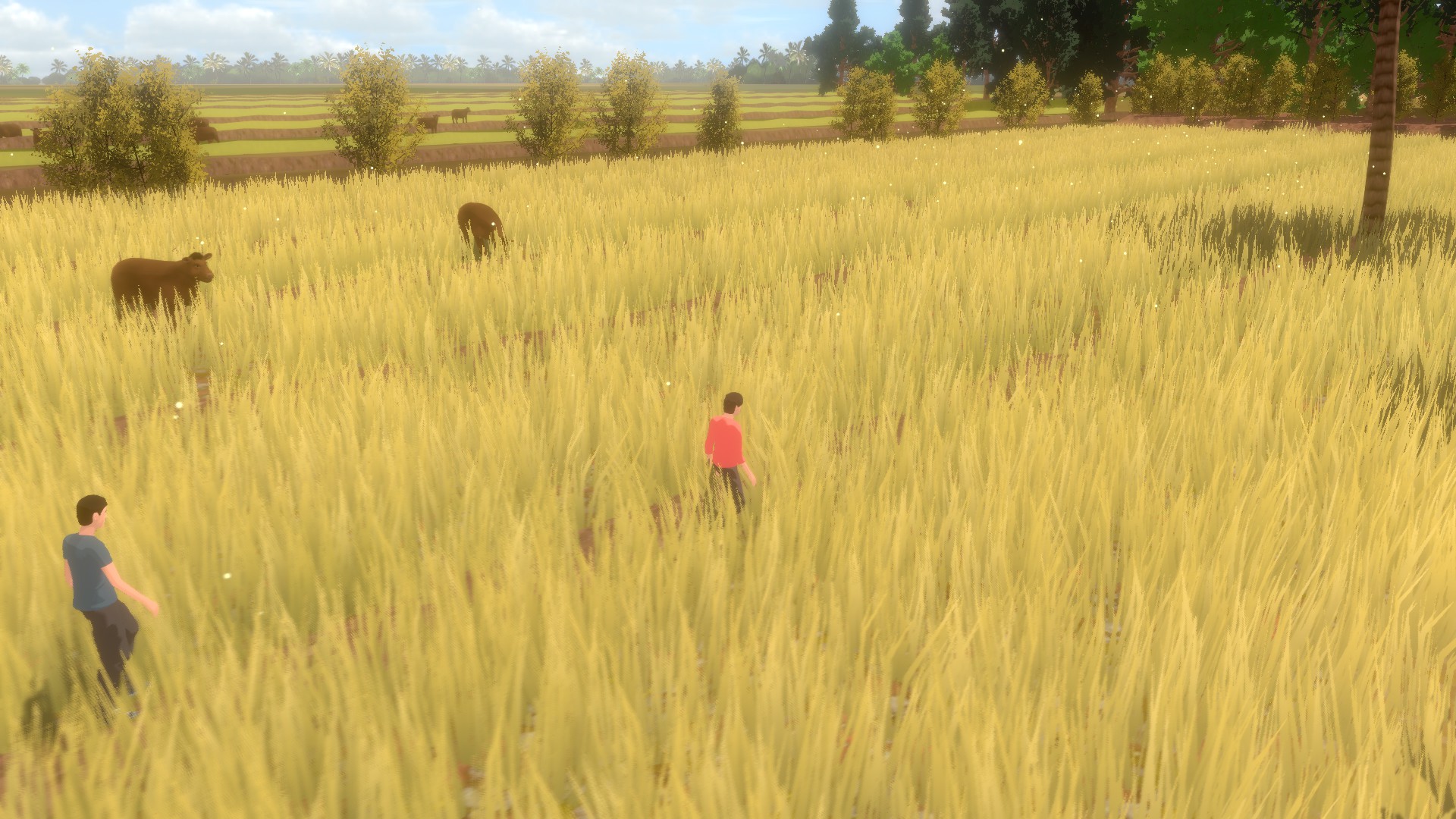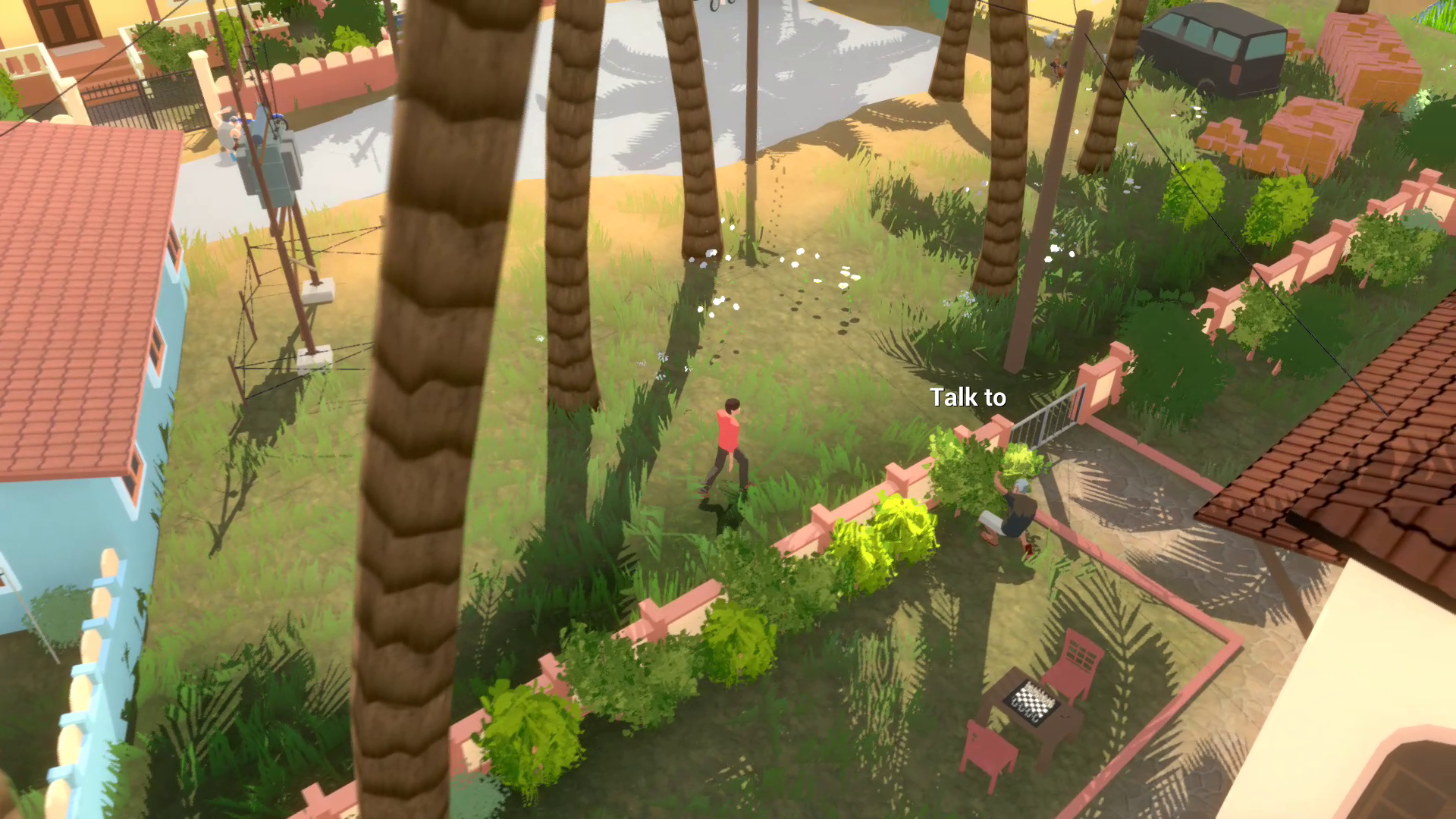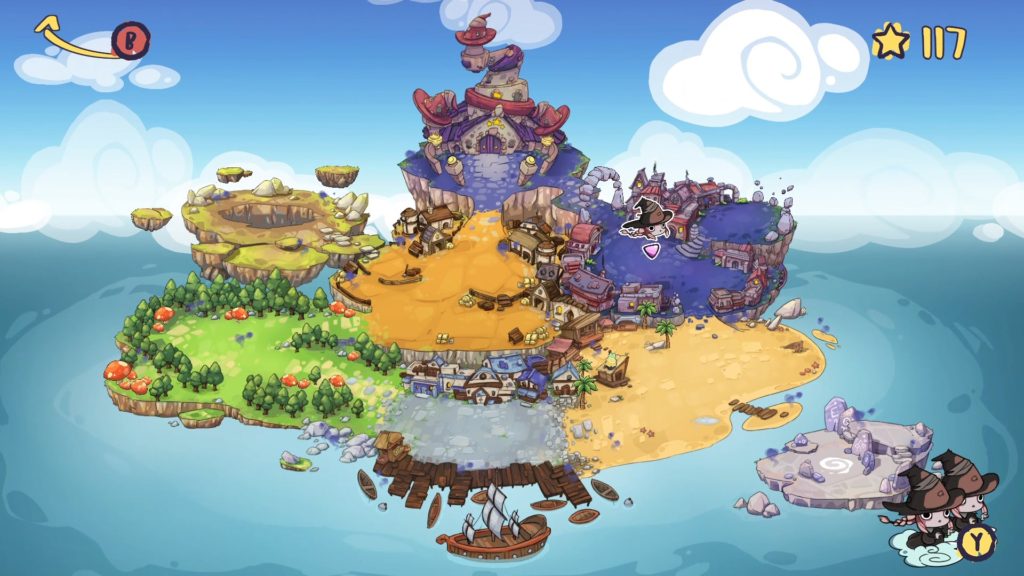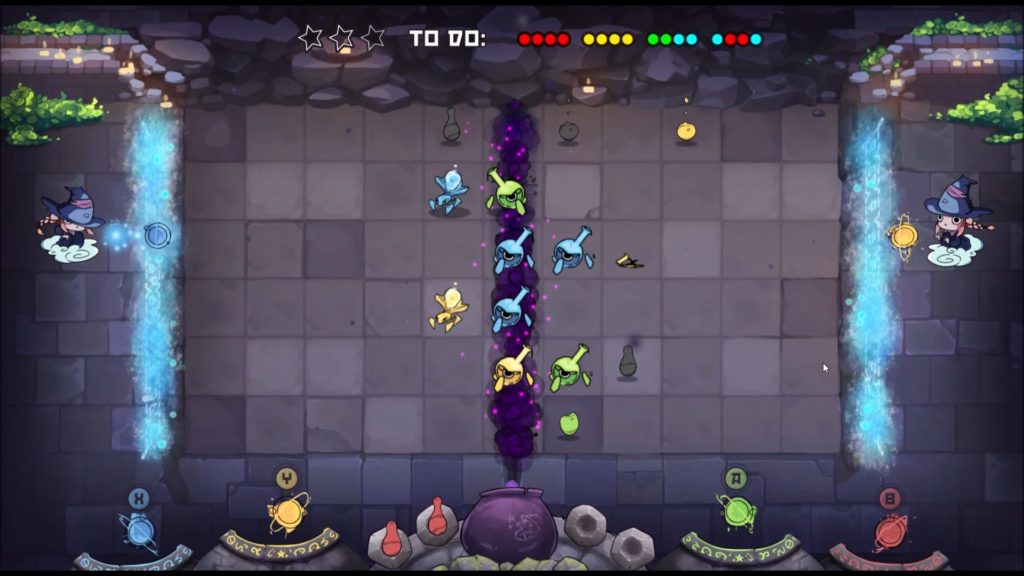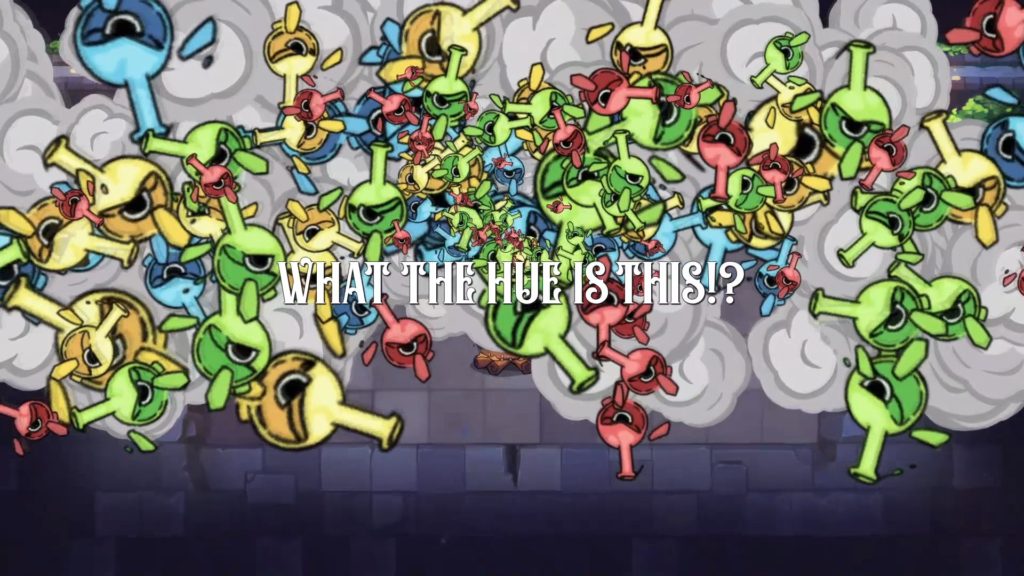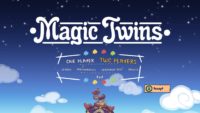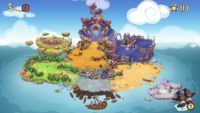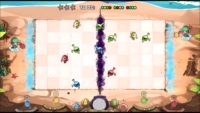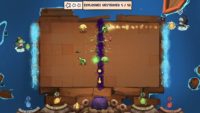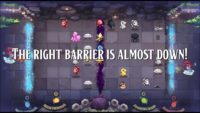A Juggler’s Tale
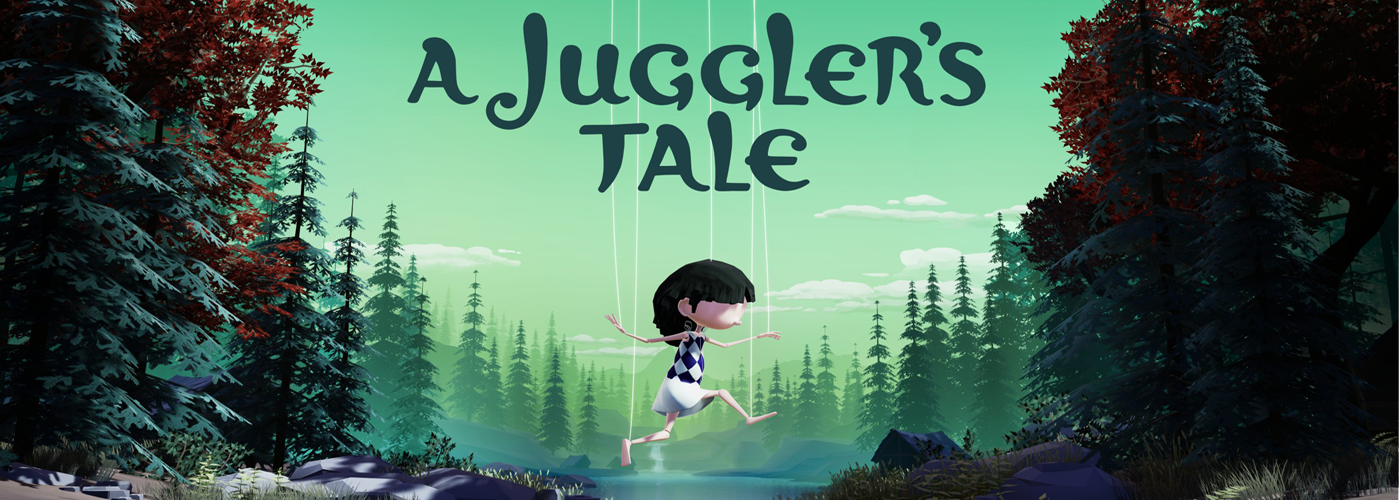
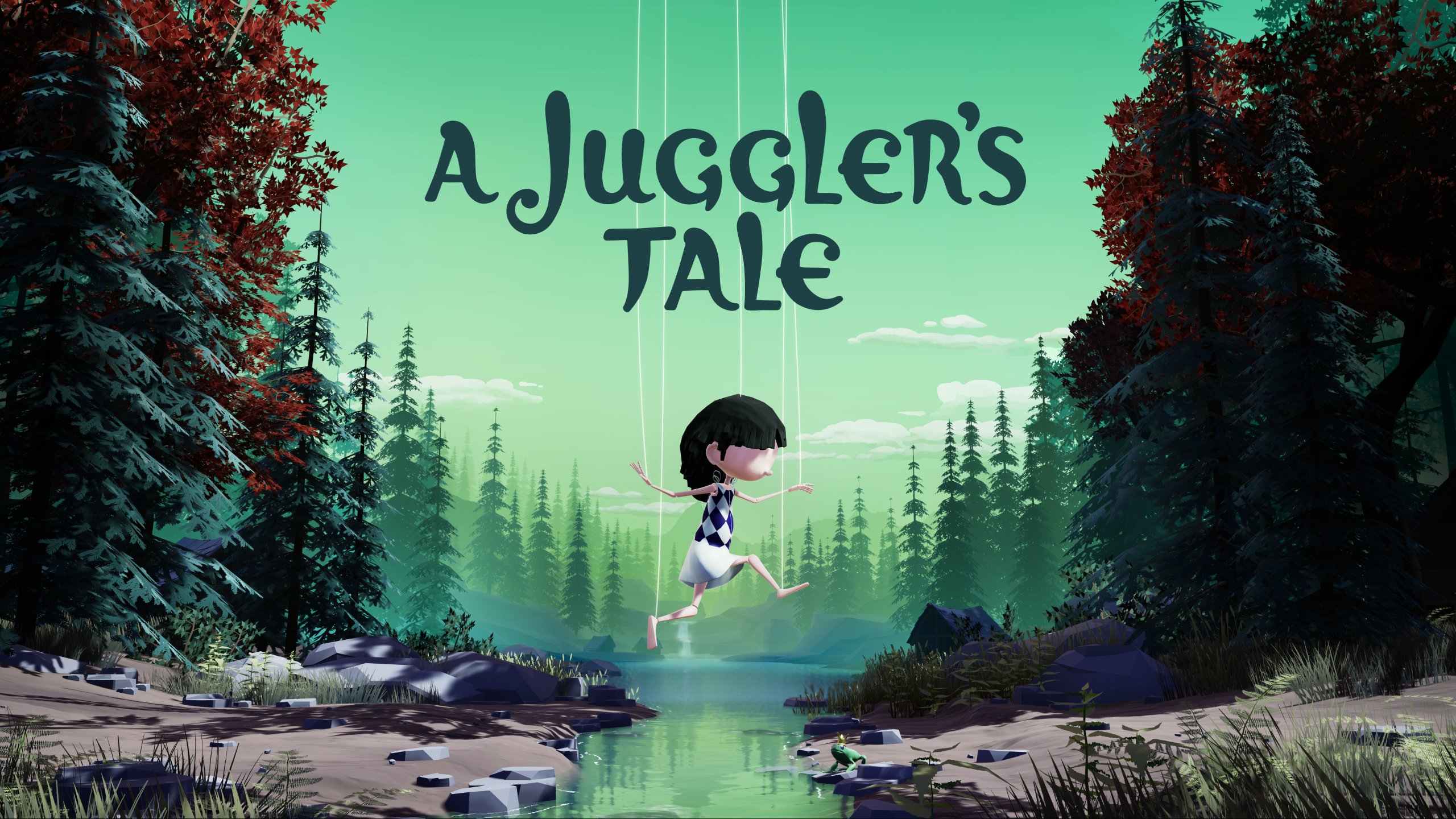
Blue Fairy: Yes Pinocchio, I’ve given you life.
Pinocchio: Why?
I don’t want to go visiting the intentions of why indie devs make “Small Child Scary World” games. Now, I’m not saying that indie devs are suppressing some sort of contempt for children. And I’m certainly not speculating that many of them are recent parents, sublimating the stresses of caring for small people, but some folk out there are certainly making games to work through some things. And I love it.
A Jugglers Tale by Kaleidoscube is a short but very well executed “Small Child Scary World” game. In it you’ll run to the right, solve puzzles and occasionally die violently. If you liked Playdead‘s Limbo or Inside then you will certainly like this.
At A Glance
| Scores | |
| Visuals | 8/10 |
| Sound | 8/10 |
| Gameplay | 7/10 |
| Overall | 7/10 |
| Positives | + Gorgeous environment + Rewarding puzzles + Innovative storytelling |
| Negatives | -Very short -Movement feels sluggish -Juggling not a major concern |
| Price (When Reviewed) | £12.99 |
| Our Playtime | 4 hours |
| Available On | PC, Xbox One, Xbox Series X|S, Nintendo Switch, PlayStation 4, PlayStation 5 |
You play as Abby, a puppet. The game opens with The Narrator setting the stage in a puppet theatre, with each line delivered in a sort of sing-song rhyme similar to a fairy tale. The story and gameplay is broken up into chapters, each adding more pressure and darkness to Abby’s world. The start of each chapter begins on a stage with an artificial façade of painted panels which transitions to a real world as you move to the right of the screen. It’s a nice little thematic trick which combines well with the narration to reinforce the main objective. Which is to tell a good story.
A Juggler’s Tale is a 2.5D sidescroller with simple movement and traversal mechanics. There aren’t any pixel perfect jumps to be made though and for the most part A Juggler’s Tale is quite forgiving, with Abby doing a lot of work for you by grabbing ledges and climbing objects on contact. I was playing on PC and unfortunately I found the controls and movement to feel a bit sluggish. Particularly with throwing objects, the mechanics don’t seem to lend themselves well to using a mouse and keyboard, though I expect if I’d used a controller I’d have had a much smoother experience. Similarly Abby seems to move just a little bit too slowly which could just be down to my own impatience or a deliberate choice to make Abby feel more like a puppet, but even by design it still felt restrictive.
The platforming and traversal isn’t the main challenge in A Jugglers Tale though, it’s the puzzle solving. Kaleidoscube have created a great set of puzzles and, as is usual for this sort of experience, they’re mostly focused on throwing or pushing objects or sequencing actions. Being a puppet on strings adds an interesting restriction to your ability to solve problems though. You’re unable to walk under ledges or platforms as your strings get in the way. They can also catch and pull on some objects so you need to be mindful of your surroundings. Looking for ways to interact with the environment which aren’t immediately obvious was a nice change of pace. Rather than the usual ‘move the box onto the button’ puzzles that are commonly presented challenges in this genre. The strings add a layer of complexity to some of the puzzles and neatly lines up with Abby’s character development later on. It’s an innovative mechanic which unfortunately Kaleidoscube have severely underused; it only crops up in only a handful of puzzles which seems like a travesty given the already short playtime. Despite that, some of the puzzles were tricky enough to slow me down; I regularly found myself having to stand back and take in the scene to figure out what I was missing and why I couldn’t find out the solution. This could be because the devs don’t hold your hand too much. The art style is clean and conveys enough information to the player if they’re willing to just look for clues themselves. There aren’t any overblown UI elements, arrows or quest markers in your face telling you exactly where to stand or to essentially solve the puzzle for you. Interactive elements are often highlighted with a red cloth or The Narrator might give you some clues in his condescending way but it isn’t heavy handed. I’ve played puzzle platformers where problems are all but solved for you, with each element highlighted with markers then camera focussing to show you what order to do things. This isn’t the case in A Juggler’s Tale, and when you beat a puzzle you get to feel like you actually solved it which is gratifying even on the more simple challenges.
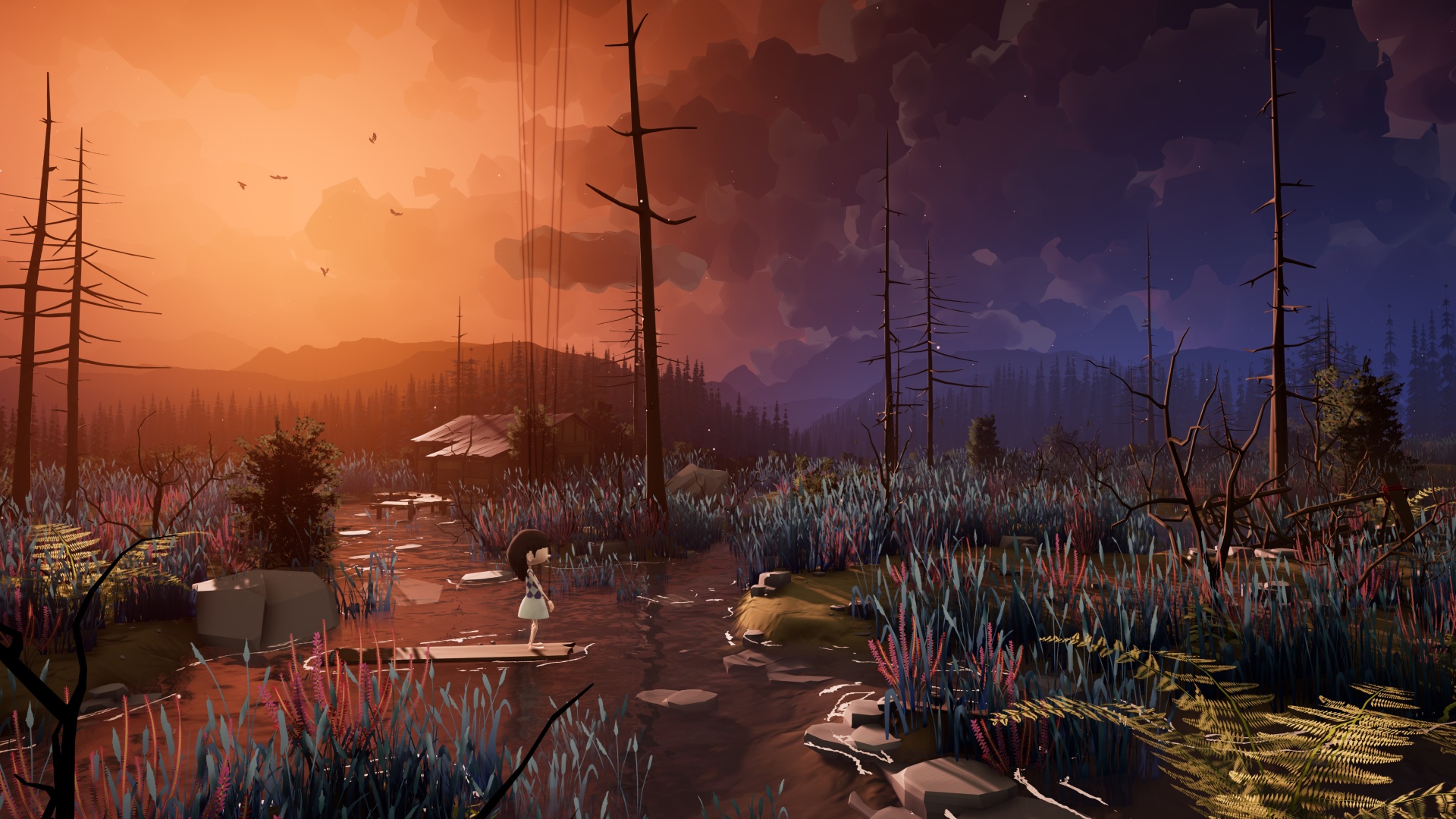
Each puzzle is a scene on its own with The Narrator unfolding more of the story as you solve them. The style of The Narrator’s delivery reminds me of Bastion and The Stanley Parable. In both of those titles there’s a disembodied voice chipping in to snark at your mistakes or just describe what the player is doing, and before long you come to realise they have a bigger part to play in the overarching story. Similarly here, he interjects from time to time as you push a box or throw an apple – The Narrator also appears to be the one pulling your strings. The delivery is excellent, each line is a poetic little rhyme that could have been lifted from a children’s book of fairy tales. In the beginning he’s talking to you, as if he’s reading a bedtime story to the player. Over time he switches to speaking directly to Abby, sometimes falling off-kilter and messing up his rhymes as you do something unexpected. I can’t describe too much of The Narrator’s role in the story without revealing anything spoilery but it’s implementation is stellar in an “unreliable narrator” kind of way.
Abby’s story starts out with her performing in a circus. Here you learn about jumping, throwing and climbing and why you should always trust bears, and that bears are our friends. After a brief stint in a cage and some musings from me about how far we’ve come with child labour laws, Abby flees to find a new life. As you follow her journey you’ll pass through some of the best looking landscapes I’ve seen in games for a long time. It seems such a shame that you pass through each set piece so quickly, which could offer an explanation as to why Abby’s movement feels so anaemic – if I was the art director for A Juggler’s Tale I’d take it very personally if players were allowed to blitz past all that hard work. The art style and sound design have clearly been a labour of love. Earlier in the story the themes are bright and summery and reinforce an almost child-friendly atmosphere of adventure and cutesy hijinks. That doesn’t stick around though, and as you progress the story the environments get progressively more spooky and austere as Abby’s journey takes a turn for the worse. Initially the colourful puppets seemed safe but I slowly realised just how creepy they are. I had a great moment of dissonance when I started a puzzle and found myself saying “Oh, that’s a corpse on a rope” and it gets more bleak from there.
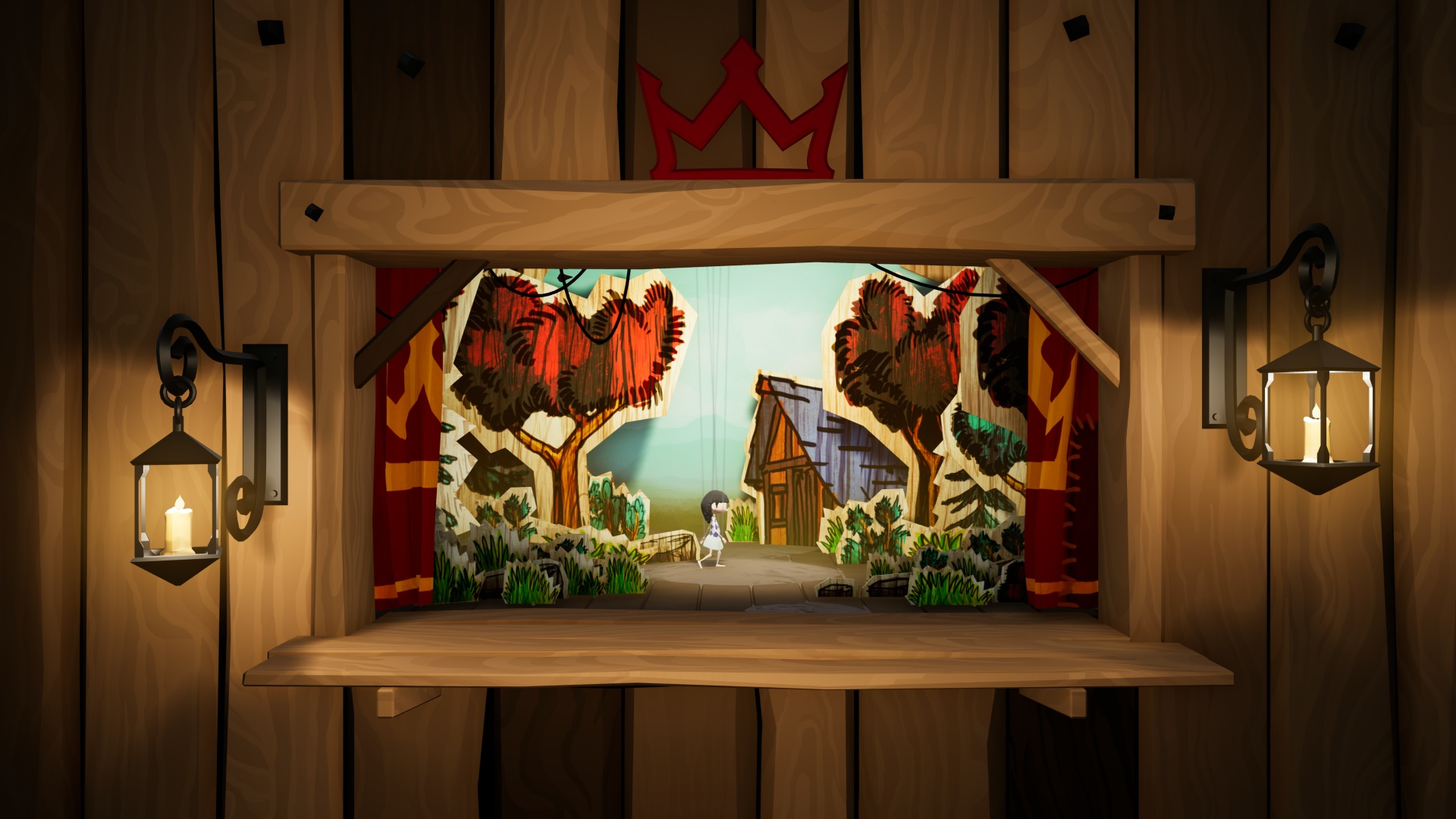
I promised myself I wasn’t going to rant about the spider…. I’d like to offer an open letter to indie devs making games in this genre.
Dear Indie Devs
I hope this letter finds you well and that you aren’t overwhelmed by constant intrusive thoughts of committing horrible violence to small innocent people. I have noticed a trend in the Small Child Scary World Genre, and I have a question which I feel demands answers.
Why? Why is it ALWAYS spiders? Do you get some sort of subsidy from the Spider Underlords that run the gaming industry? Limbo famously has the spider scene. I played Out of Line recently, what do you spend a lot of time running from? Spiders. Even Abe’s Oddysee has you sprinting away from what is basically an alien spider. Kaleidoscube, you start A Jugglers Tale by introducing a friendly bear, I propose that there is a better way to spook up Small Child Scary World games than to add the spider. GO WITH THE BEAR.
Yours Sincerely,
Odi
Jokes aside, A Jugglers Tale does tread a lot of ground already covered in similar titles. It does a fantastic job but unfortunately doesn’t overcome some of the limits of the genre. There isn’t a lot of complexity or intrigue to dig into or a system to unpick and optimise, but the worst hangover it inherits from the genre is being very short.
I’m usually ready to defend a game’s length; short games can be just as worthwhile as long ones, but A Jugglers Tale feels very short. You can easily beat it in one sitting, and I actually played it twice to see if a choice mattered later in the story. On my second run, knowing all of the puzzle’s solutions, I flew through the whole game in no time. As enjoyable and memorable as it is, this is a one-and-done experience. This might make the price point of the game rub people up the wrong way and I’d struggle to argue with that. The cash is definitely on screen and I’d say you get more than what you pay for, but if you’re on a tight budget for games then on a purely game-length-versus-price it isn’t for you.
Other than length I have very few real criticisms of A Jugglers Tale; Kaleidoscube have knocked it out of the park. What they’ve made is a very tight experience which is both harsh and beautiful, I just wish there was more of it.
In the interest of full disclosure, the publisher provided VGamingNews with a copy of the game in order to conduct this review.
Radio Viscera
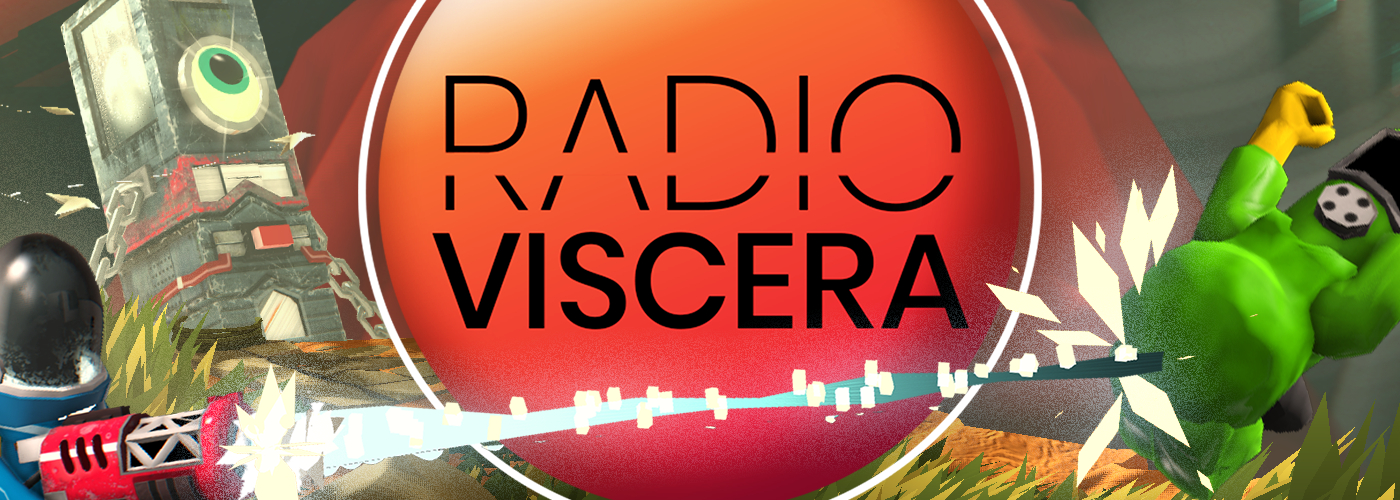
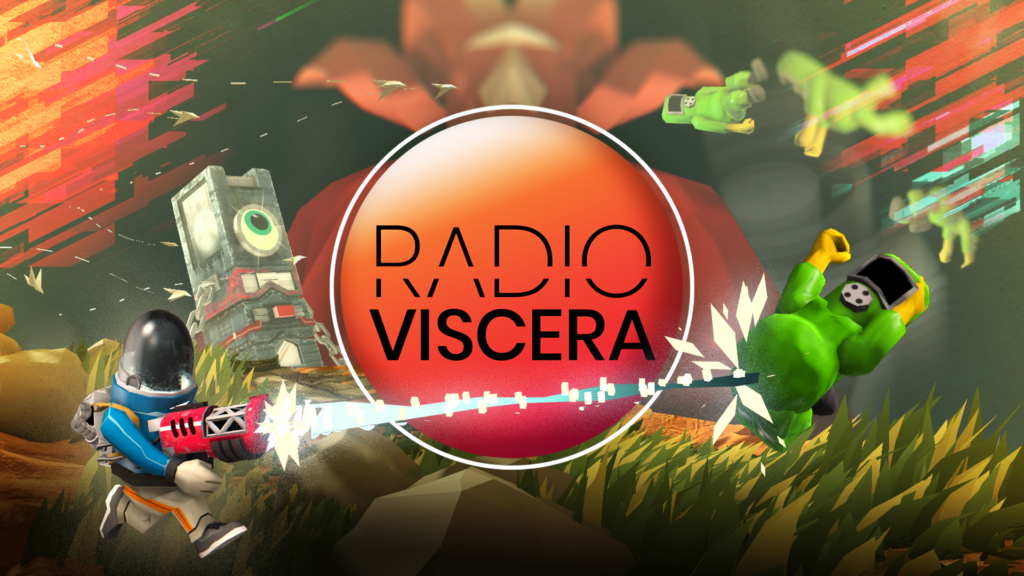
Don’t you just hate it when you wake up and you’ve accidentally joined a cult? It’s proper annoying having to fight your way past hordes of people just because you agreed to something when you’ve had a few too many, especially if you’ve ended up in a compound full of mindless minions and surrounded by dangerous pointy things. That’s why when Radio Viscera crossed my desk, it felt like the first time someone had truly understood what a struggle escaping cults can be.
At A Glance
| Scores | |
| Visuals | 6.5 /10 |
| Sound | 5 /10 |
| Gameplay | 8 /10 |
| Overall | 7 /10 |
| Positives | + Fun twin stick shooter + Perfect controls + Cartoonish violence is great |
| Negatives | – Sound and design a little lacking – No clarity on puzzles – Can be a little too overwhelming |
| Price (When Reviewed) | £15.49 |
| Our Playtime | 7 Hours |
| Available On | PC |
Radio Viscera is a twin stick shooter from one man team, Owen Deery, AKA Fire Face Corporation, that has you waking up in a compound full of Y2K ‘enthusiasts’ after some sort of workplace accident. Not wanting to belong in this sinister environment, our nameless and faceless hero decides to blast their way out, but there’s only one problem… The game handily informed me that to make progress through the various compounds, I must only dispatch enemies using the environment rather than killing directly… that ‘workplace accident’ is suddenly starting to make sense. Thankfully there’s a prototype Air Powered Evacuation Device on hand that, in essence, expels any bad guys from your personal space and is powerful enough to break through walls. Handy!
When I busted through the first few walls in Radio Viscera’s apocalyptic setting, I knew I was in love with this game. In the 7 hours of game time I was essentially playing through a game of Total Wipeout, except enemies weren’t bouncing off those big red balls, they were becoming big red balls of blood and guts. The industrial setting to Radio Viscera certainly allowed for interesting hazards for those hazmat-suited baddies to meet their end in, – early examples ranged from gigantic saws to molten metal pits, and as the journey continued, the hazards became even more entertaining. In one particular room early on, it felt like a game of pool – trying to get each enemy into a different hazard that occupied one of the corners in the room and the only thing missing was an announcer saying, “Green goon to centre fire pit”. In fact the game has a fairly limited soundtrack and could have done with more sound across the board. There isn’t much of a backing track, save for the transitions between levels, so we’re left with the various whirs of ‘gun’ fire, the clattering of walls being broken and the sound of squelching bad guys as they meet their doom.
The level design of Radio Viscera is equally basic as it served its purpose of housing an abundance of killing methods and the obligatory hidden collectables, but not much else. The isometric camera gave a decent, if a little restricted look over the action, but I felt the ultra bright cartoonish characters contrasted really nicely to the rather drab backgrounds of industrial greys that made up the complex system of mazes. After a while, the environments became repetitive to look at in such a way that they blurred into one. I don’t want to knock the work that Fire Face Corporation put into the level design, rather I think the danger of setting any game in, what is in essence a rather large metal shed, is that it proves a fountain of knowledge for cool dangers and ways to explode those cultist extremists, but it leaves very little variation for the aesthetic of the game.
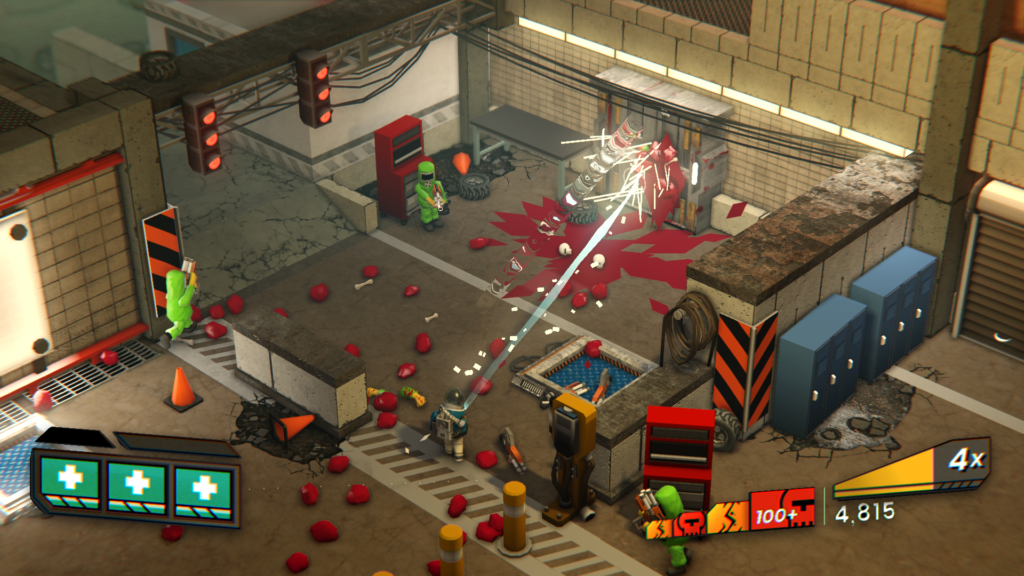
Most of my fun came from the controls themselves and Radio Viscera made the right choice focusing on gameplay over visuals, with a true twin-stick setup that treads the fine line between being too-twitchy and too-sluggish perfectly. Most of the time I felt I was on the cusp of losing control over my masked guy, but by the same token I was always able to stop with pinpoint accuracy and able to nimbly dodge oncoming bullets – especially handy when the game often threw everything at me. This could be a little overwhelming at times as the screen fills with countless minions, all asking to be yeeted into the nearest furnace, but I will say no matter how busy the action got, my woefully inadequate PC never buckled under the pressure.
The only slight issue I had withRadio Viscera is that it can be a little unclear what has to be done in order to proceed. In the first compound, I spent a good while looking for a switch to open a set of large doors that I couldn’t blast through. As it turned out, I simply had to eviscerate a fair number of workers for the doors to eventually open. It’s little quirks like this that could have been solved by a simple counter or a better objective arrow, rather than the tiny one that just guides you to the next room.
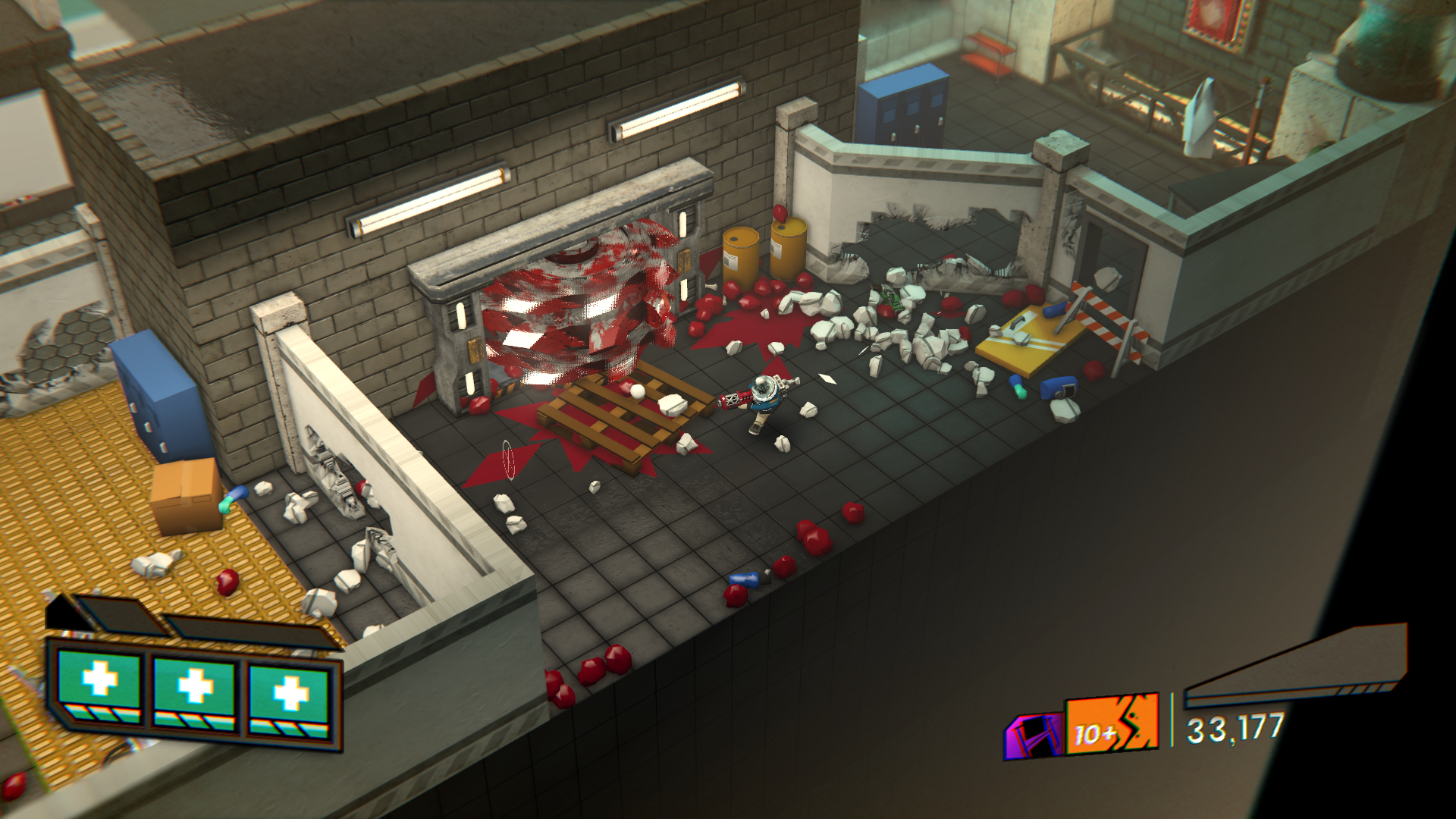
Radio Viscera is an entertaining romp through the camp of Y2K cultists to say the least. The twin stick shooter manages to tick a lot of boxes and make you forget the few negatives. While the setting is a little ‘by the numbers’ and some of the puzzles could have been implemented slightly more effectively, you’re left with a relentless and comical game that doesn’t overstay its welcome. With fast paced controls that are perfect to a tee and cartoonish violence everywhere, Radio Viscera accomplishes what it sets out to be – a fun shooter experience and you can’t fault it for that.
In the interest of full disclosure, the publisher provided VGamingNews with a copy of the game in order to conduct this review.
Lake


Neither snow nor rain, nor heat nor Stop signs stays these couriers from the swift completion of their appointed rounds.
-United States Postal Service (probably)
Lake by Gamious is a game about making choices in the face of stresses that come with the inertia of life. It’s a surprisingly zen escape from a classic “game” structure and a peaceful jaunt if you’re looking for some low stakes entertainment.
At A Glance
| Scores | |
| Visuals | 8 /10 |
| Sound | 7 /10 |
| Gameplay | 4 /10 |
| Overall | 7 /10 |
| Positives | + Peaceful + Graphics are on point + Well written |
| Negatives | – Driving sections get stale – Voice recordings sound slightly out of place – A few too many railroad choices |
| Price (When Reviewed) | £15.00 |
| Our Playtime | 7 hours 45 mins |
| Available On | Xbox Series X|S, PC |
The unfolding story is really the point of Lake. To that end I wouldn’t want to reveal any story details and can only really speak to what Gamious have said on the front of the box, to keep from spoiling anything. You take on the role of Meredith Weiss, who will have a decision to make after two weeks covering for her father at a mail delivery job in the absolute FANTASY land of Providence Oaks circa 1986. A fantasy land because it’s magic? No. Imagine this; a place where posted packages leave the dispatch office and are delivered on the first round without a “Sorry we missed you” message through the door. A place with parking available on every street at all times of the day. A place where a person is free to make social plans for later IN THE SAME DAY and then both parties actually show up to enjoy each other’s company. It sounds idyllic, but I have an easier time believing Ezio Auditore’s knees still worked beyond the age of 40.
I don’t want to sell the game short, so let me address that 4/10 ‘Gameplay’ rating. There isn’t a huge amount of typical gameplay in Lake, and that’s clearly by design. When you first dive in, Lake sets the scene for the story then drops you into a quick tutorial, explaining the technicals of walking up to a mailbox and putting pieces of paper into it. After that you’re instructed on moving boxes from the back of a truck to a front door. From there you’re free to begin your two-week career of flaunting local traffic ordinances. Most of your time will be spent driving the mail truck and in dialogue options that further the story. “Neither jeopardy nor skill tests nor time limitations will stay your experience”. You literally can’t get it wrong. Navigation and driving represent the overwhelming majority of the gameplay and there’s nothing you can do to create a fail state with the truck. You can’t damage the vehicle or anything else (I tried) and the walking speed is just slow enough that you will often choose to get back in the truck to move just one door down the street, you won’t be doing this on foot.
Providence Oaks isn’t a huge place; the map shows mailboxes (probably people and houses too, but who cares, they’re just addresses to a dedicated mail carrier like yourself) scattered around the outside of the gorgeous titular lake. It will take you about 10 real-life minutes to circle the whole thing which is fine the first time around, but in the midst of the second week you’ll certainly be tired of the drive. Mercifully there is a fast travel mechanic that allows you to click a few points on the map and jump close to your destination. There’s also an autopilot option on a few other key points which will allow Meredith to drive the truck to that destination with no input from the player. Cruising along the lakeside roads is a calming experience but it had me wondering if the player were needed for any of this at all, or maybe if I was missing the point. I don’t believe that an activity has to have stakes for it to be worthwhile but delivering all that mail for the most part doesn’t further the story, and if the intention is to get you thinking about the choices that Meredith has to make then it’s perhaps a bit too much time between story beats.
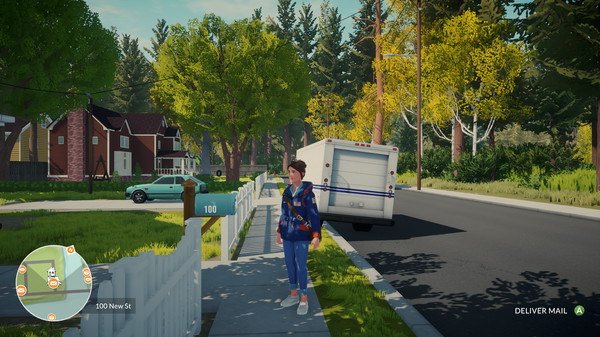
I have to say though, parking your mail van at 90 degrees across the freeway while you have a chat with an old friend at a local diner and watching the traffic pile up in the background is a sick joy I didn’t know was in me. We should also cover the elephant in the room with all this talk of driving and lakes. Can you drive the truck into the lake? Yes, yes you can. I’ll leave it up to you to decide if you should at your own convenience.
From a technical standpoint Lake is very well put together. The environment comes across as very picturesque, with an art style similar to the Telltale Games series The Walking Dead. The graphics hold up very well, with the occasional shadow flicker or texture pop-in that was entirely forgivable. The UI is clean and not overbearing, and since there are a limited number of tasks, you aren’t constantly being nagged by the game to pay attention to some number or timer. The sound works well too though I do have a few niggles with the audio dub for the voices. Each character sounds as though they’re speaking in a perfectly soundproofed room and could have benefited greatly from the addition of environmental audio effects that placed them in the space where the character is speaking. In addition to that there are a few ‘dead air’ moments between, or sometimes during, scenes which can break the pace a bit. I made judicious use of the ‘R’ button to turn off the radio in the van; the music is well performed and sounds thematic but country music really isn’t my thing. That didn’t mean I was driving around in silence however, with the sparse Americana soundtrack of the overworld (with the radio off) does add to your journeys appeal.
The residents of Providence Oaks are a mixed bag. Most of the characters are well thought out and have some sort of interesting internal struggle to overcome, but there is a certain cookie-cutter style to the way they’re written which I struggled to get over. Stereotypes work for a reason and Gamious have used character tropes effectively to shortcut you to understanding these folks without having to exposition dump each time, but it’s quite on the nose. I had to stop a spit take when I was telling myself “Man, we’re just one Sea Captain away from the cast of The Simpsons… oh there he is!” Despite that I still caught myself grinning at their in-jokes and looking forward to how their story threads developed and I liked the people. Each character does behave as their own person and remains consistent in their role which is a definite positive.
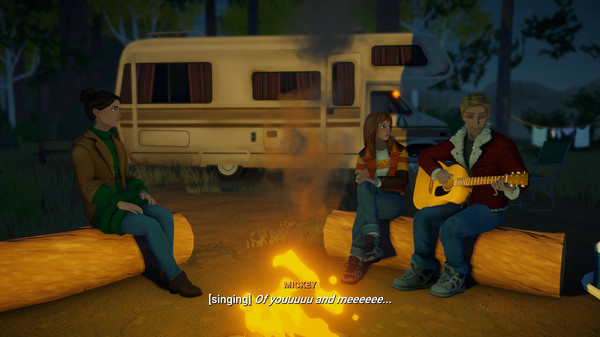
If you’ve enjoyed Telltale Games’ Wolf Among Us or Infinite Fall‘s Night in the Woods you likely have some sense of Lake‘s core appeal. Each day begins with your rounds where you might bump into a character to unfold a new story element, then, once the day’s mail delivery is complete, you pick the rest of the day’s agenda. I wanted to see as much as possible so I took the socialite approach to every choice and saying ‘yes’ to literally everything never caused a problem, which was a little surprising. It would’ve been nice to see a bit more conflict between choices but honestly that’s a theme which seems to crop up every time with these dialogue focused games, and Lake is no exception. Additionally, it sometimes feels as if your character simply cannot say the wrong thing, with the dialogue going the exact same way no matter which option you pick. Sometimes Meredith is empathetically sensitive to the point of being near psychic, and other times you’re given a dialogue choice that boils down to [Be normal] or [Be an asshole for absolutely no reason] which can feel a bit like railroading. Barring that, the story is a good one and achieves what it set out to do, and on balance, I’d say that the ‘no wrong answer’ approach to the story choices works for the experience. By the time the end of the second week rolls around, and the core choice must be made, I really did find myself agonizing over what I would do in this situation.
Lake is certainly not for everyone – I think the lack of things to do would put many players to sleep. It’s a very specific experience that tries as hard as possible to take as much ‘game’ out of the game and leave you only with the relaxing story element. And on balance, I’d say I enjoyed my time with Lake; I breezed around that leafy town not knowing if what I was doing mattered or if I really cared about that or not. It’s like having a day off work without any plans – the world is your oyster and there’s absolutely no pressure. I should have been arrested many times by the local traffic cops and at least had to pay for that guy’s garden, but in the end Meredith’s idyllic break-away from the office was a welcome one that rubbed off on me.
In the interest of full disclosure, the publisher provided VGamingNews with a copy of the game in order to conduct this review.
Of Bird And Cage
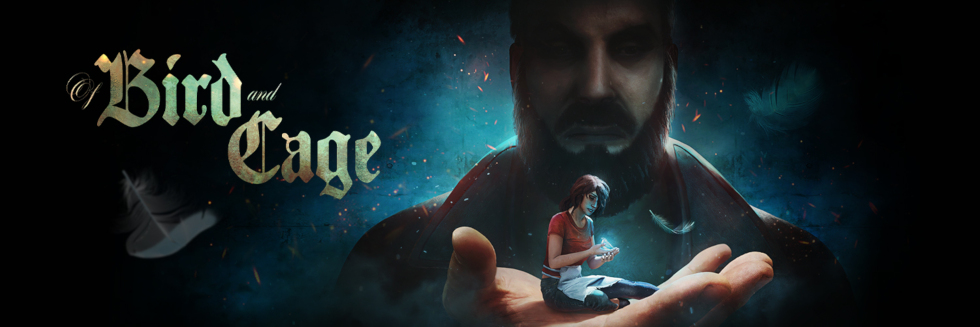
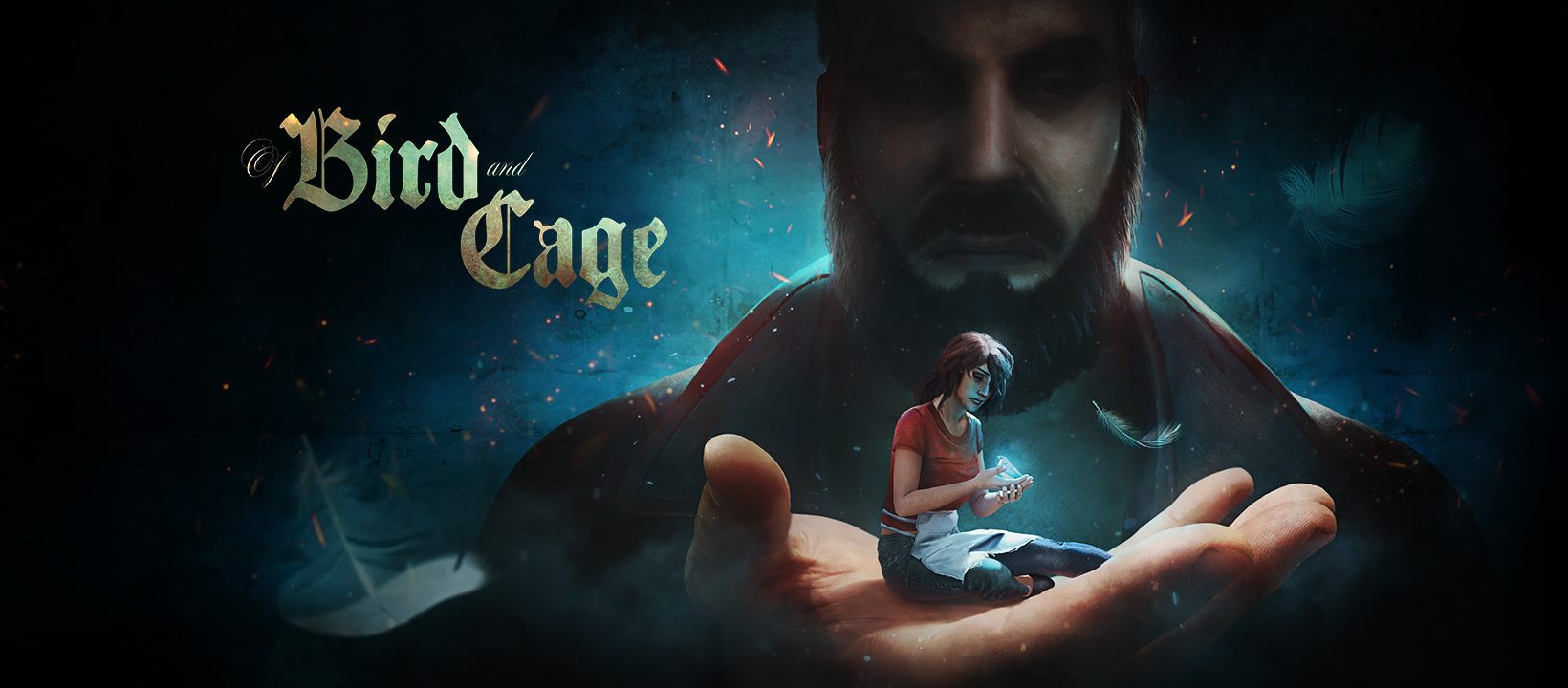
When I first heard about Of Bird And Cage I was intrigued; it positions itself as a game set to an album of talented rock and metal artists from around the world. And being someone who lived his pre-pandemic life in black band tees and mosh pits, I was eager to see if Of Bird And Cage would have me whipping up a circle pit in my tiny office.
At A Glance
| Scores | |
| Visuals | 5/10 |
| Sound | 8/10 |
| Gameplay | 4/10 |
| Overall | 5/10 |
| Positives | + High quality musical score |
| + Dark, emotional story | |
| + It’s a metal album first | |
| Negatives | – Gameplay too rushed |
| – Quicktime events unforgiving | |
| – Graphically average | |
| Launch Price | £11.39 |
| Our Playtime | 4 hours |
| Available On | PC |
Before I get to the musical side of things, let’s cover the rest of the game. Developed by Capricia Productions and published by All In! Games, Of Bird And Cage is a first person exploration game set in a bleak, drug fuelled world loosely based on Beauty And The Beast. *Slight Spoiler Alert* To my disappointment, and despite the abundance of drugs in the game, there was a severe lack of singing candlesticks.
To say that this game is dark is an understatement. Starting the game, I was introduced to a child and her mother and for a few moments – it was a happy scene, as the loving parent plays with a young Gitta in her room. This doesn’t last though, as her father bursts into the room and an argument between the two parents ensues, quickly escalating into violence. Looking at the scene unfold from Gitta’s point of view was distressing, as her childlike mind couldn’t comprehend what was taking place. Text formed around the walls of the room that showcased the thoughts of this young child, ranging from “Is it my fault” to “Oh they’re only playing”; the controls were locked and I was forced to watch and was completely unable to move to intervene. When I was finally given control, I rushed to help the mother as best as a young child could, but then the scene ends and, after a strange swirling intro, I rejoined Gitta twenty years later – she’s now a drug addict who moves from one abusive relationship to another, all while trying to get her music out into the world. Participating in an Open Mic in her local dive bar, she bumps into a mysterious man who instantly has a hold on her, and while she feels she’s found her saviour, she couldn’t be more wrong. Gitta soon realises that the game is based on the original Gabrielle-Suzanne Barbot de Villeneuve tale of Beauty and the Beast, rather than the alternative colourful Disney film people will be accustomed to.
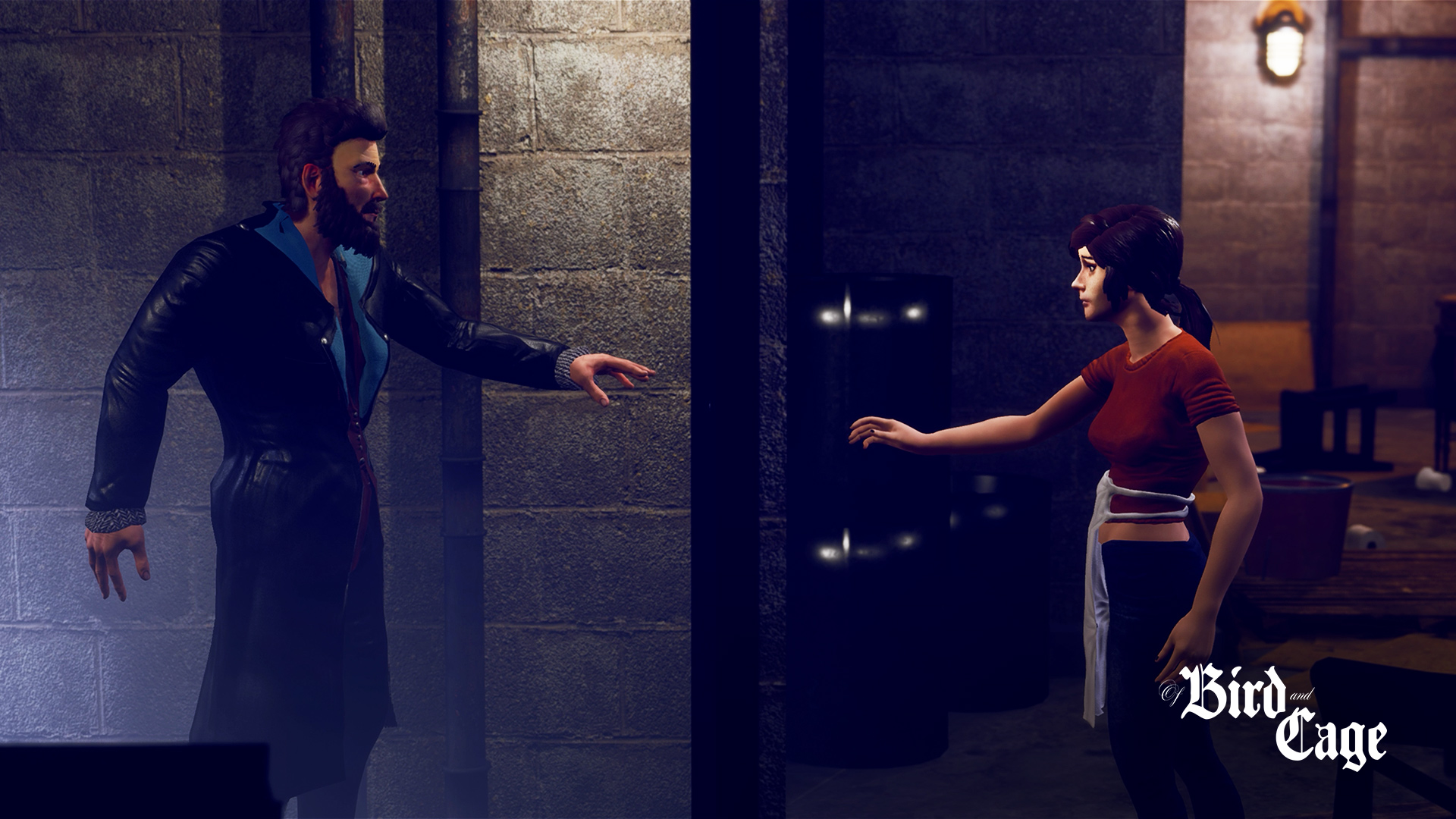
Of Bird And Cage certainly stirs up all kinds of emotions throughout it’s short two hour runtime, and the plot genuinely took me on a journey into darkness. I expected something dark, but Capricia Productions have certainly provided a raw look into the brutality of humanity. There are multiple endings to unlock and, considering Gitta’s lifestyle, there are only so many logical outcomes to be found, but trying to find the all-singing Disney ending does provide some longevity and replayability.
On the gameplay side, Of Bird And Cage is presented as a first person exploration narrative where completing tasks such as talking to a person, or finding certain objects, unlocks the next part of the story. The plot is linked to each one of the game’s music tracks which means you only have a certain time limit to explore; it’s an interesting approach, but the implementation comes with some mixed results. Seven minutes to explore the map as a song plays, while doing everything possible to try to unlock the ‘best’ ending is certainly an admirable decision but it really just left me feeling like I rushed through the level, and this isn’t helped by the game’s lack of direction either. Early on in the game I found myself in a hallway where I simply had to make my way to the lift, except I wasn’t given any indication this was the case and I ended up getting heaved down a hallway by my dealer turned boyfriend for taking the last of his stash.
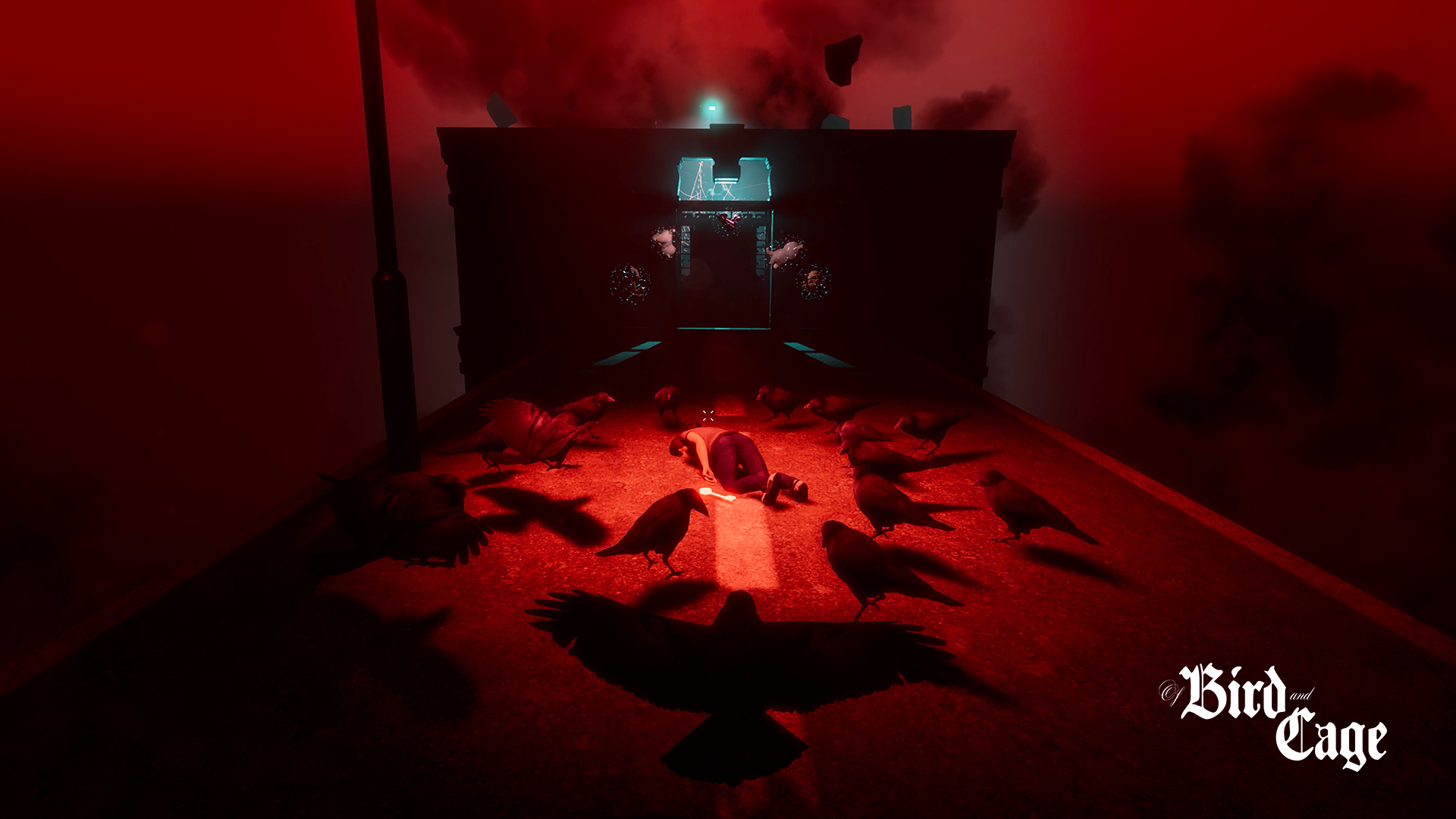
Also fighting against me were the quick time events that peppered each level. When they do pop up it’s a case of mashing or holding the button shown on screen until they’ve been beaten. As they’re built into the level, and therefore the music, they require lightning fast reflexes to correctly pass them. Much like the lack of direction on what to do, there are no warnings when an event is about to start – it just happens and you deal with it. This means they are needlessly challenging and they often feel like a way to choose what object Gitta will be thrown through next – would it be a table, or perhaps a window? That said,there were occasions, such as trying to down three shots at the bar, where the success or failure resulted in a change in how the scene played out that almost justified them being part of the game. Almost.
Getting the design of any game right is a tough ask, and Of Bird And Cage is very ambitious in trying to achieve a videogame that follows music. The bones of a good game are certainly there, but the execution of trying to cram large environments and quick time events into a time-limited scope did feel disjointed. It was all either too rushed or lacking direction on what to do next. And there are occasions where the event was over before it even began; in one combat section where I had to defend against an attacker, the bout was over before I even had a chance to throw a punch. This was likely down to a glitch, as I spent far too long exploring the environment and the scene ending when the song did, however it still felt unfair.
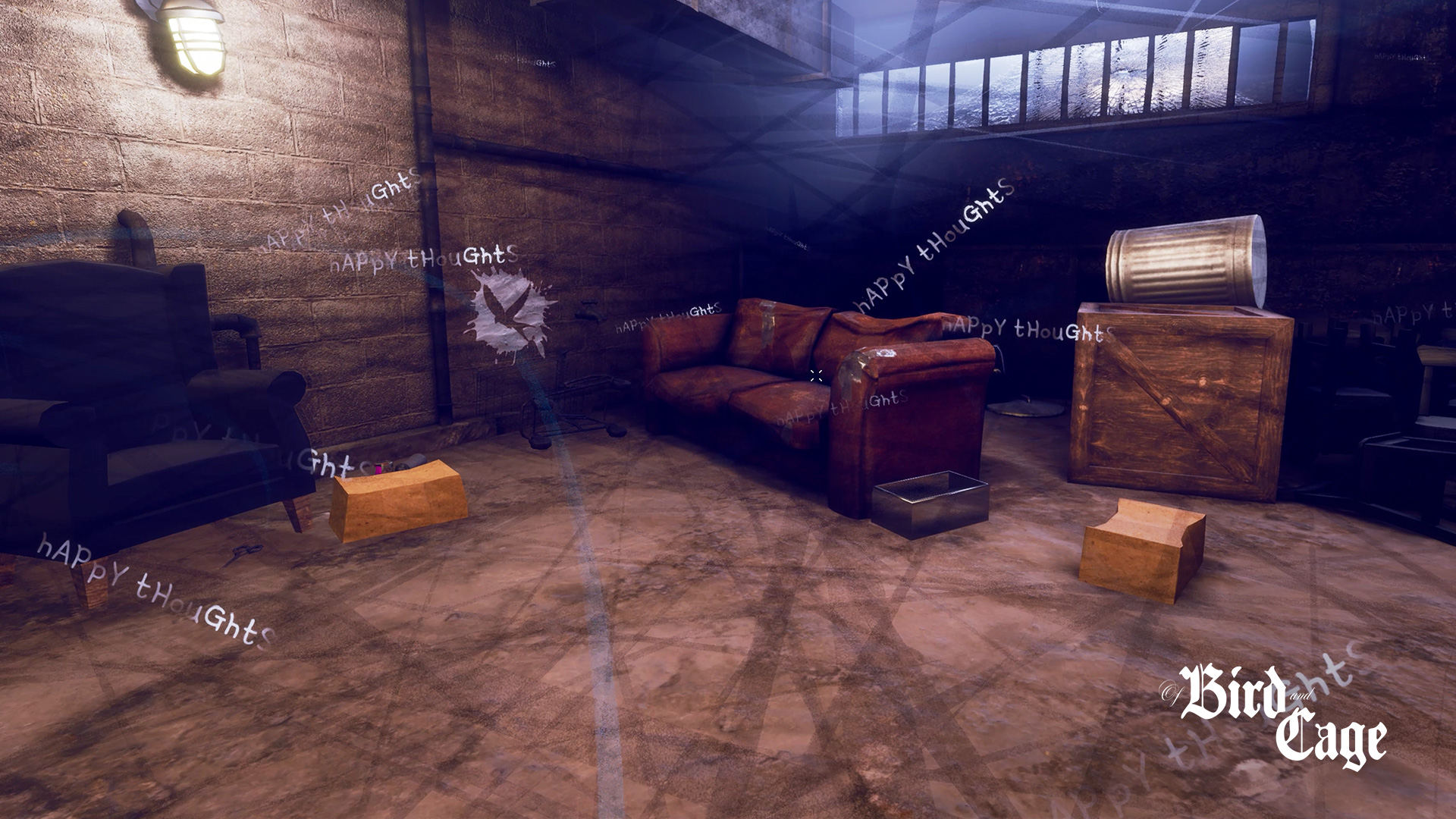
When it comes to how Of Bird And Cage looks graphically, the visuals certainly serve a purpose. That’s not to say they’re bad, but if they were in a band, they would be the bassist in the back; good but missing the energetic frontman persona. Generally, the bassist keeps the tempo, and while Gitta is drugged up, appearances are normal, but as the chemicals start to dissipate things begin to get interesting. Gitta starts to hallucinate, with her projection of peoples thoughts scrawling out on the screen before her world goes up in flames. It’s a clever mechanic that reminded me of how Eternal Darkness screwed with the screen if I took too much damage, but much like the elusive bass solo, it was sparsely implemented.
Much like how people go to see Megadeth for Dave Mustaine, the enjoyment derived from Of Bird And Cage rests solely on the music and it certainly takes front and centre here. The gameplay, visuals, and plot are like the backing band – they serve a purpose and have their own chances to shine, but you want to see the front man perform. And so it’s safe to say if the soundtrack doesn’t click, then the rest of the game won’t either. With artists from bands such as Epica, Asking Alexandria, and Within Temptation, the style of the album is firmly in the gothic, storytelling genre of metal, with splashes of hard and prog-rock thrown in for good measure. I will say that at no point did I want to skip any of the music as the game played out even if it wasn’t exactly the brand of metal that I usually enjoy. Vocals were varied, with male and female artists singing, growling, and occasionally screaming over ripping guitars. A prime example is the track The Time Has Come, which reminded me of something Cradle of Filth might put out. There’s nothing wrong with this in my opinion, but screeching vocals aren’t to everyone’s taste, and with the album being available across streaming services, it serves as a ‘try before you buy’ for anyone who might be on the fence.
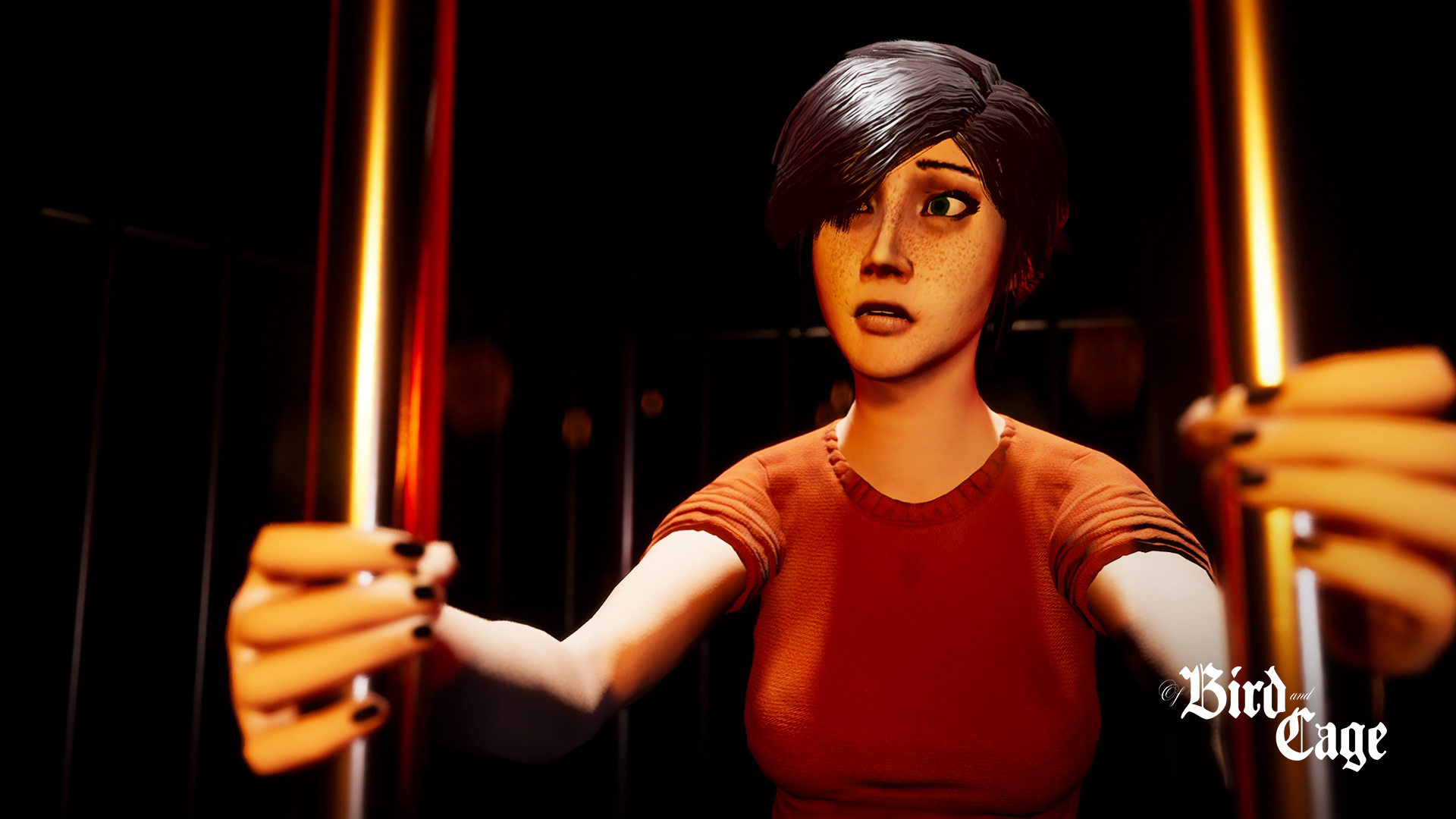
This proved helpful to me for this review. As Drew and I share similar tastes in music, I provided him with the link to the soundtrack and told him to listen and see what he thought without playing the game. It’s remarkable how close his notes came to marrying up the events in the game and the foreboding nature of the story without experiencing it for himself. That just goes to show how well the soundtrack is written and is a testament to all of the musicians who worked on the album.
Of Bird And Cage is a great concept for a videogame; real care and attention has been taken to produce a quality metal album that tells a story that provokes an emotional response. With a two hour run time and multiple endings, there is scope for replayability, but as the focus has been squarely put against the soundtrack, other areas suffer. Visually Of Bird And Cage does the job, but the gameplay elements felt rushed, and the lack of direction severely hampered my enjoyment. With all of the faults with gameplay and average visuals, it’s hard to recommend the complete backstage package. The soundtrack certainly does all of the heavy lifting and it feels like the score is the Slash to the gameplays Guns N’ Roses; the whole package is fine, but it’s clear there’s one star who can always shine alone.
In the interest of full disclosure, the publisher provided VGamingNews with a copy of the game in order to conduct this review.
Forgotten Fields

Forgotten Fields is the new narrative driven game from Frostwood Interactive. You play as Sid, a writer who is struggling to come up with an idea for his second novel. With his inspiration drawing a blank and the deadline fast approaching, he takes the only logical step he can… Sacking off the assignment until the very last minute as he’s called back to his family home.
At A Glance
| Visuals | 7/ 10 |
| Sound | 8/ 10 |
| Gameplay | 4/ 10 |
| Overall | 6/ 10 |
| Positives | + Engrossing story |
| + In depth characters | |
| + Fantastic settings | |
| Negatives | – Gameplay is a little basic |
| – Technical Issues severely hamper the experience | |
| – Controls are nothing to write home about |
Forgotten Fields draws similarities to games like Everybody’s Gone To The Rapture and What Remains of Edith Finch. In short, a game that is light on gameplay and heavy on the narrative that will last you the best part of an afternoon. What little gameplay we do have isn’t anything to write home about. Presented as a point-and-click-cum-walking simulator, you move Sid from one person or object to another. It serves a purpose but does not inspire any feelings of joy.
But then it’s worth remembering that Forgotten Fields is a narrative driven game and I’m pleased to report that Frostwood Interactive absolutely delivers in this respect. I fell in love with the plot and characters straightaway;there were moments that made me think I wasn’t playing as Sid, rather we were learning the game’s morals together. Heck, we even shared the same sentiment towards music right down to the year.
The Indian state of Goa is the main inspiration for the Forgotten Fields– unfortunately one similarity that Sid and I do not share. The tropical beaches and rural living is an idyllic setting and would certainly inspire me to do anything I needed to! At certain points in the game, you’re transported to the world Sid is trying to create. His character is re-enacting the story he is uncovering, albeit in a fantasy setting. These sections were enjoyable and added length to Forgotten Fields without it feeling forced, and broke up the sunny beach scenes with deep and rich forests. For the most part, the graphical direction of Forgotten Fields compliments the story telling but it’s not all sunshine and smooth sailing.
There is one major problem with Forgotten Fields, how the game ran. On more than one occasion I came across glitches that had me sticking through a sofa, or not walking down a staircase during an escape scene. The worst problem I encountered was when Sid wanted to go off for a swim.- the game takes you into a first-person mode where I could only go in one direction.
I do acknowledge this review is a pre-release version of the game – in fact, fixes dropped a couple of times throughout my playthrough and I have every confidence that Frostwood Interactive will fix these issues going forward. It’s just unfortunate that I can only base my opinions on what I experienced and the issues did detract from the game significantly.
Forgotten Fields is a corker of a game. The beautiful story takes you on a sizable journey despite the short run time; it had me engrossed and packed a punch on more than one occasion. The choices made at key moments in the game felt meaningful for both Sid’s life as well as my own. Regrettably, the technical limitations hold the game back in a significant way and keep Frostwood Interactive from realising their vision for the game. When these issues are fixed, and I’m sure they will be, I would have no problem increasing the score to something Sid would be more proud of.
In the interest of full disclosure, the publisher provided VGamingNews with a copy of the game in order to conduct this review.
Magic Twins

In terms of ridiculous premise for a video game, Magic Twins is up there. Abra & Cadabra, our kawaii heroines are dying their clothes using magic, naturally. Things go awry quickly and our twins make a real mess of things. Their cauldron teaches the basics of the game before skedaddling off into the sunset. It’s up to you to clean up the mess. From this relatively short introduction, the developer Flying Beast Labs throws you into the world of Magic Twins.
At A Glance
| Visuals | 9/ 10 |
| Sound | 8/ 10 |
| Gameplay | 8/ 10 |
| Overall | 8/ 10 |
| Positives | + Cute and charming
+ Addictive gameplay + Varied levels |
| Negatives | – Lack of online multiplayer
– Difficulty curve on single player – Who uses magic to dye clothes |
Magic Twins is a puzzle game set on a fictionalised island of Mallorca which is broken into six worlds containing various levels. Each area has different challenges to be undertaken. When you select one of the levels you’re taken to where the *ahem* magic happens.
You’re presented with a board split into two sections. Abra takes the left, Cadabra is on the right. Enemies spawn in the middle and creep closer to you. Clearing each stage isn’t always as simple as beating all enemies on screen. Magic Twins offers a set of rules for completing stages. These might include destroying all enemies, but could also be surviving for an amount of time or casting a spell a certain number of times. If the win conditions are met then you’re rewarded with a star. Bonus stars are also awarded by completing secondary missions.
These stars help you progress through the game and unlock extras such as challenging bonus levels or new outfits. Thankfully, Magic Twins isn’t one of those puzzlers that falls into the trap of relying too heavily on one type of win scenario. The game regularly mixes up the challenges and keeps throwing up surprises until the credits roll. Failing each level is your standard video game trope – if the baddies make it to your barrier, you’ll take a hit, three hits and the level is over. Taking out the enemies requires one of the twins to cast a spell that matches the colour of the enemy.
Casting a spell is easy enough, just push the corresponding face button on your controller, or keyboard. This may seem easy enough but unless you’re an accomplished touch typer or have your A,B,X,Y positioning down to a tee, you’re going to struggle. There were a few times, where under pressure, I’d mispress and I’d take damage. If you struggle with colours, there’s a handy option in the menu with a variety of accessibility features to help you out. This was a really nice touch.
Along the way, you’ll collect the reminisce of some enemies. Collecting four blobs of goop will allow you to cast a larger spell that affects the game board. Some missions require this in order to complete the board. Once you’ve collected enough of the goo, simply pull the left trigger (or press the corresponding key) and watch the magic happen. If you’re playing the game solo, you also have the added ability to swap between Abra & Cadabra to take over their side of the board.
Penned as either a one or two player experience, Magic Twins is best played as a twosome. I felt bad leaving either Abra or Cadabra as a grey, lifeless AI helper in solo play. Not only that but the computer player is rubbish in the later levels as they cannot cope with more than four monsters on the board at one time. This means swapping between the two characters is a must. If you rely on one character doing everything early on in the game, you’re going to get stuck.
In two player mode however, the feel of the game changes substantially. You can simply concentrate on your side of the playing field, and if you could get in sync with your teammate then the hours will just fly by. One big omission is that the players have to be in the same room. Magic Twins is local play only, although Steam’s remote play does mitigate this, you have to arrange a time with your buddies to play. It’s understandable that online play would be a bit difficult, especially since fast reactions are needed in later levels and you can’t always rely on an internet connection, however with the current climate, it could have been nice.
You may have noticed through the screenshots we’ve peppered throughout this review, the game is undeniably cute. The Kawaii stylings are shot through everything from Abra & Cadabra, to the cauldron, even the enemies are cute in their own little way. It reminded me of the dinosaurs from Bubble Bobble. Accompanying the cute visuals comes the character voices. Everyone that is voiced speaks nonsensically. The cauldron in particular has a voice that sounds like Beedle from The Legend of Zelda. That is, if Beedle was sitting on a washing machine that was spinning vigorously. It was funny at first but as the game progressed, the voices just started to irk. Thankfully, there’s not so much of the “talking”.
What saved my ears was the soundtrack. Magic Twins incorporates all of your typical halloween esq sounds; howls, cackles, the sounds of magic et al and puts them in front of a bouncy backing track. Each level I was delighted with the music. I’ve started humming sections of the soundtrack much to the annoyance of my cats.
Magic Twins is a fun and cute arcade puzzle game. You might be eased in but the challenge soon ramps up, especially in solo mode. Playing with a buddy however took the experience to another level. I can’t stress enough that teaming up with a friend is an absolute must. Puzzles become more fun and there’s a sense of achievement when you both work together to clear a stage. It’s a shame there isn’t an online mode for virtual team ups but the charm of Abra and Cadabra always seemed to pull me back for one more go, no matter how difficult the game became.
In the interest of full disclosure, the publisher provided VGamingNews with a copy of the game in order to conduct this review.


